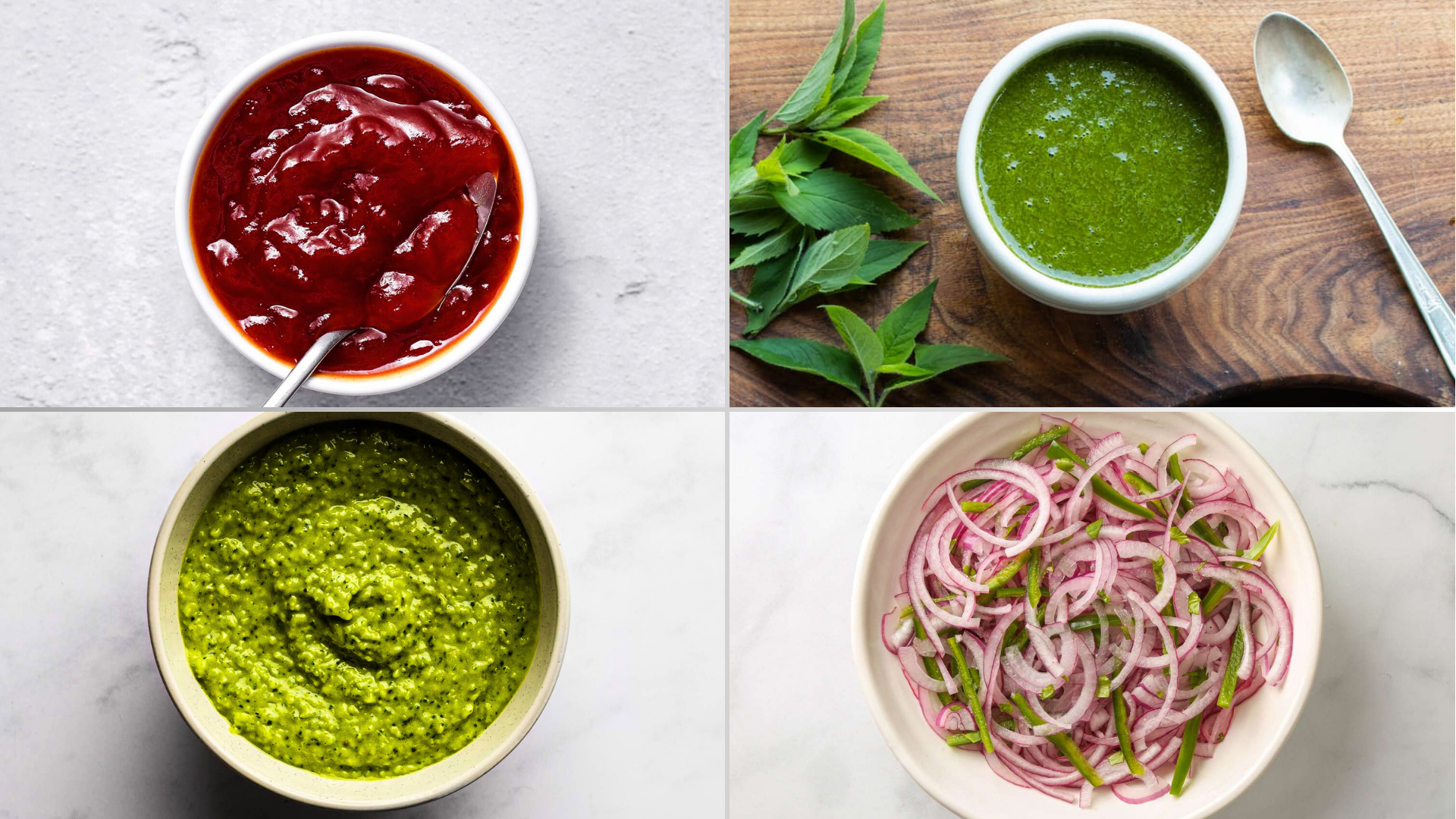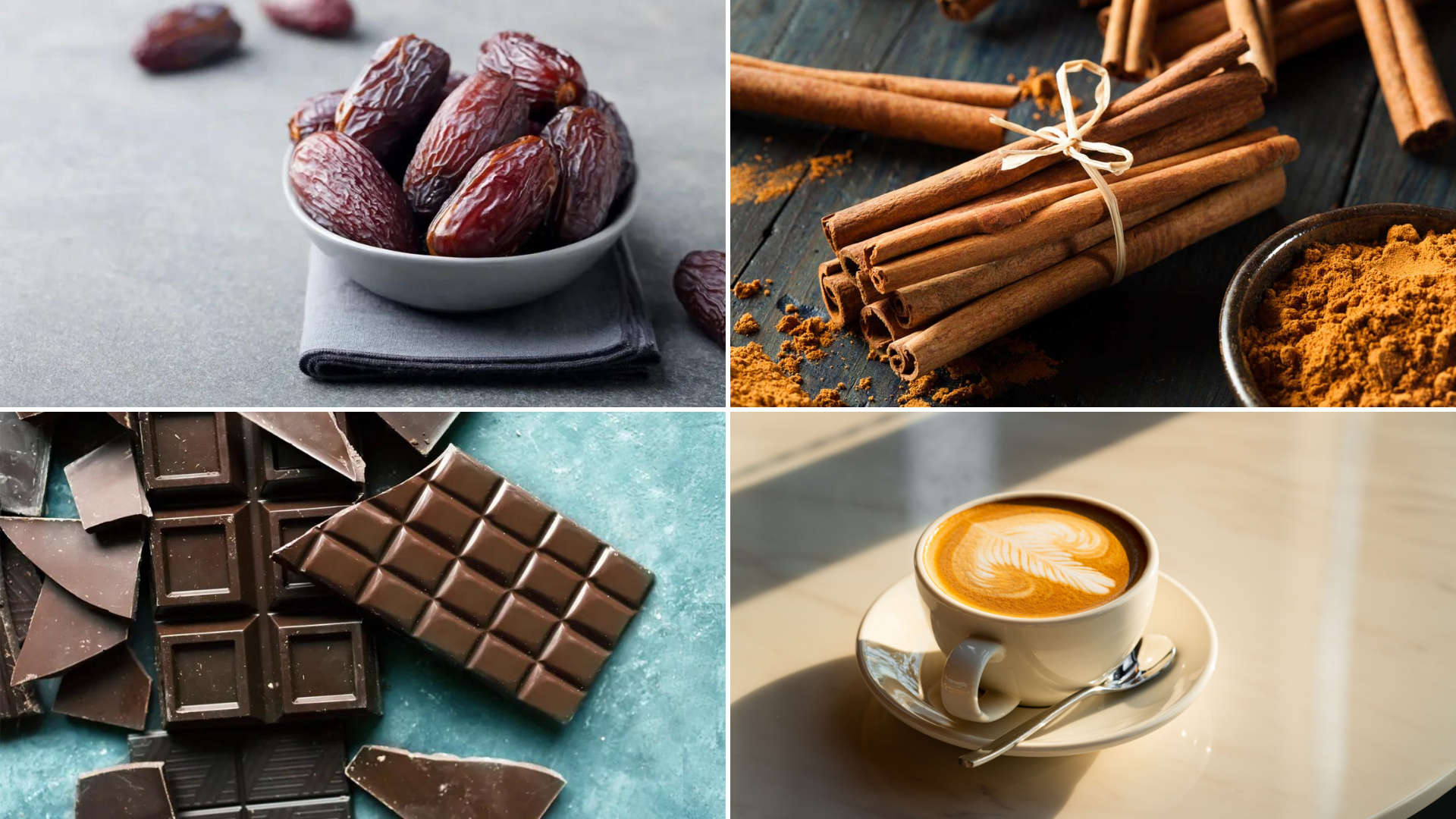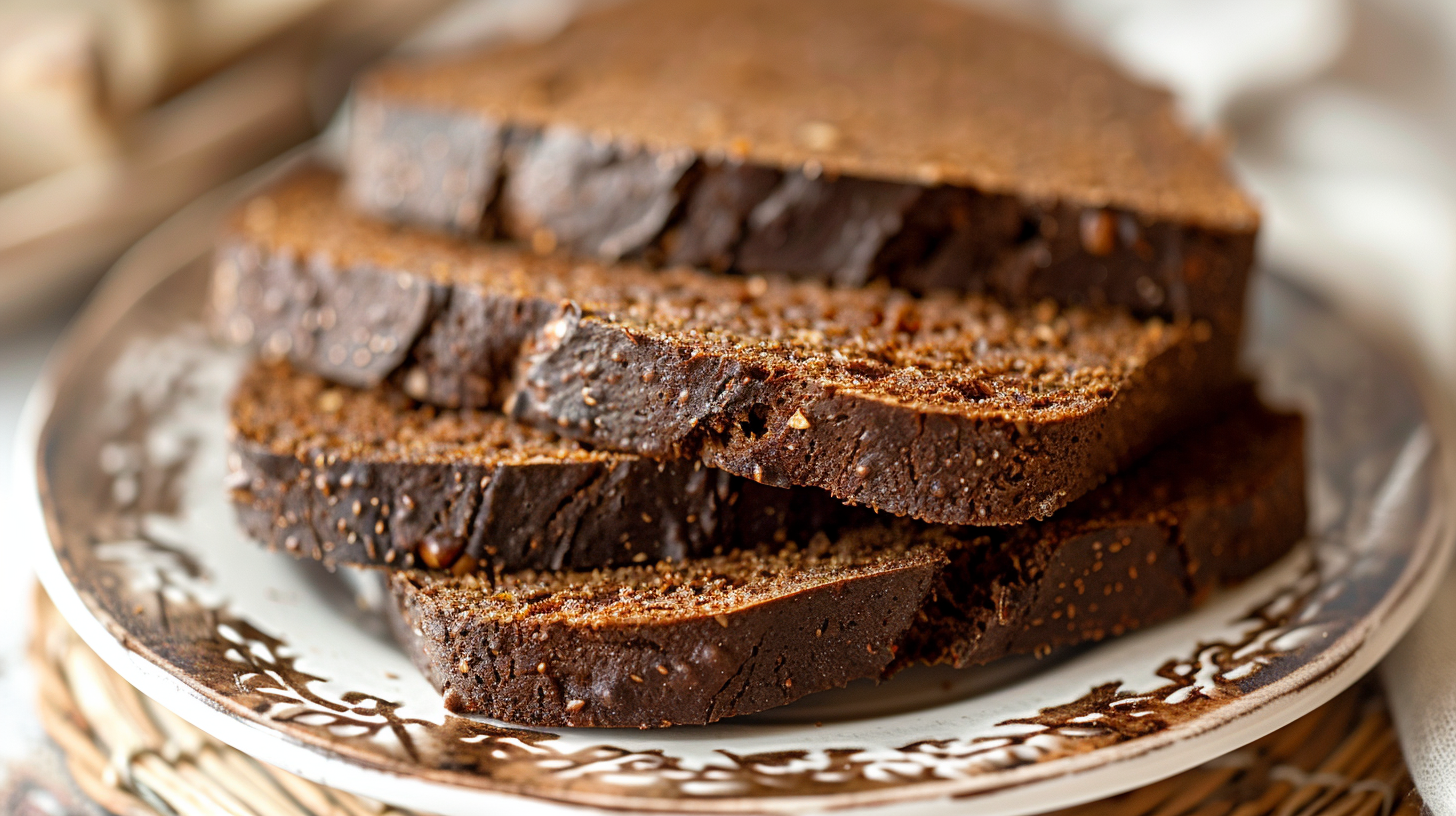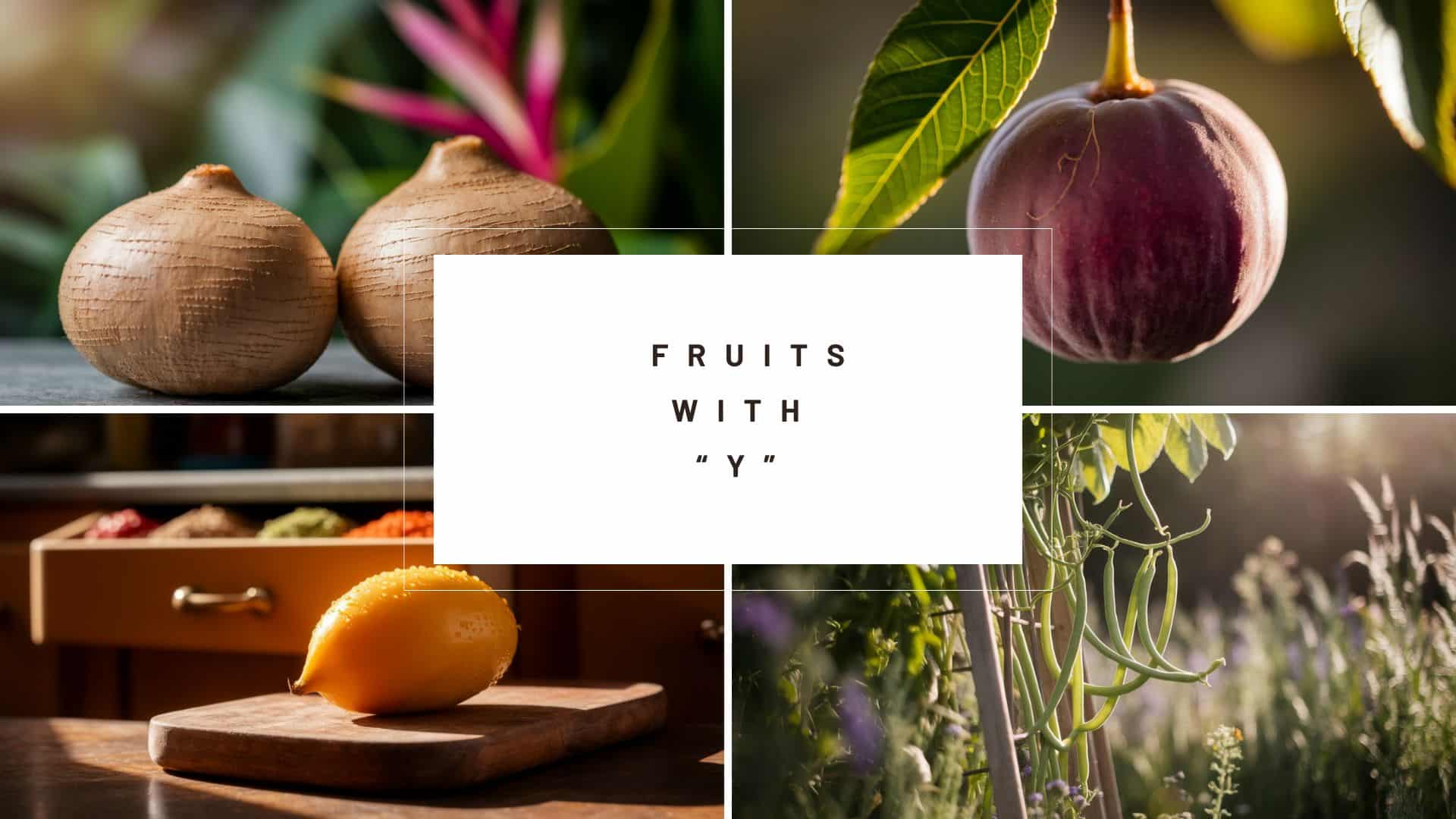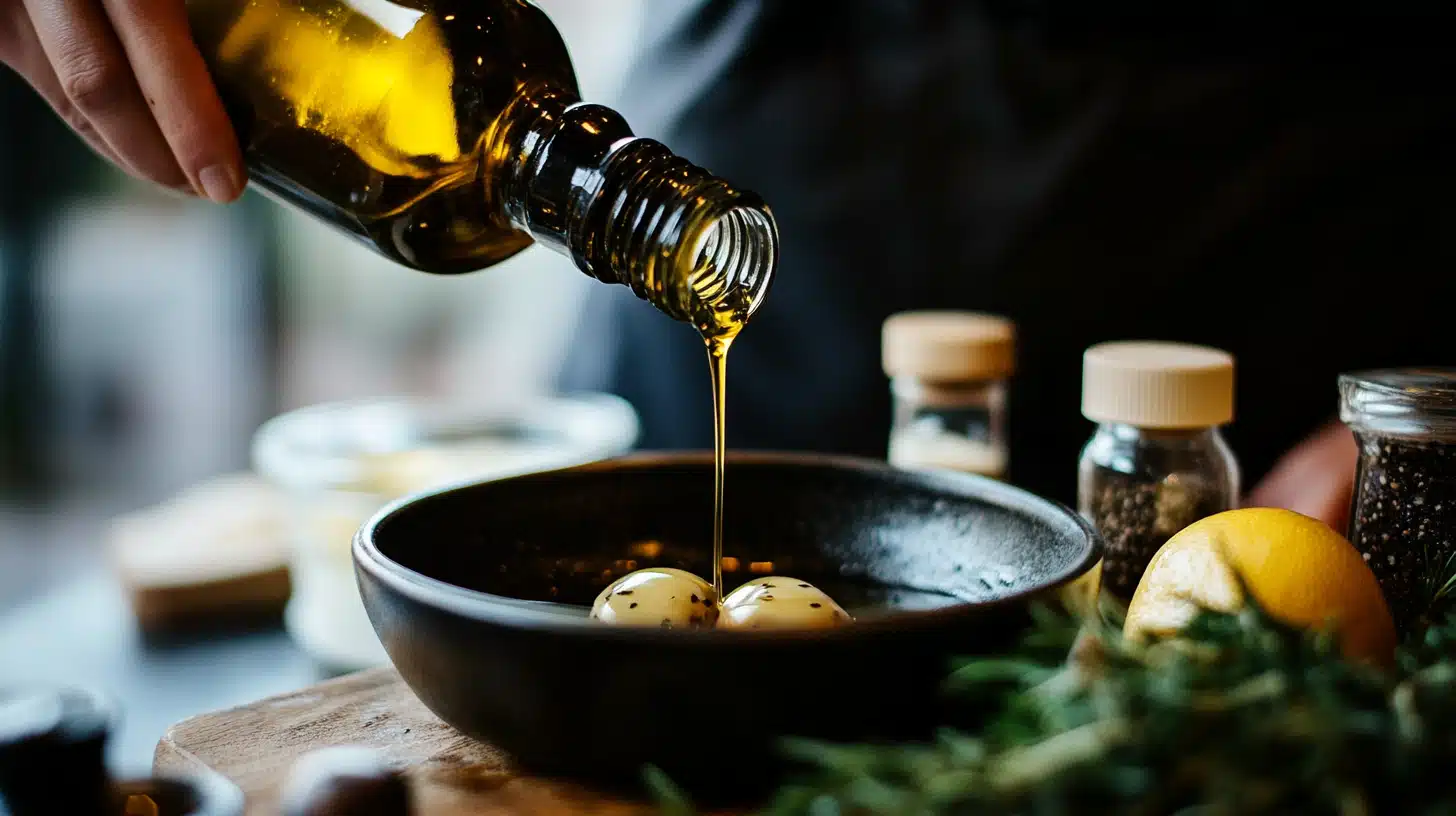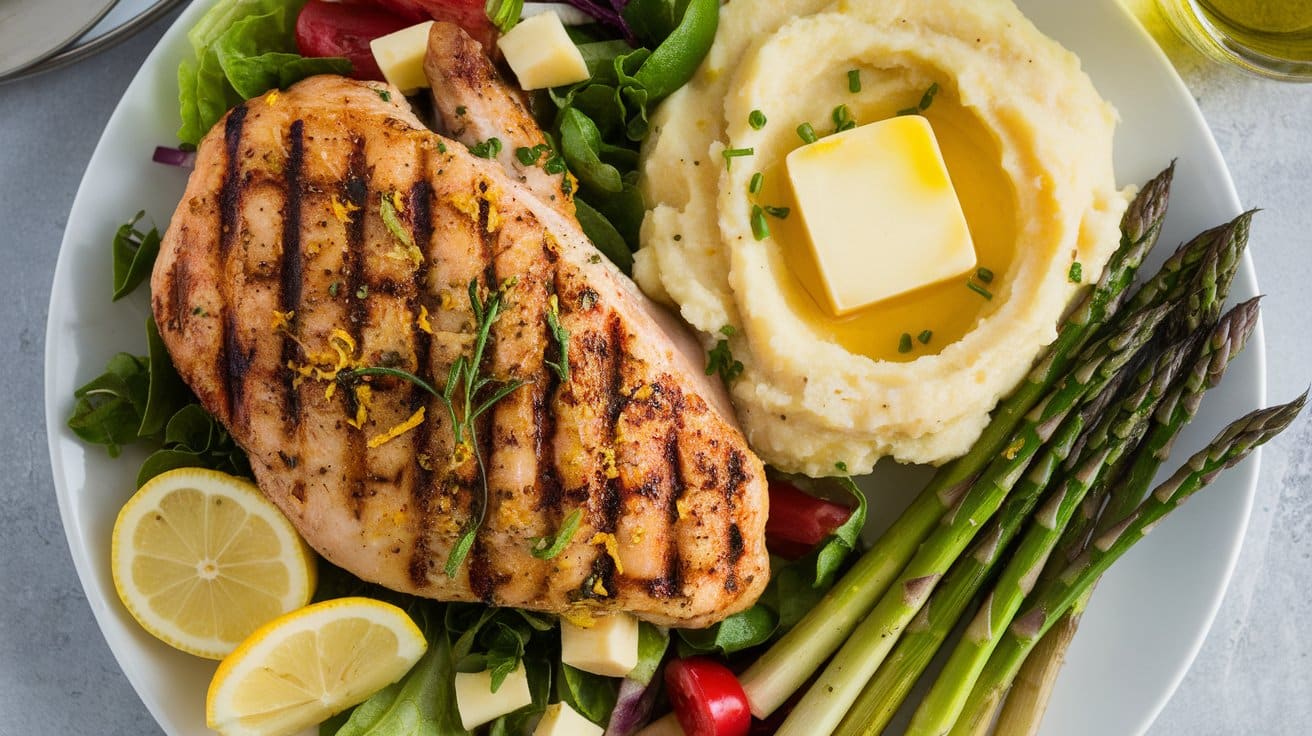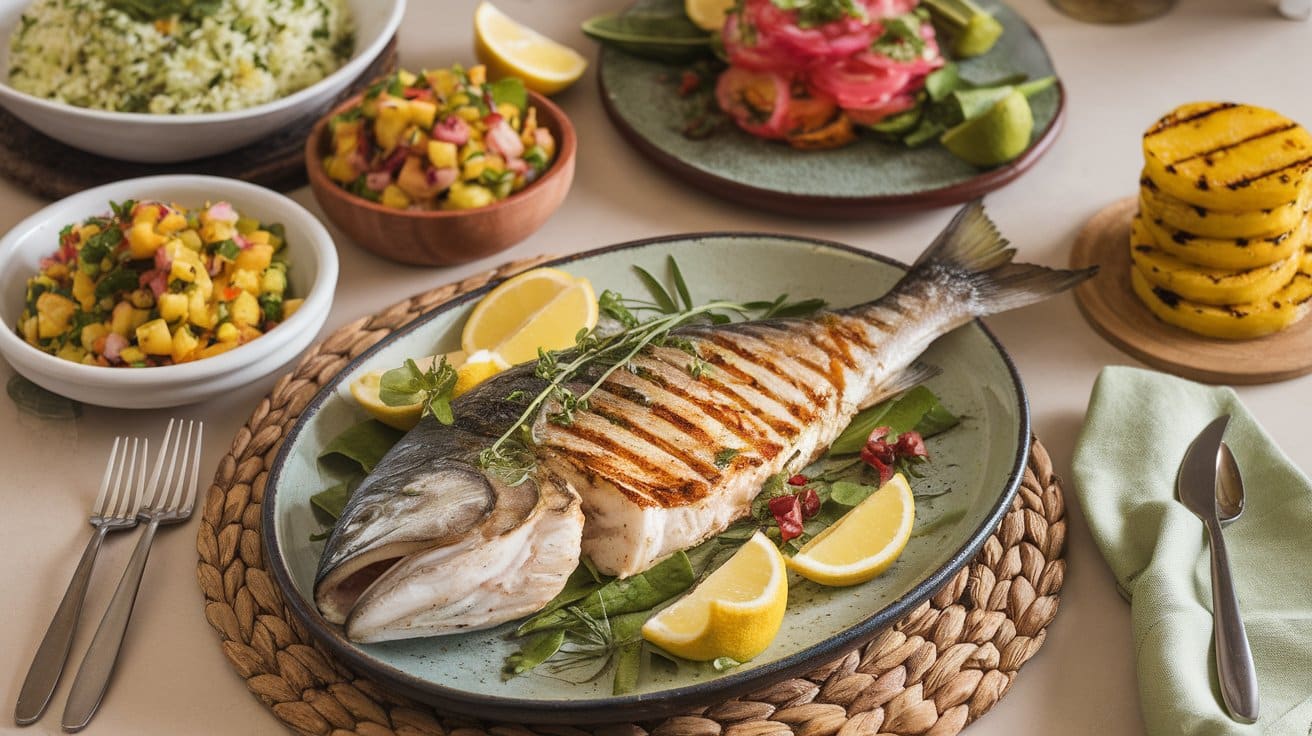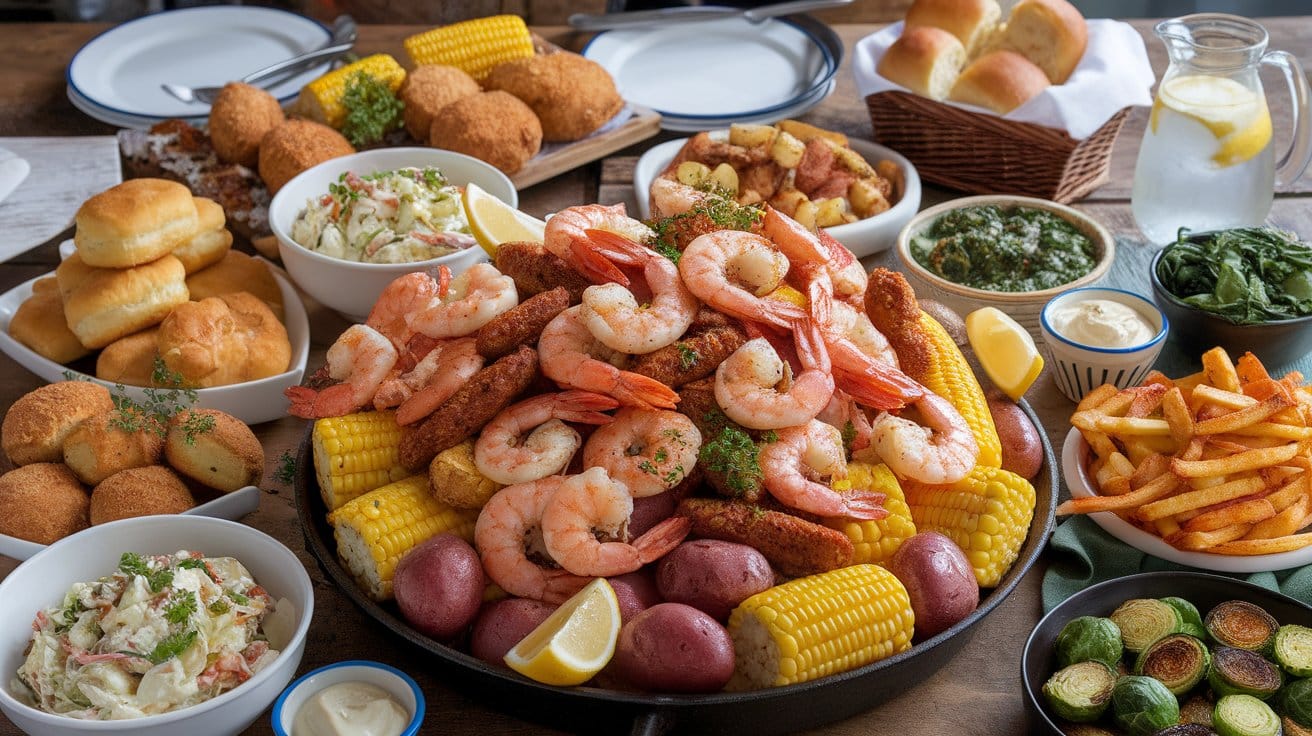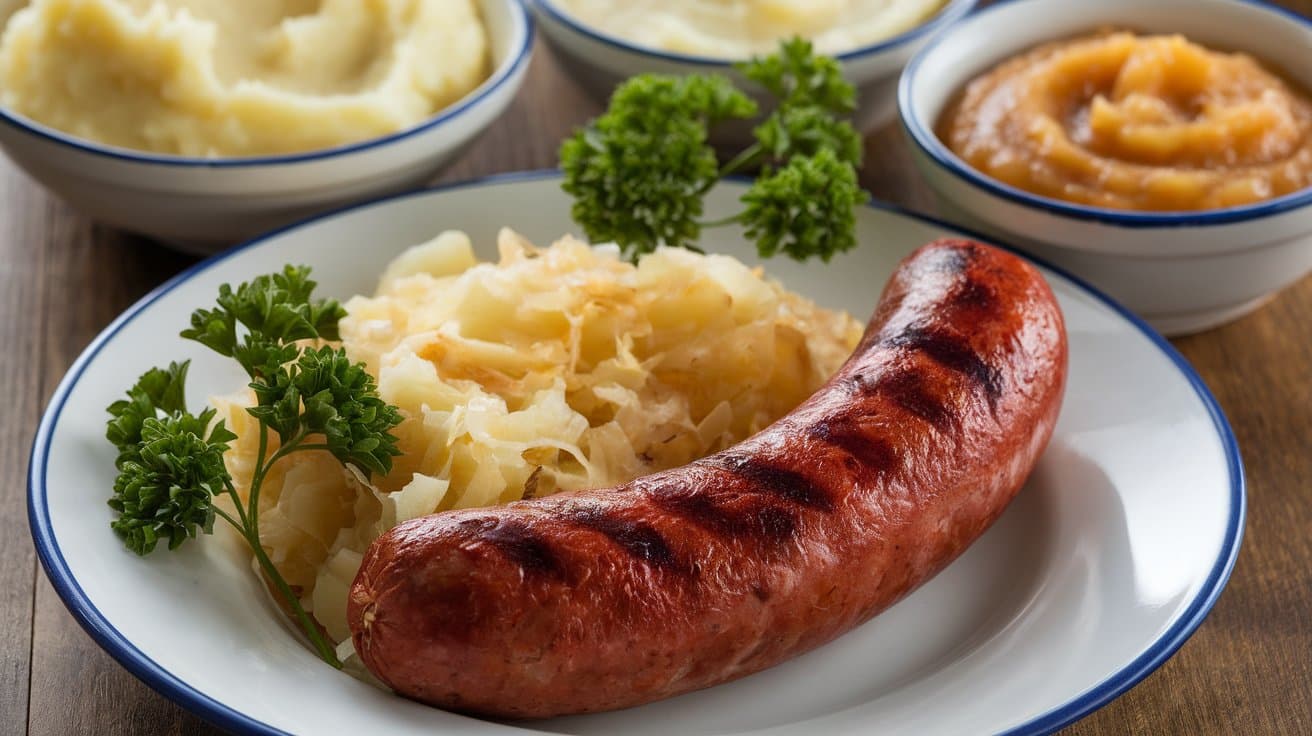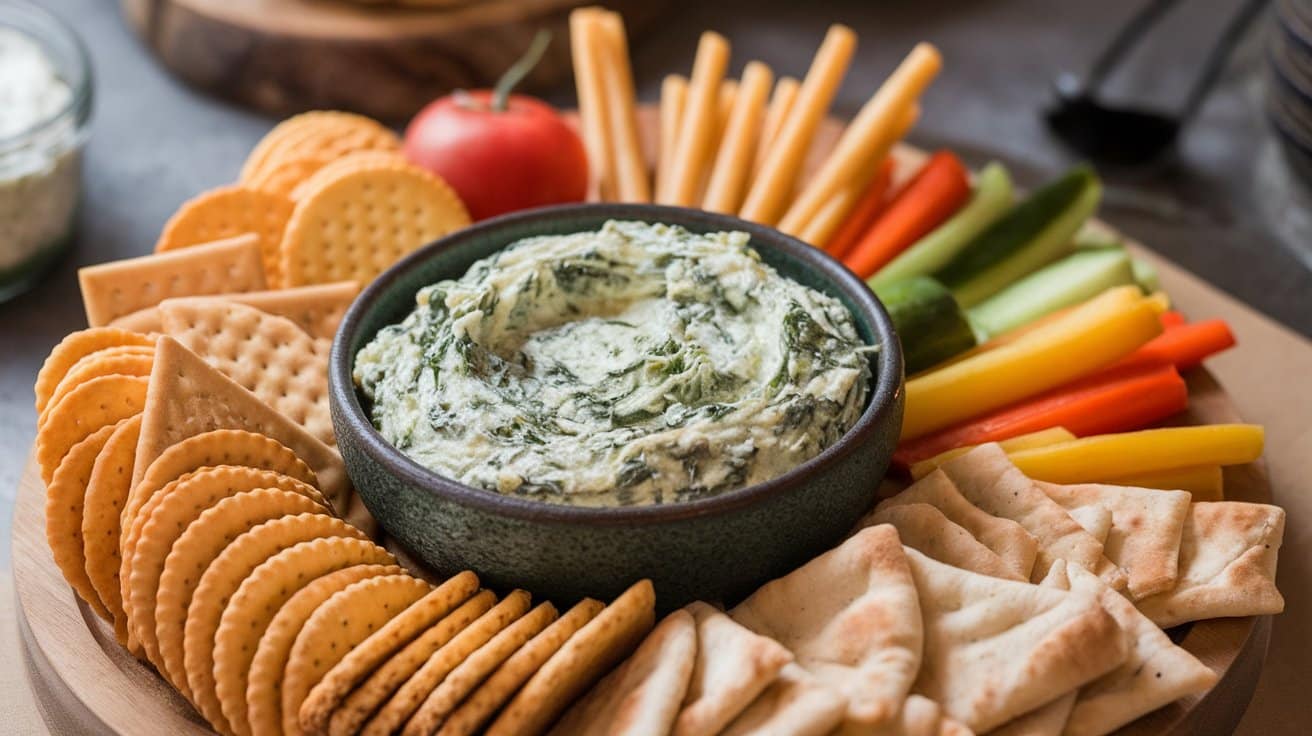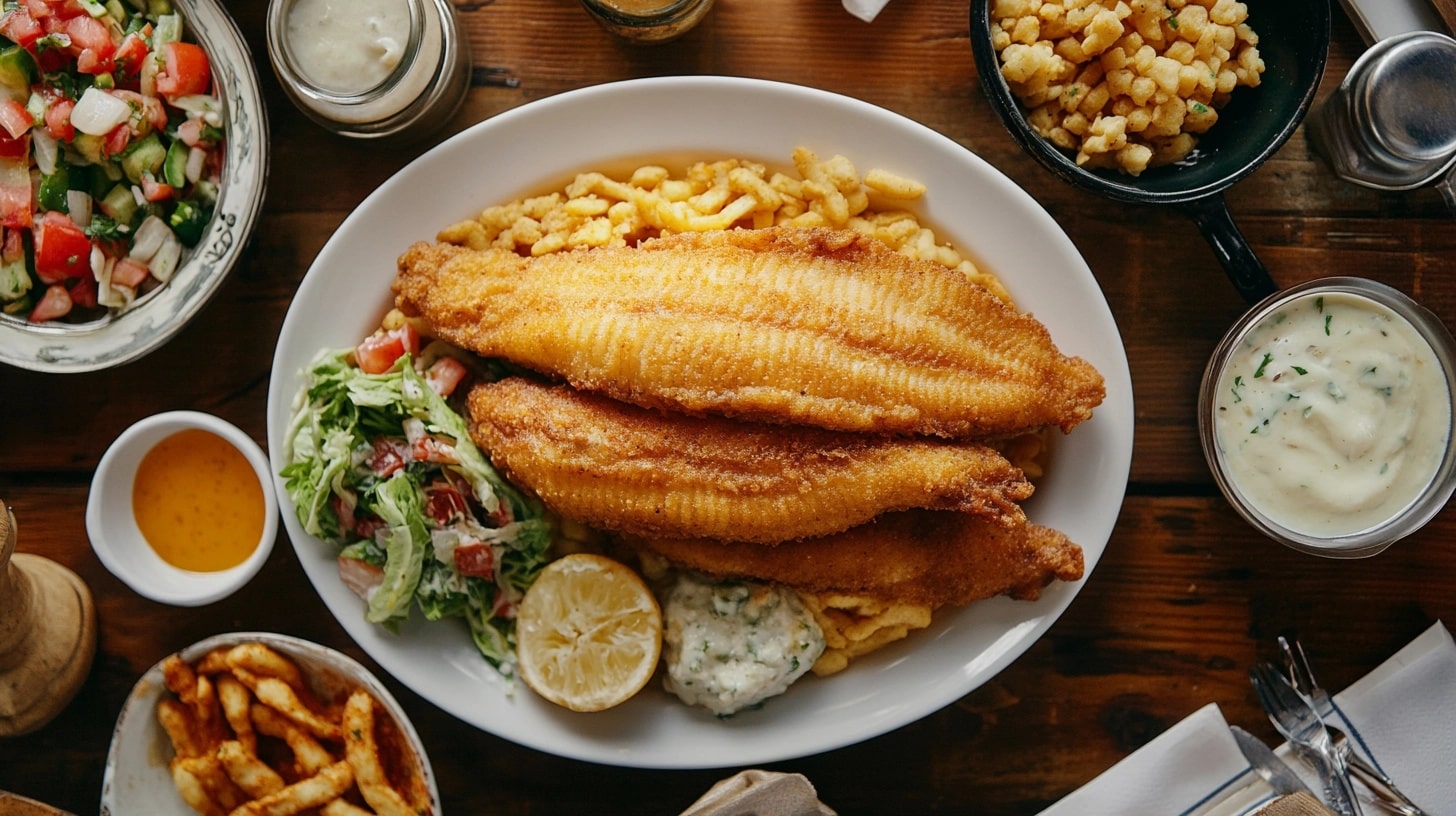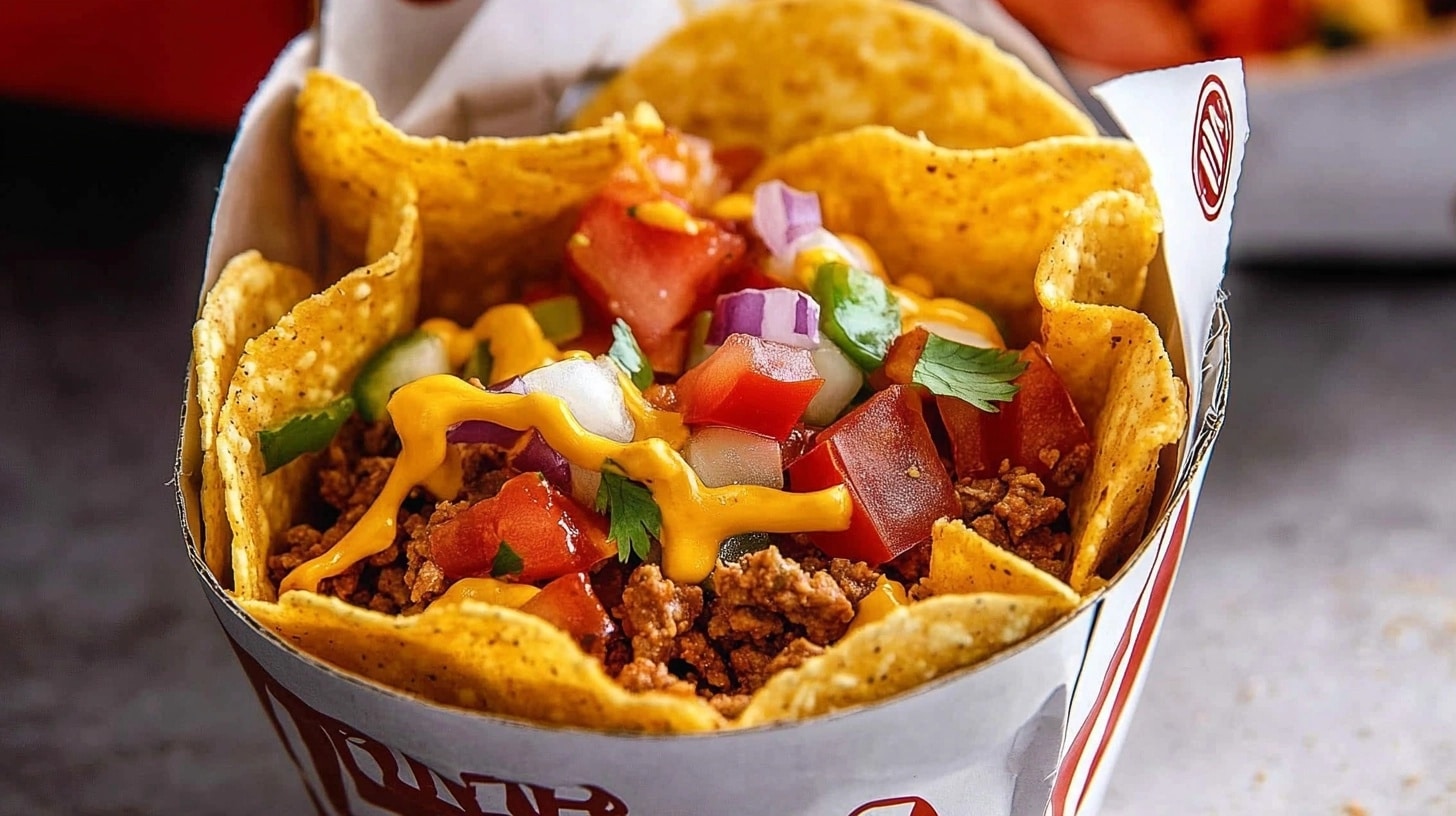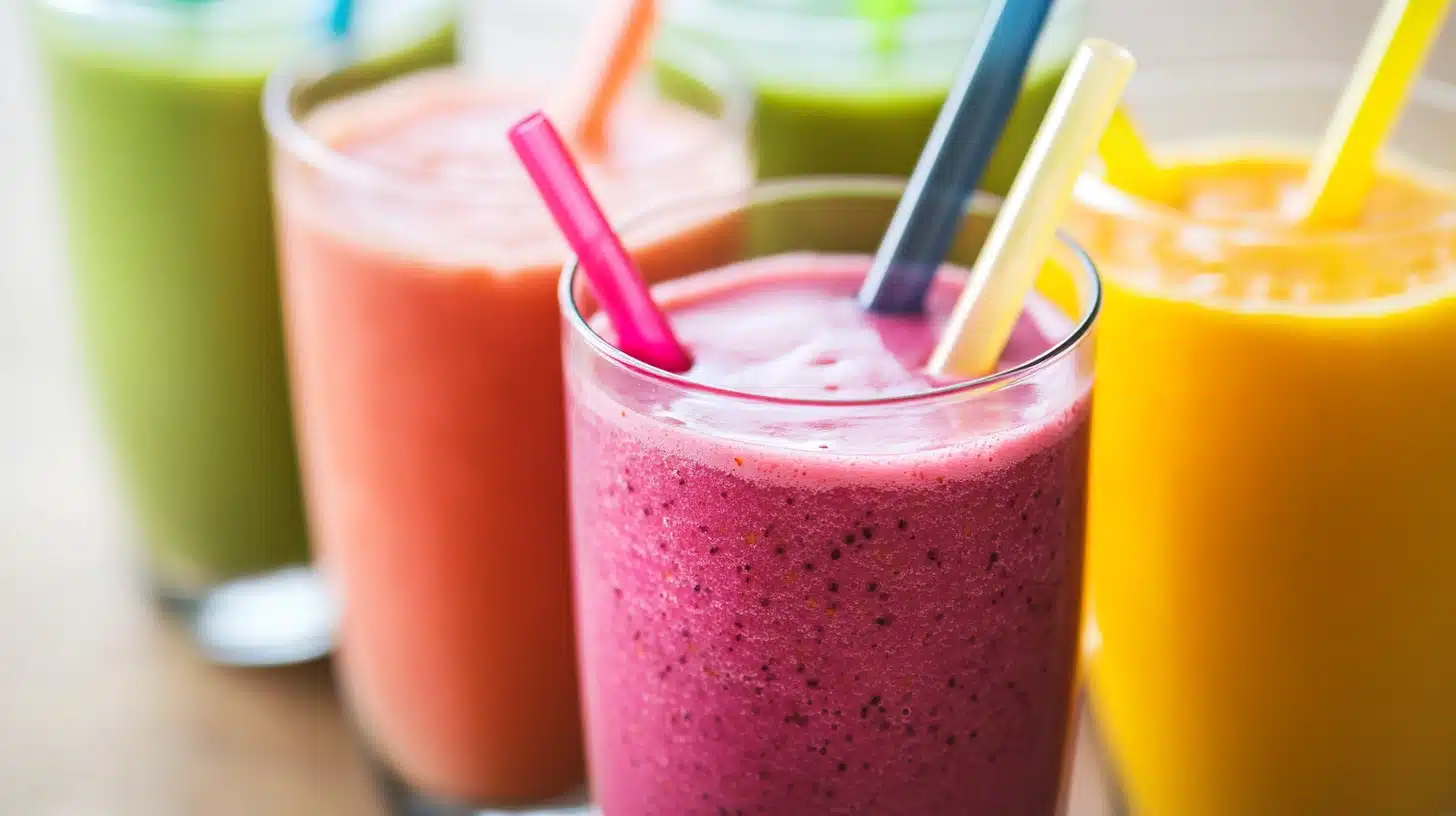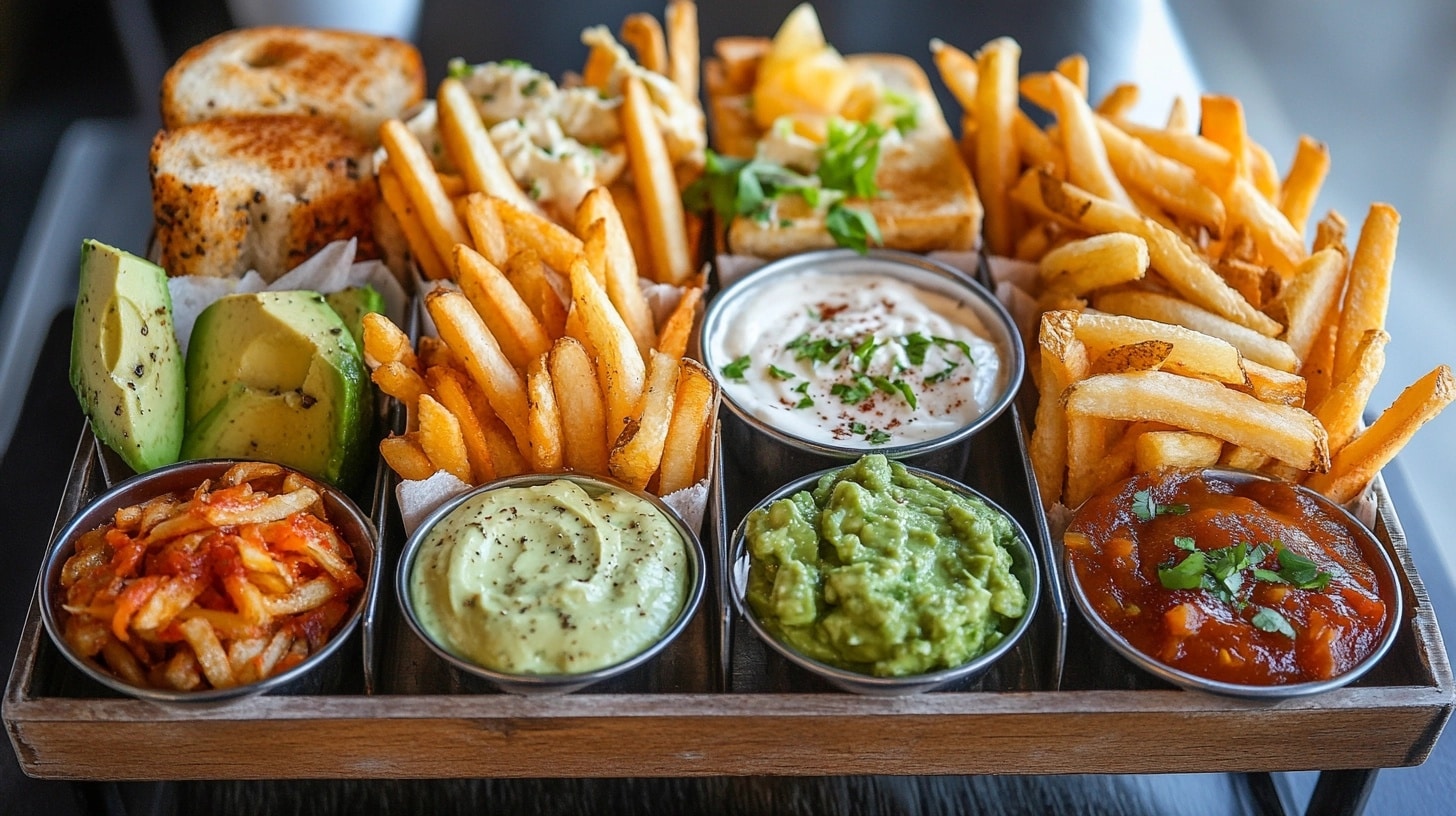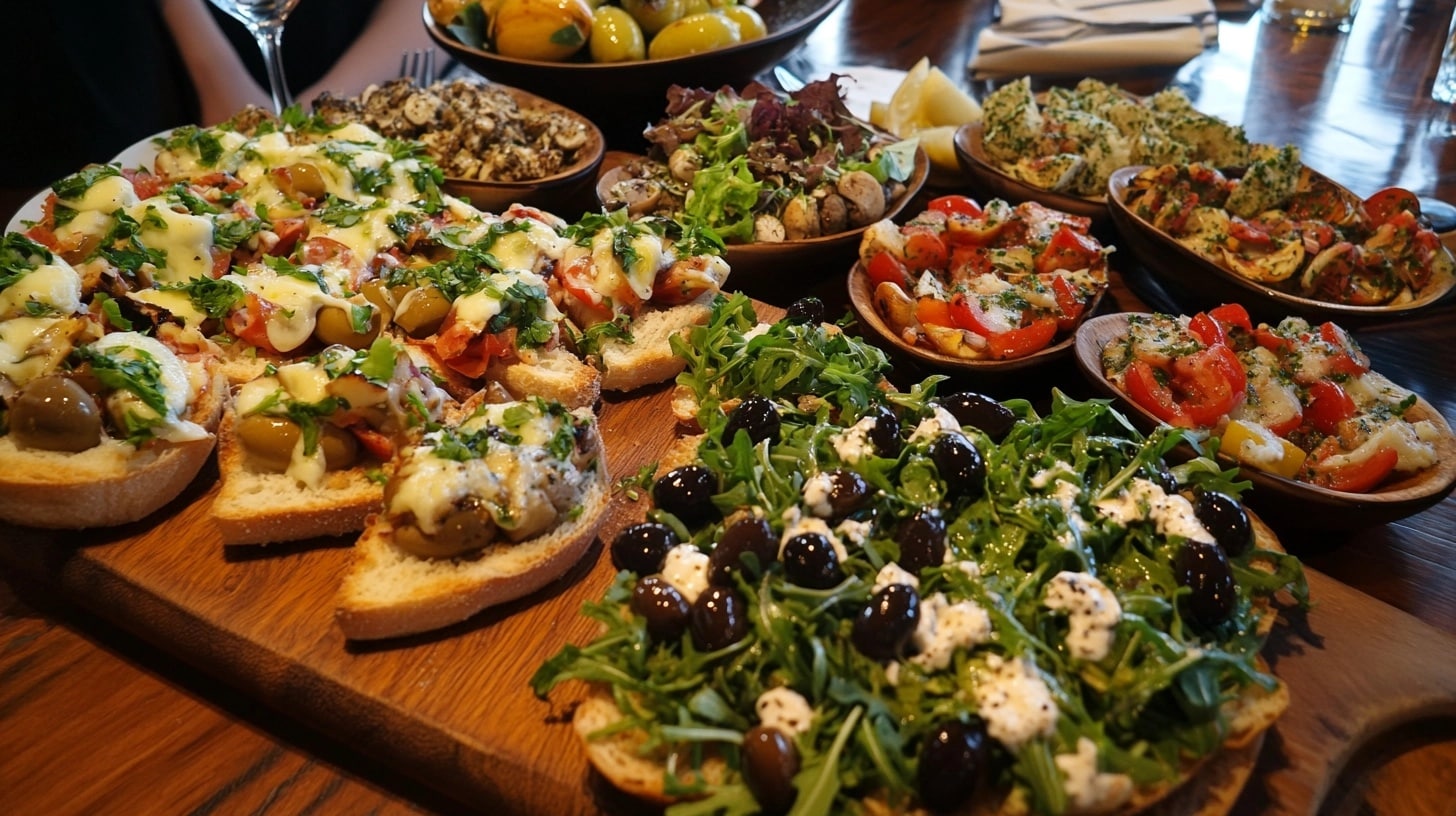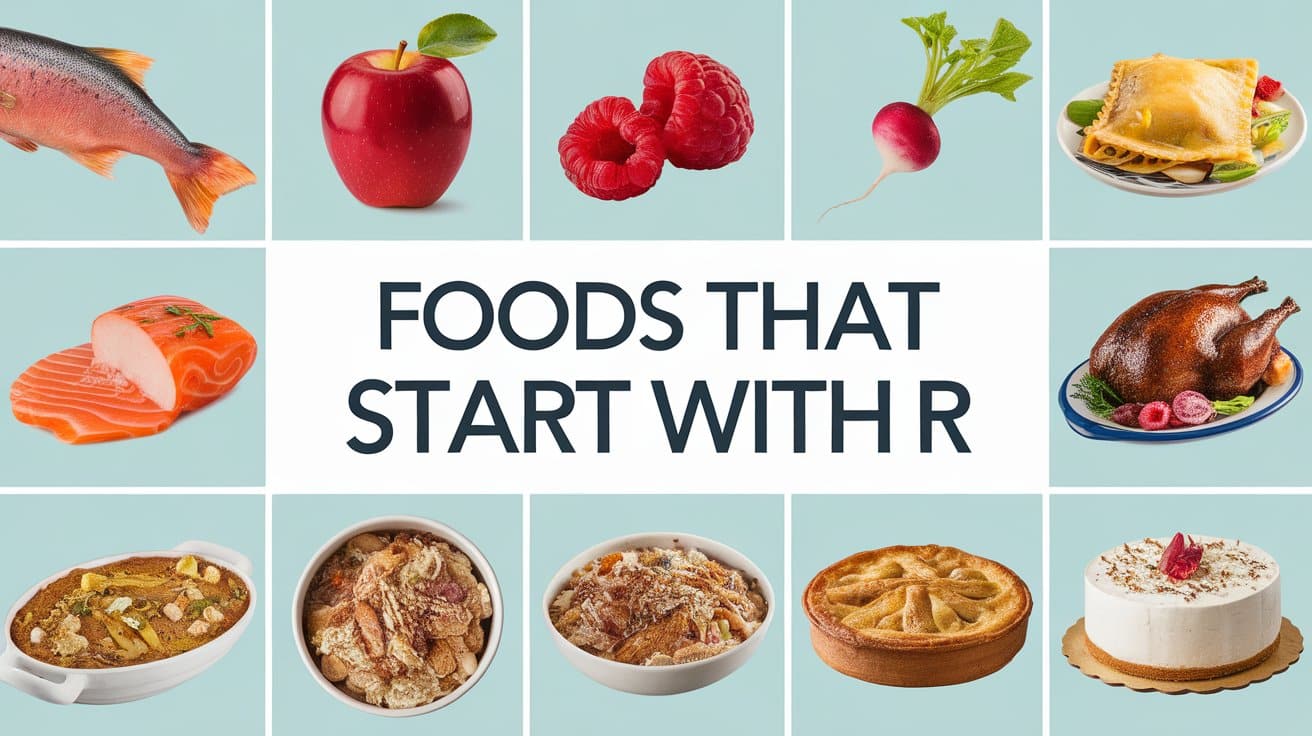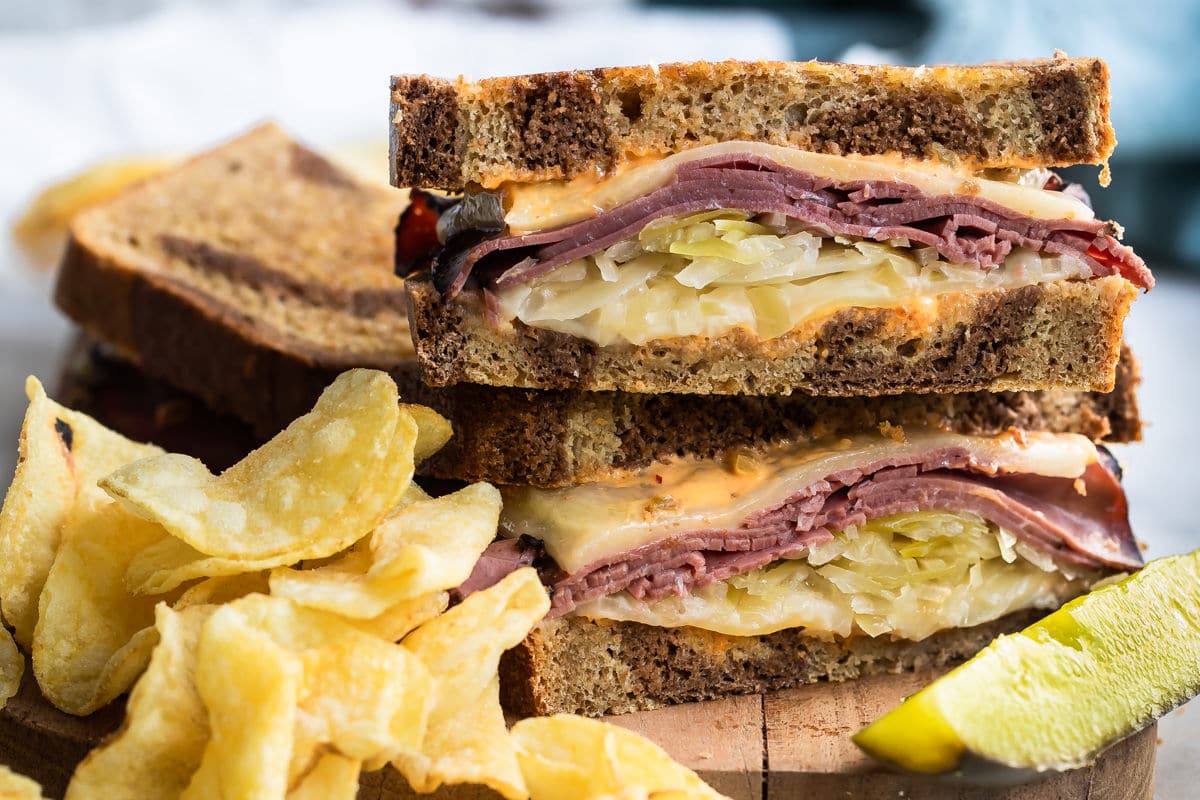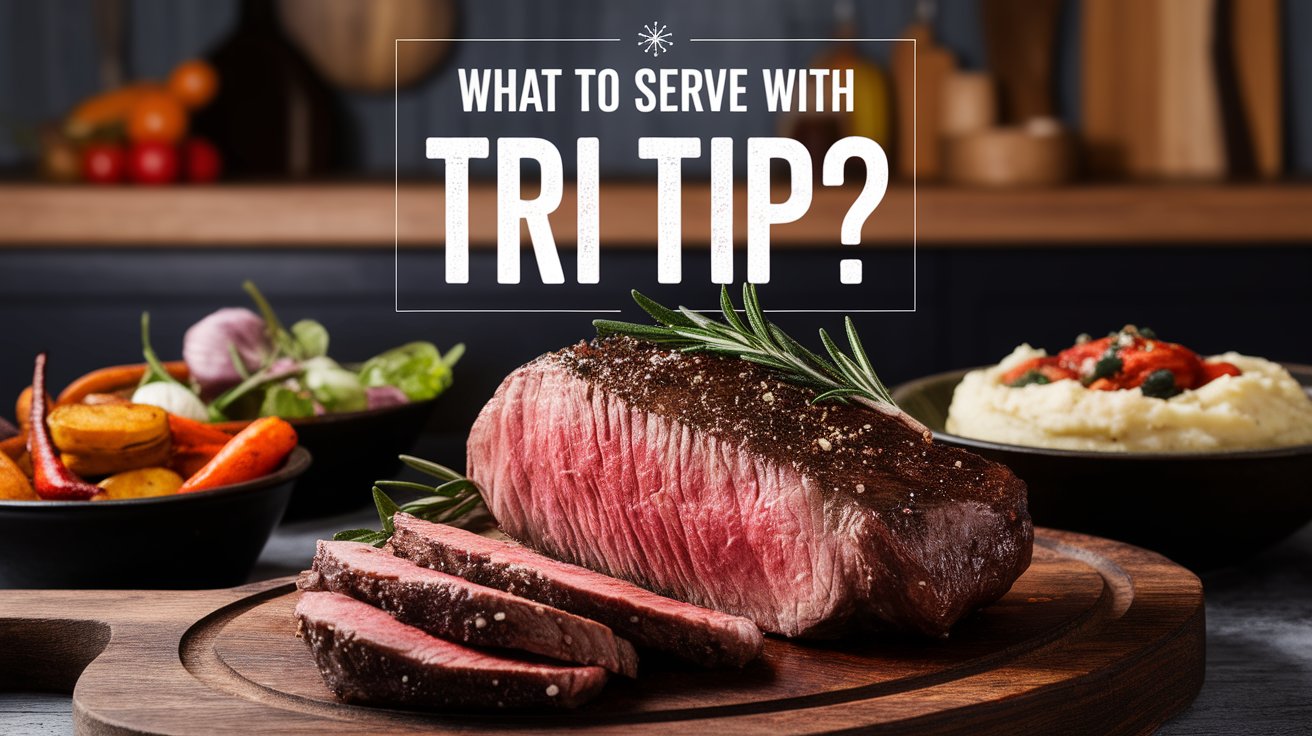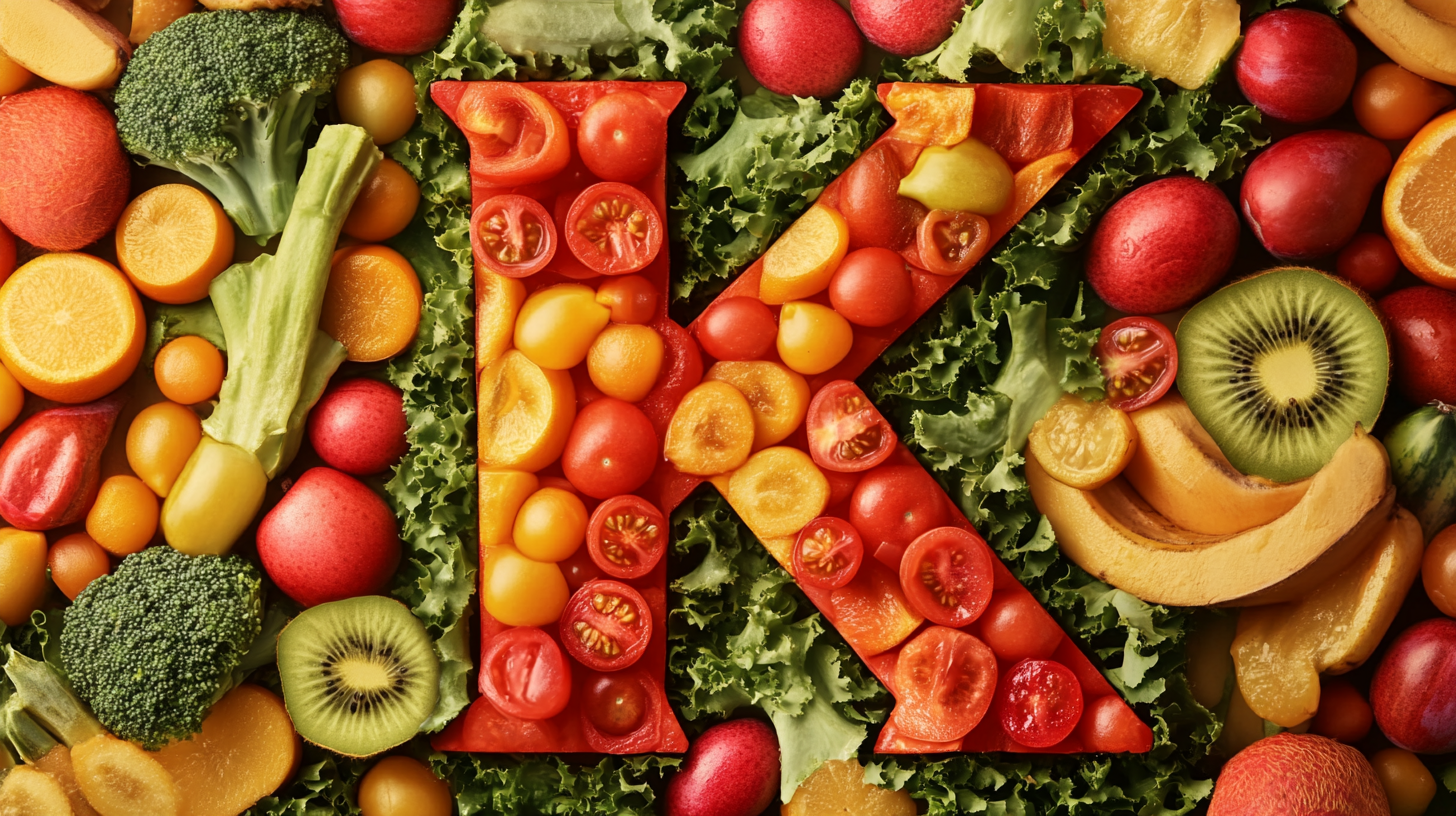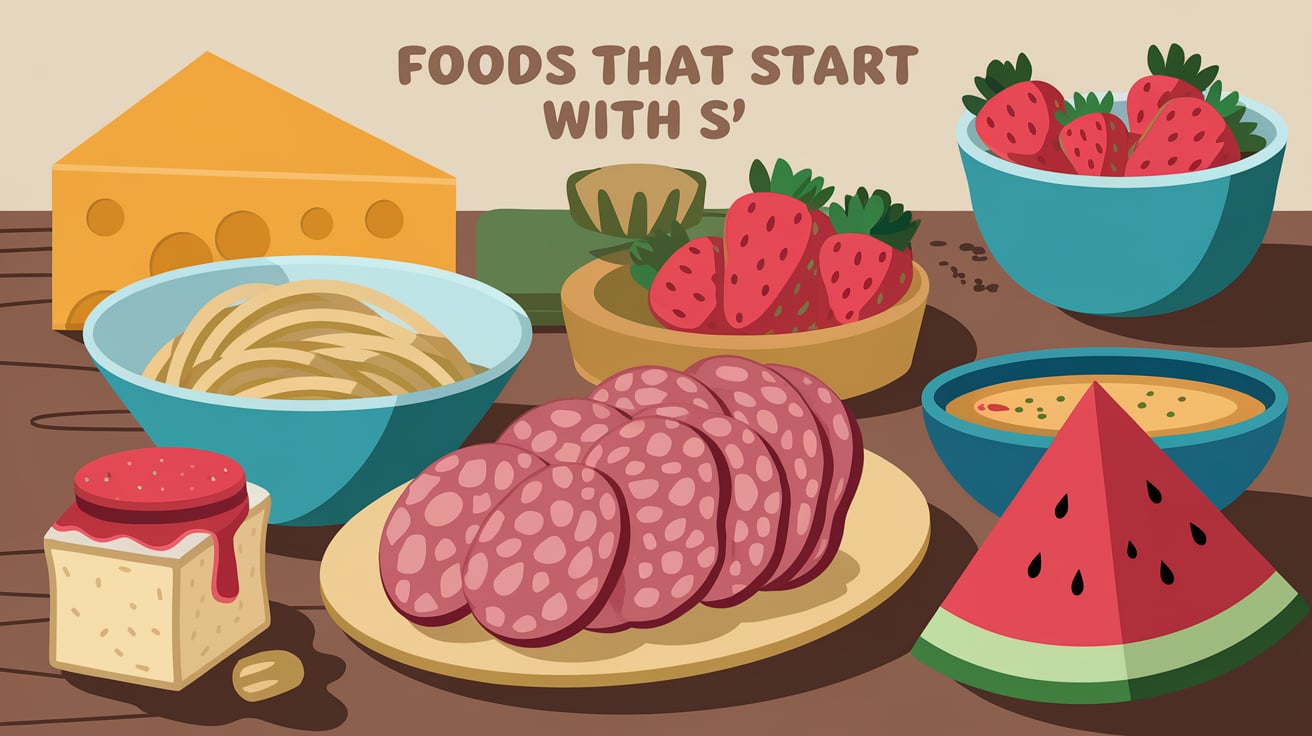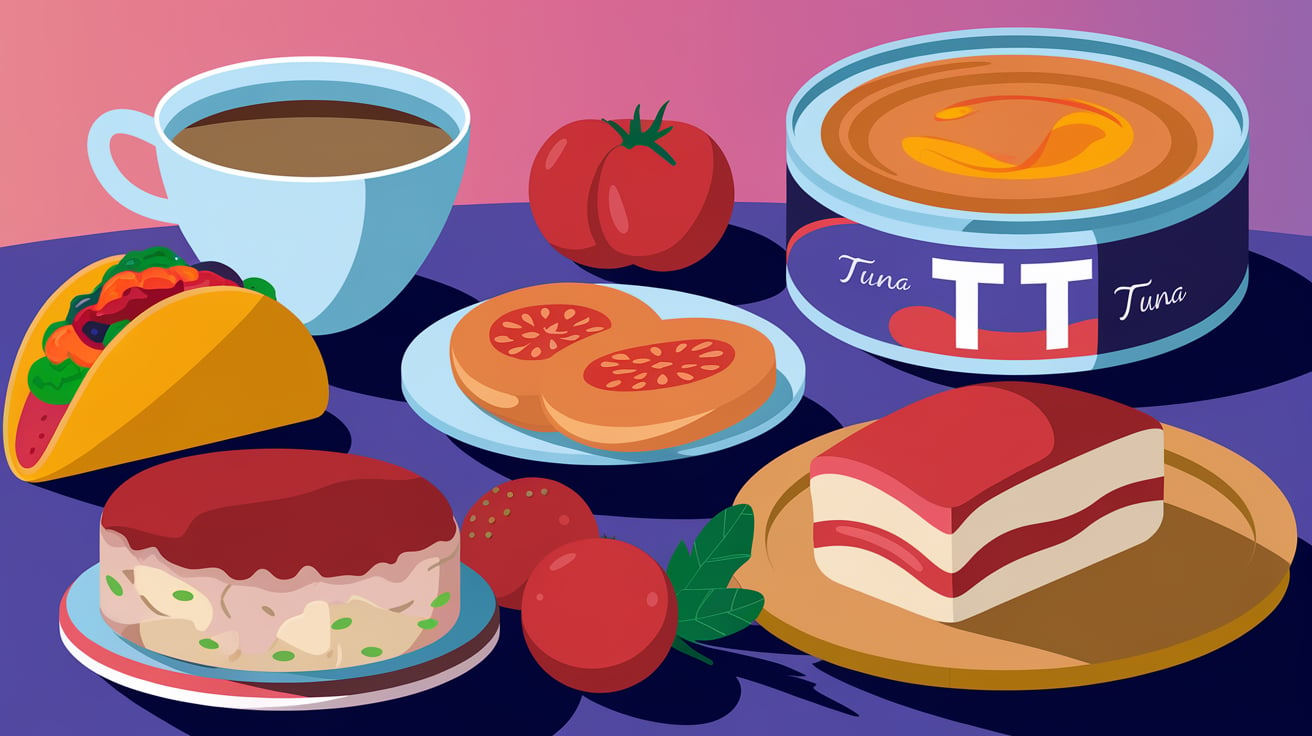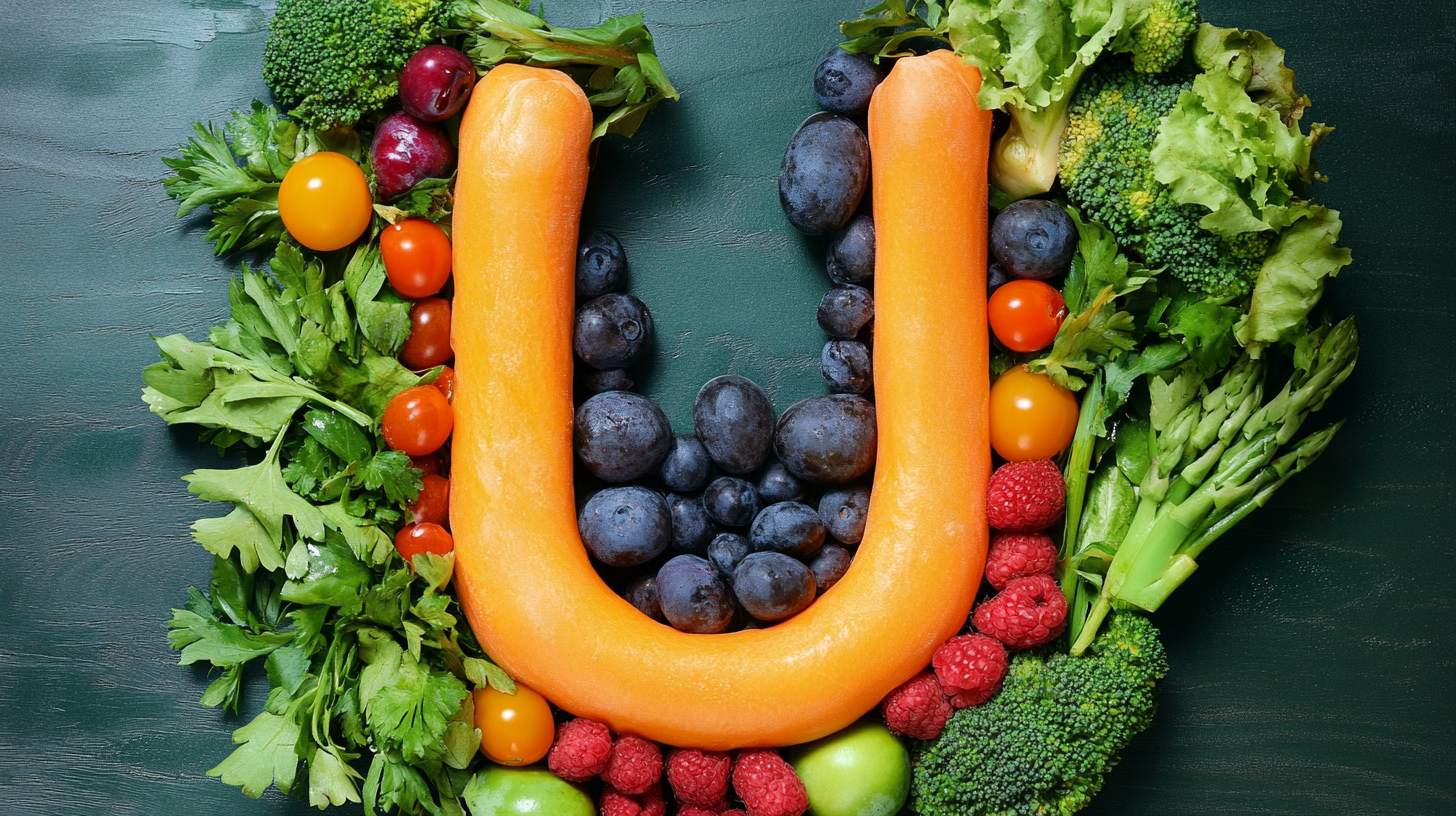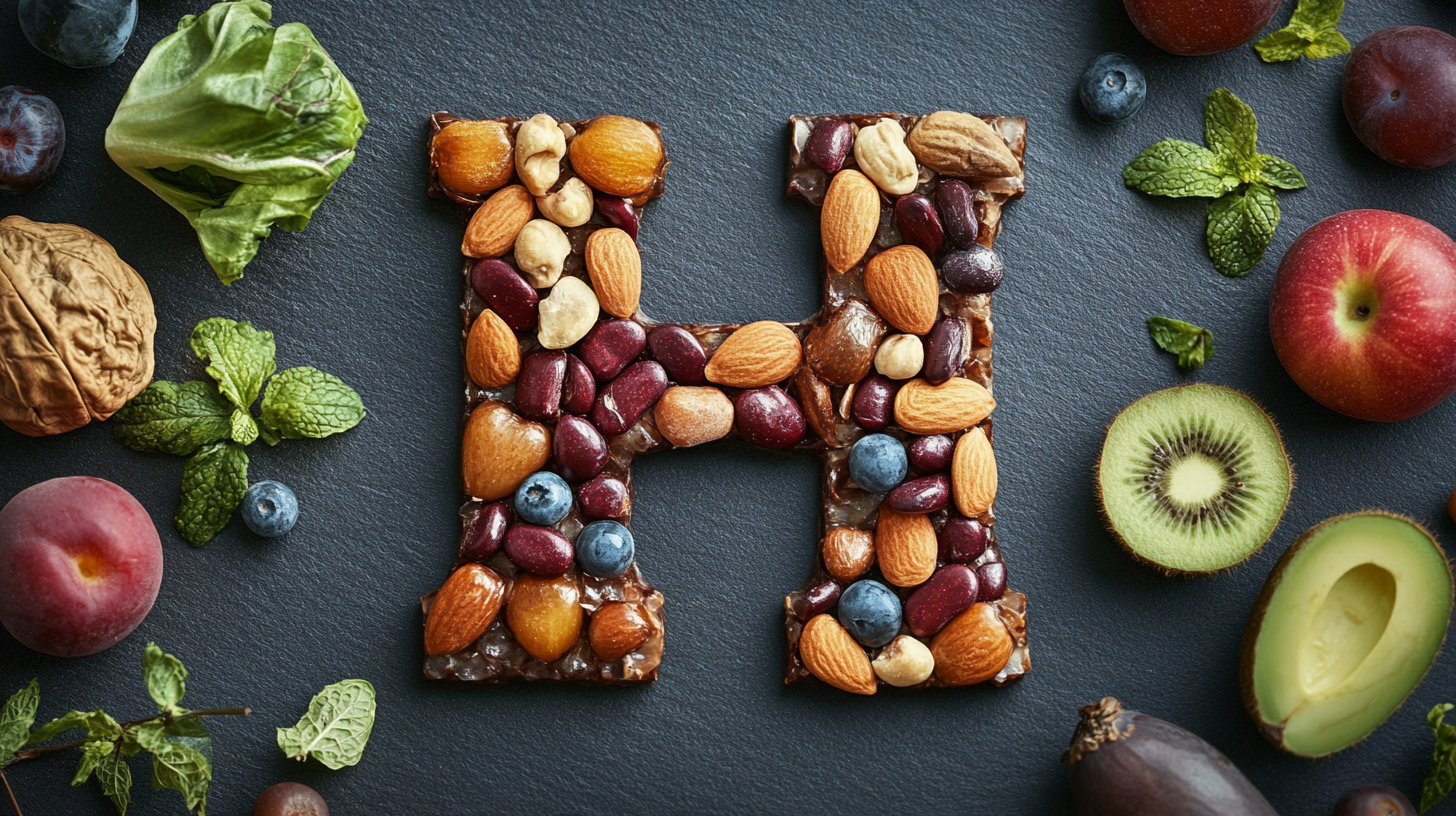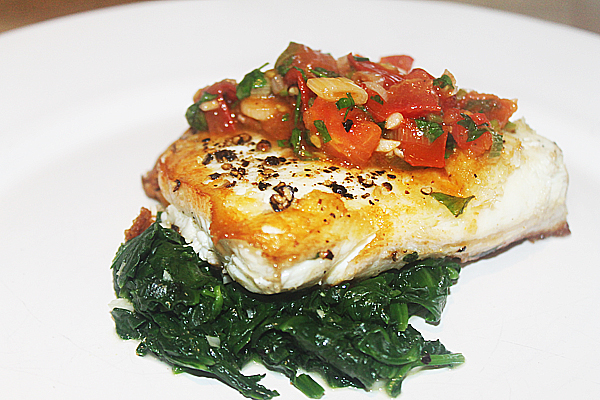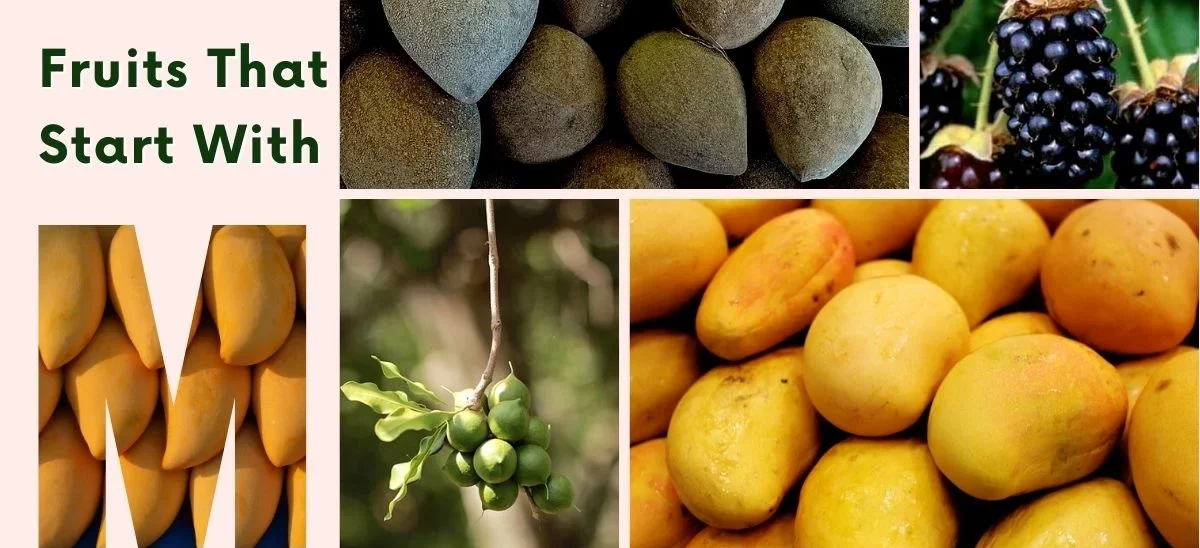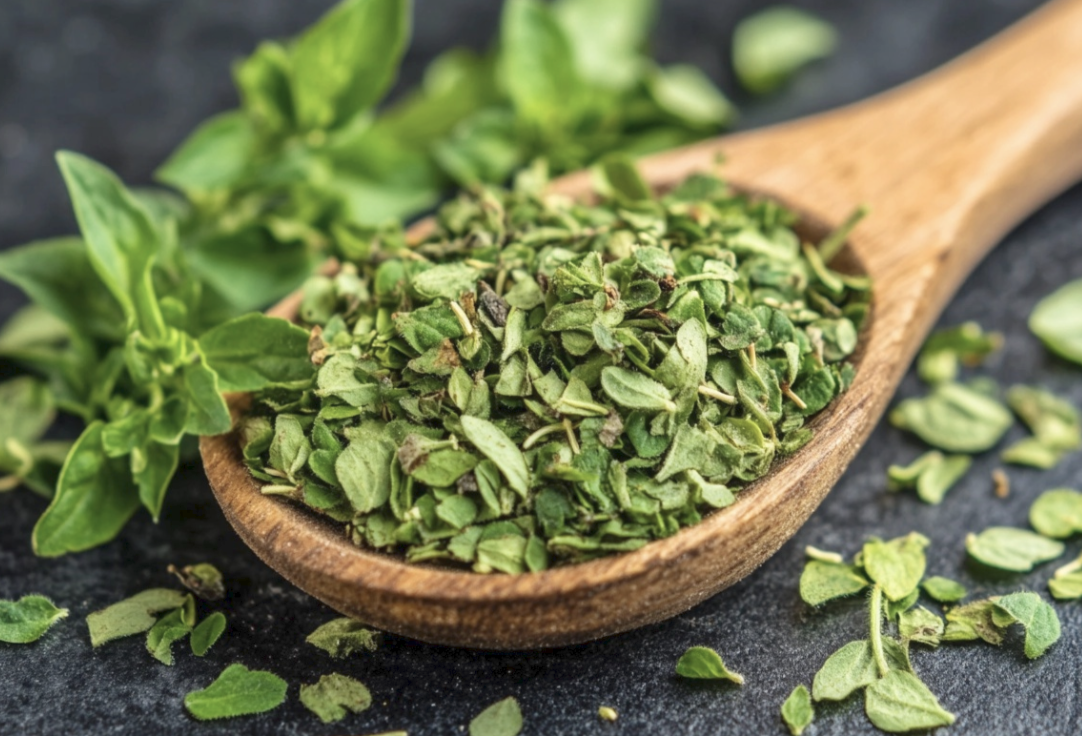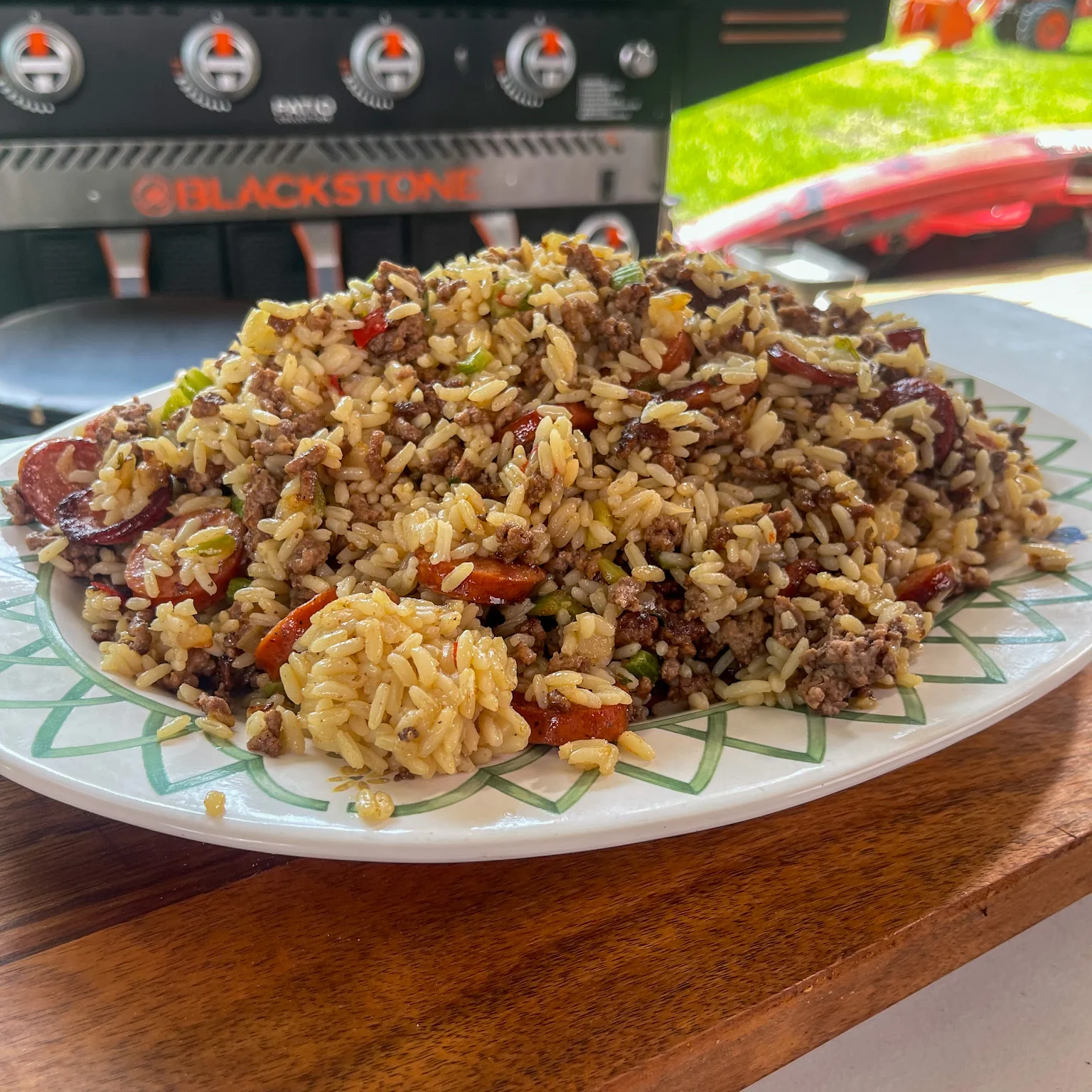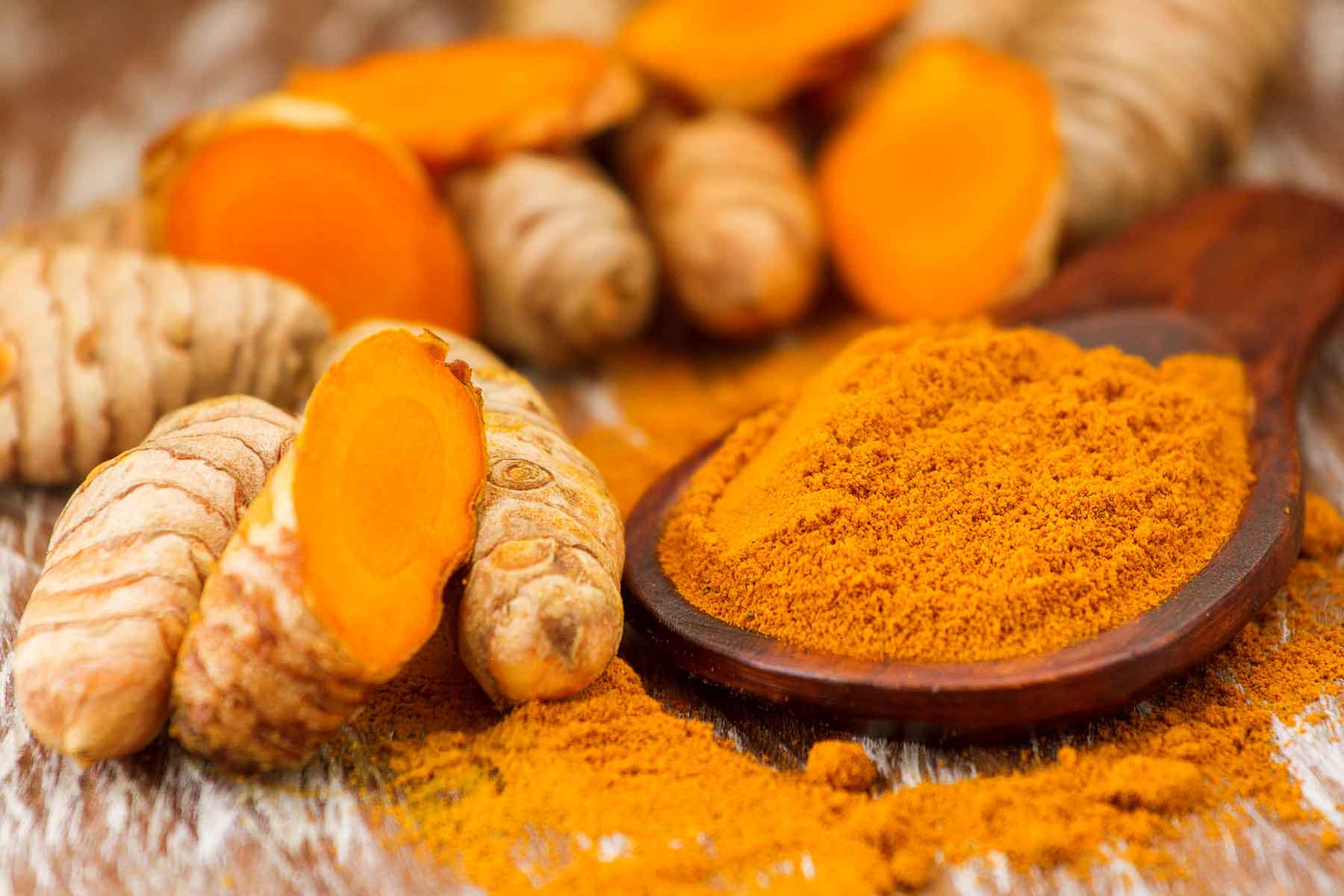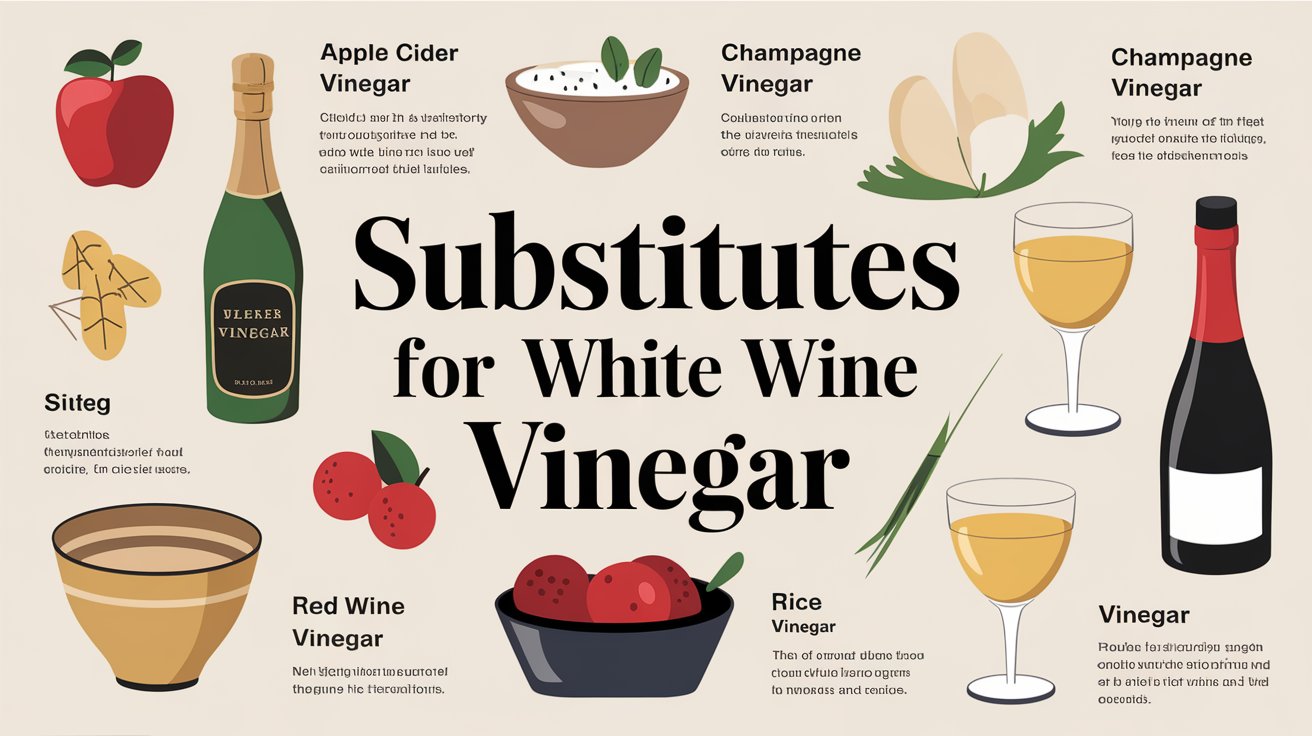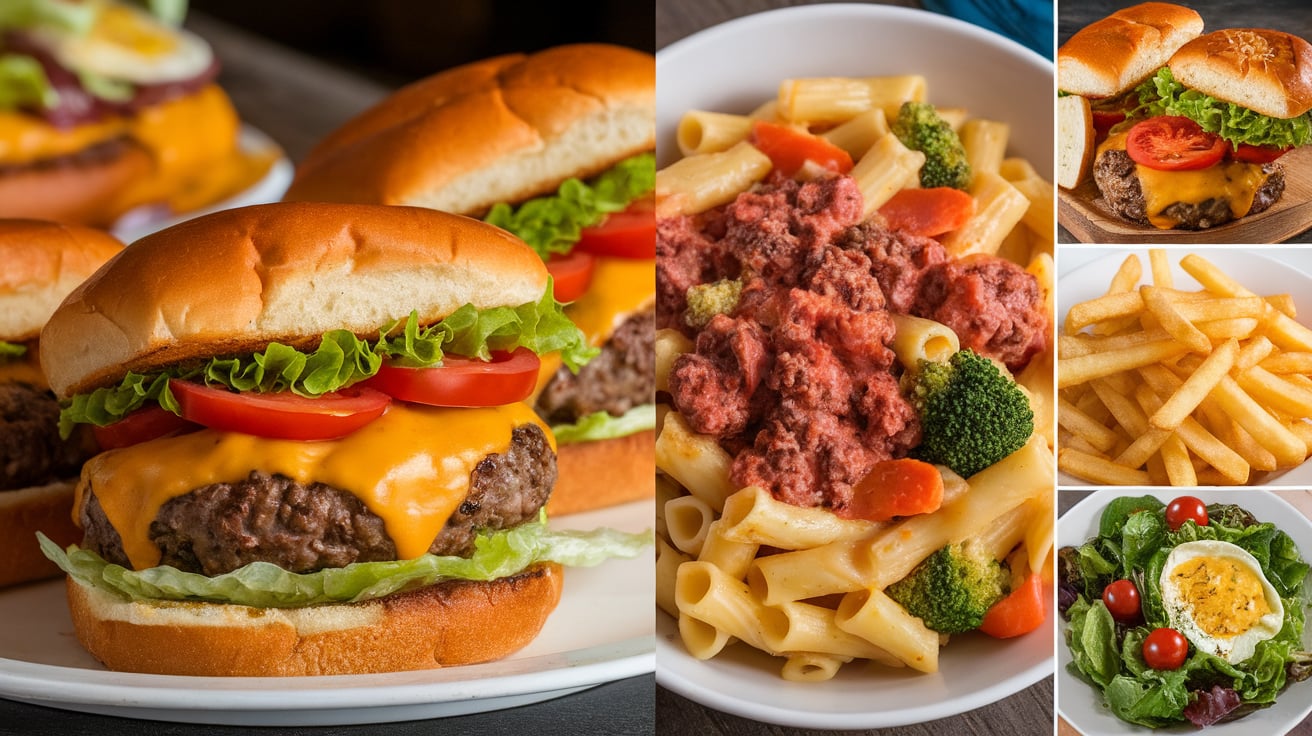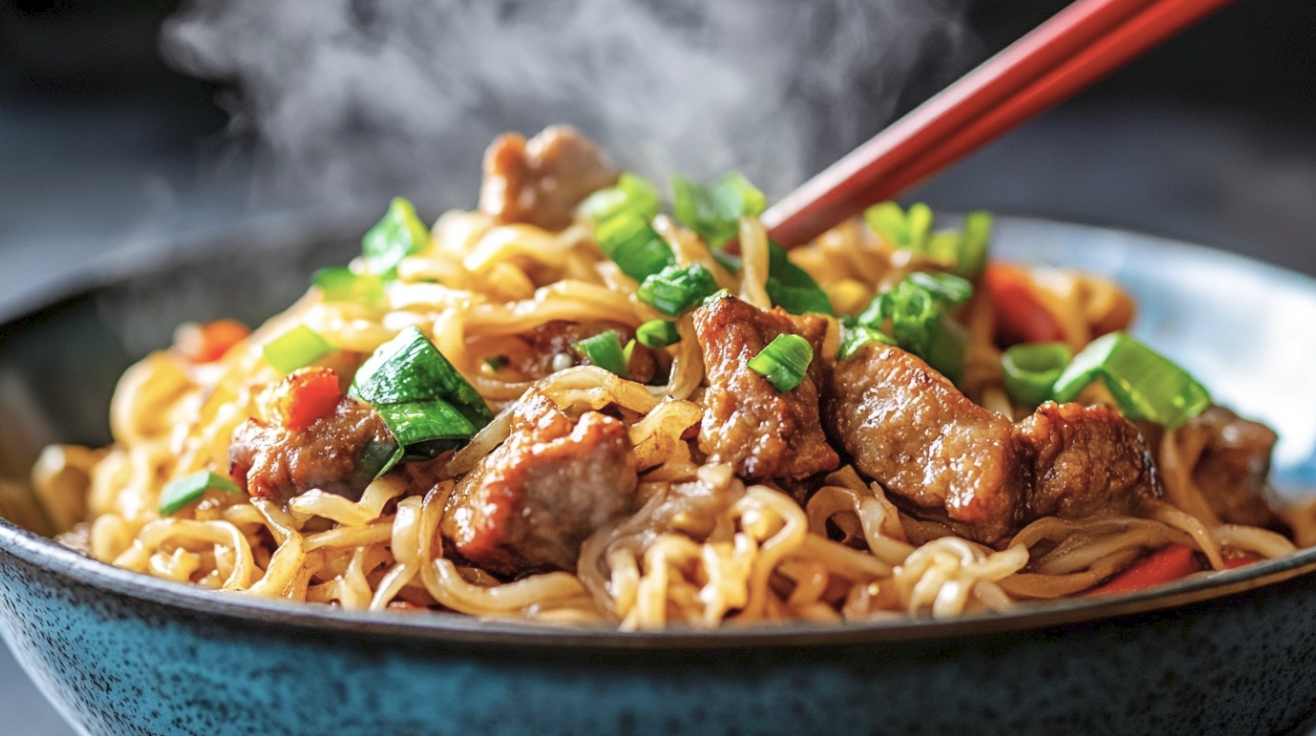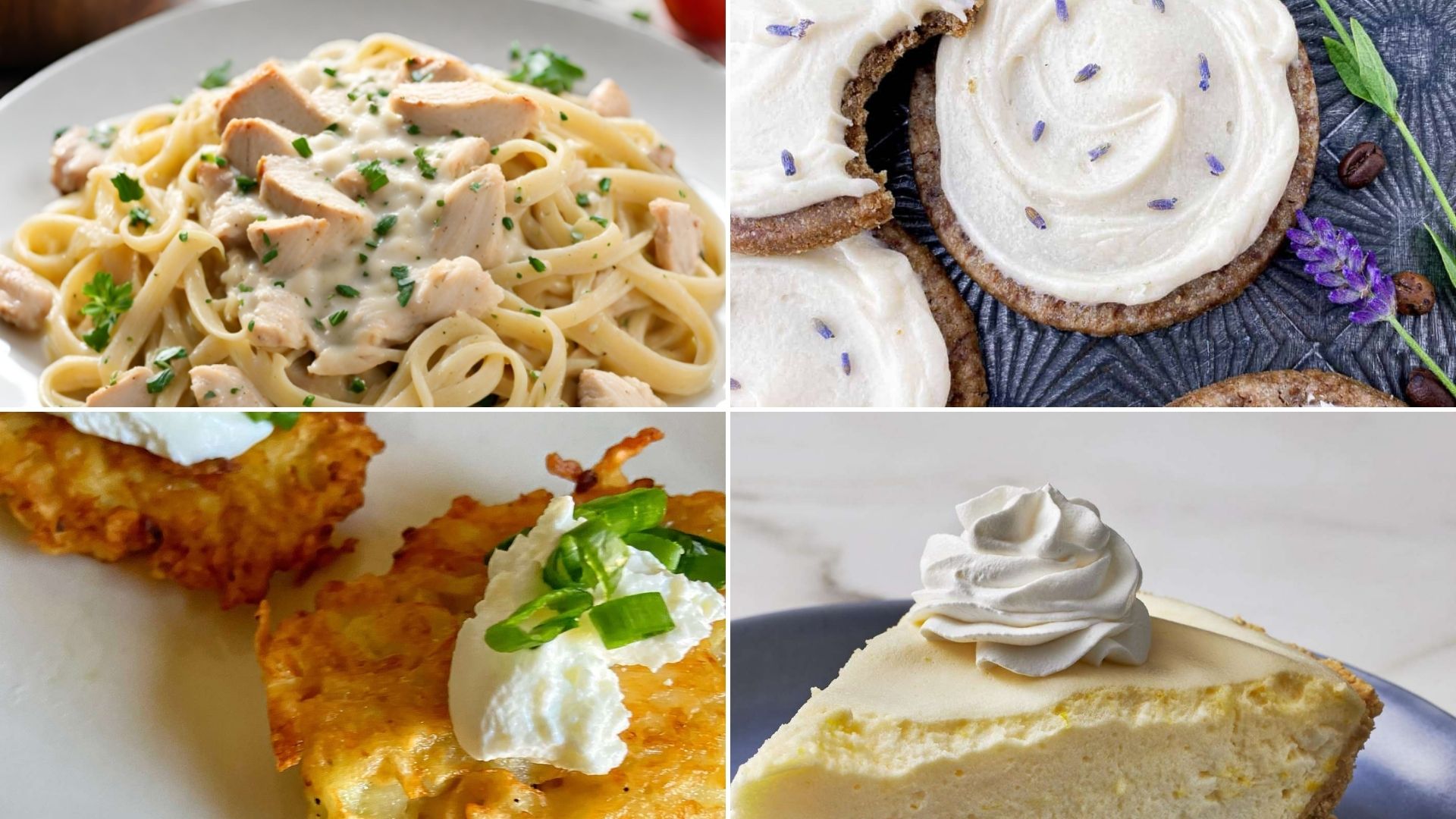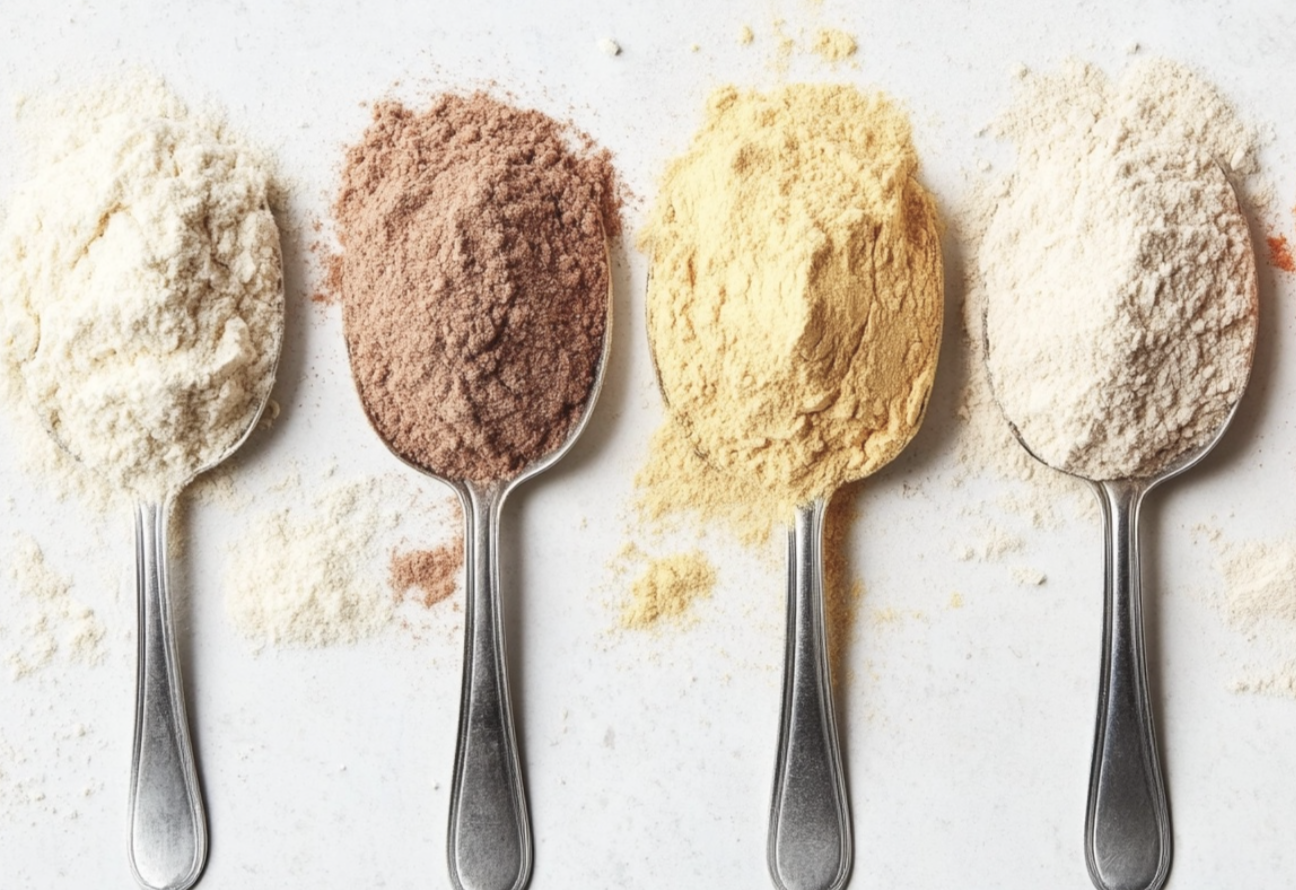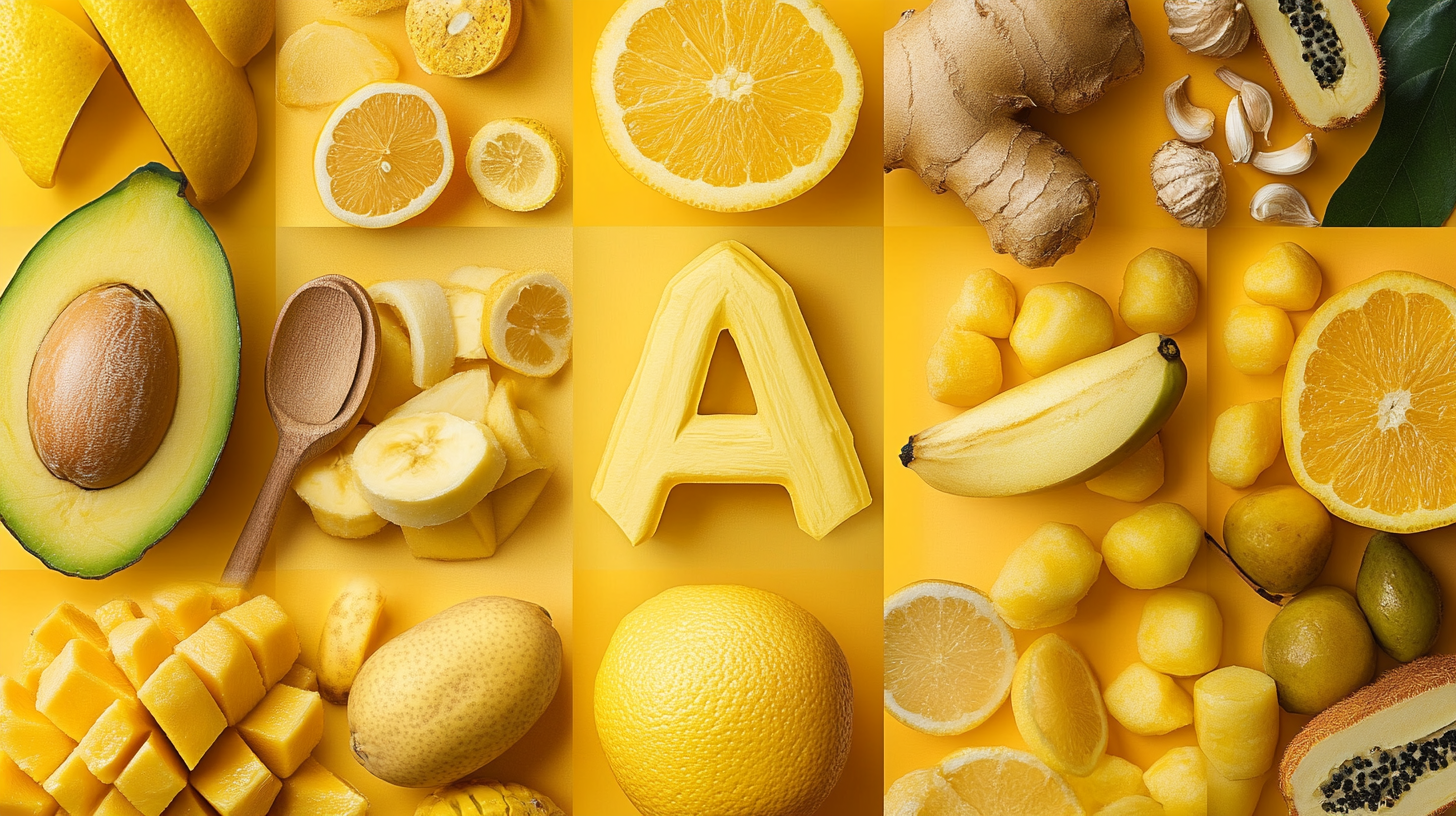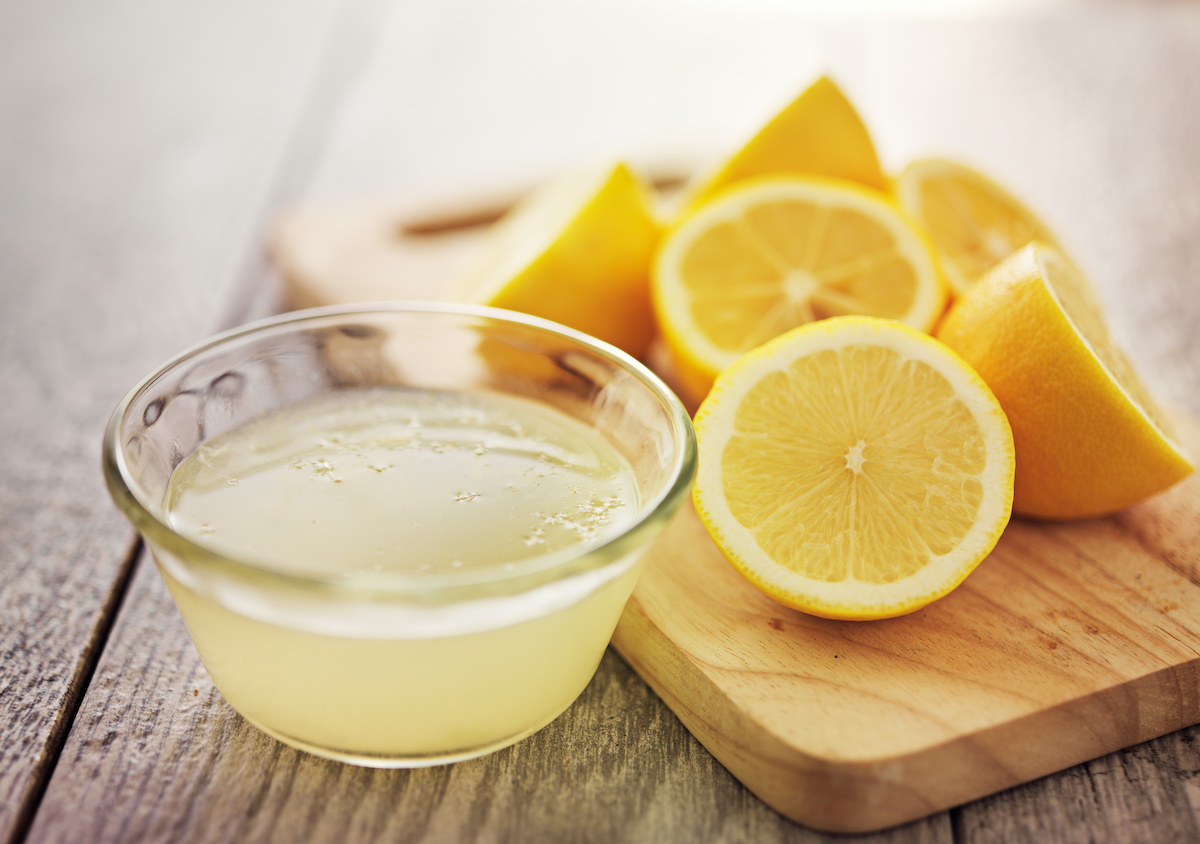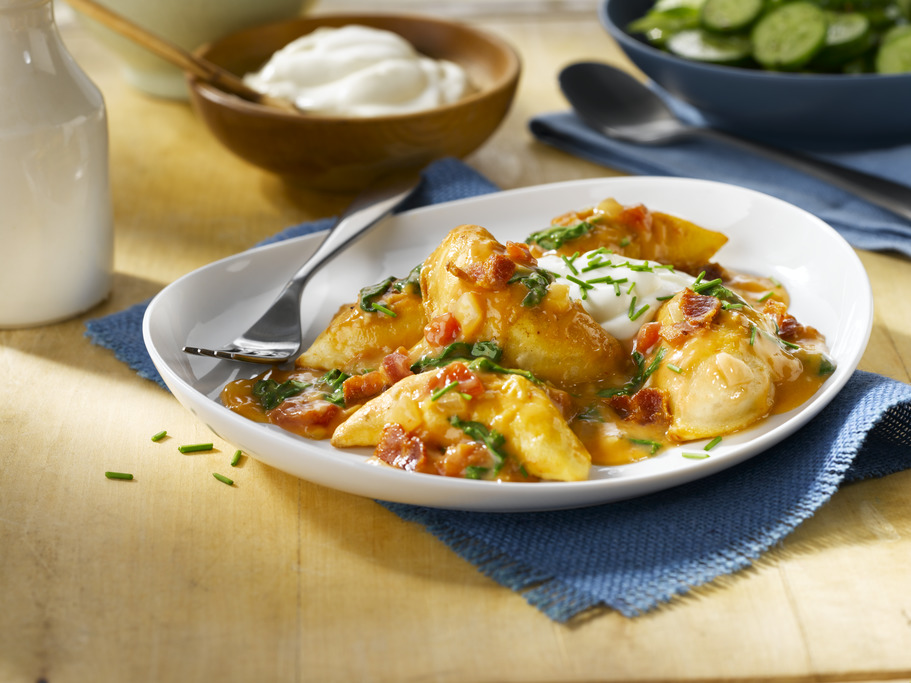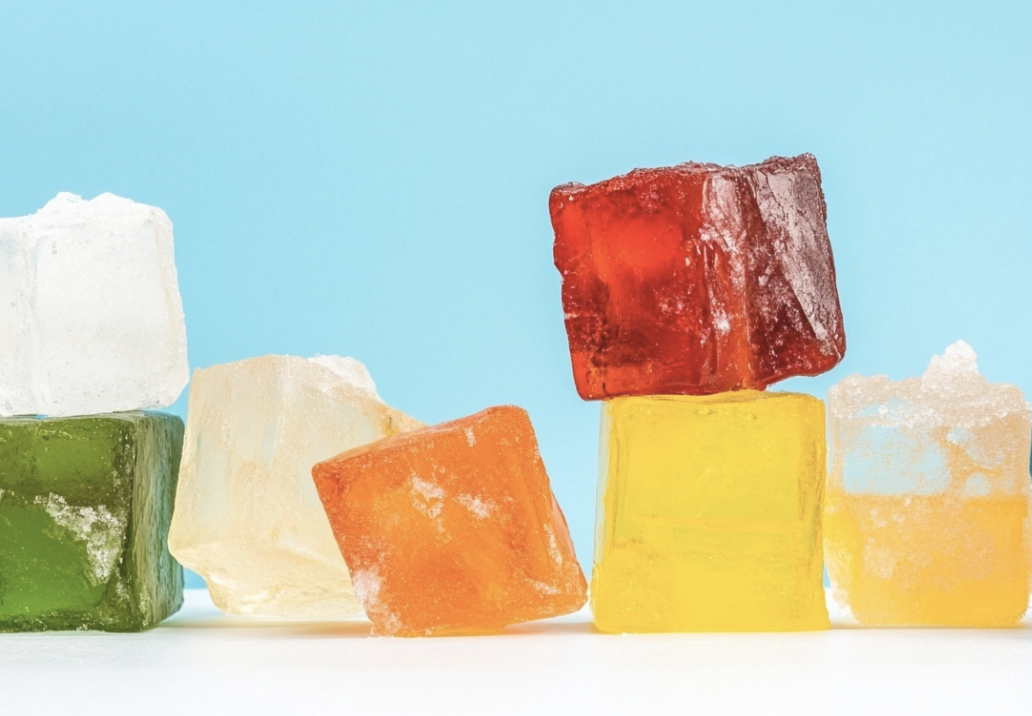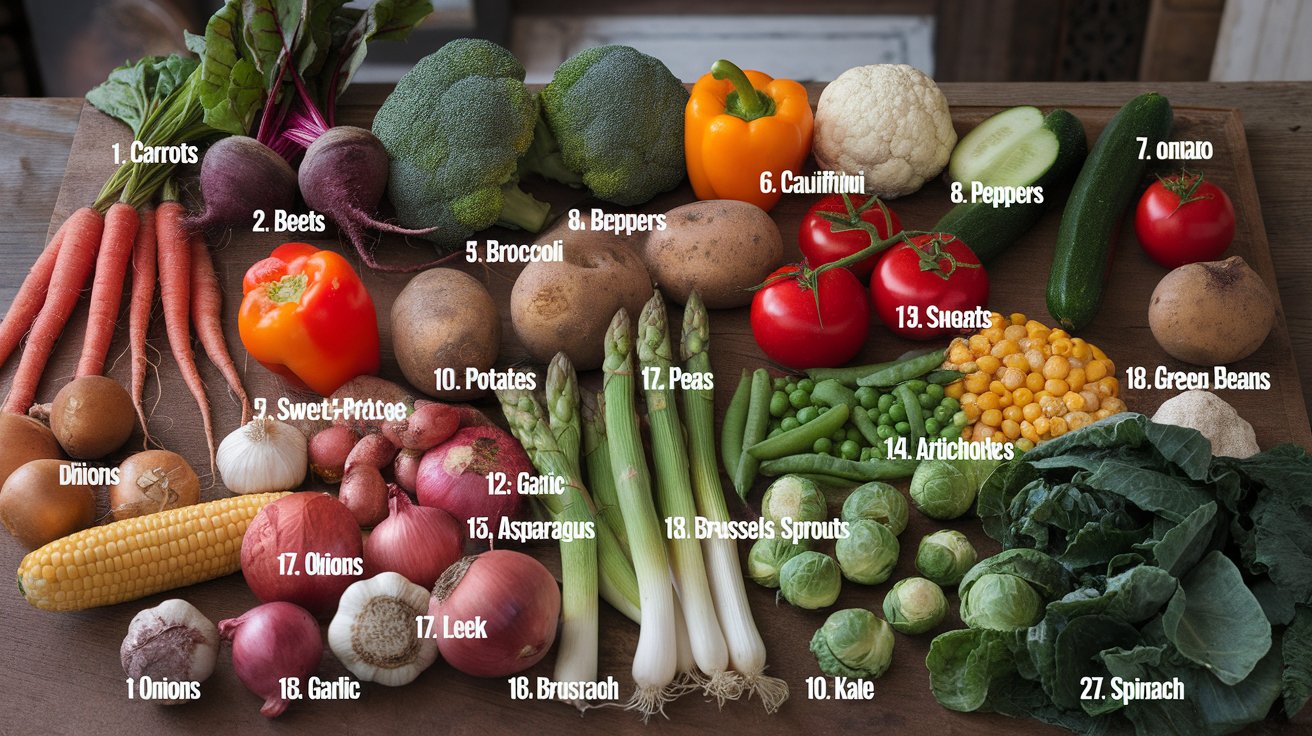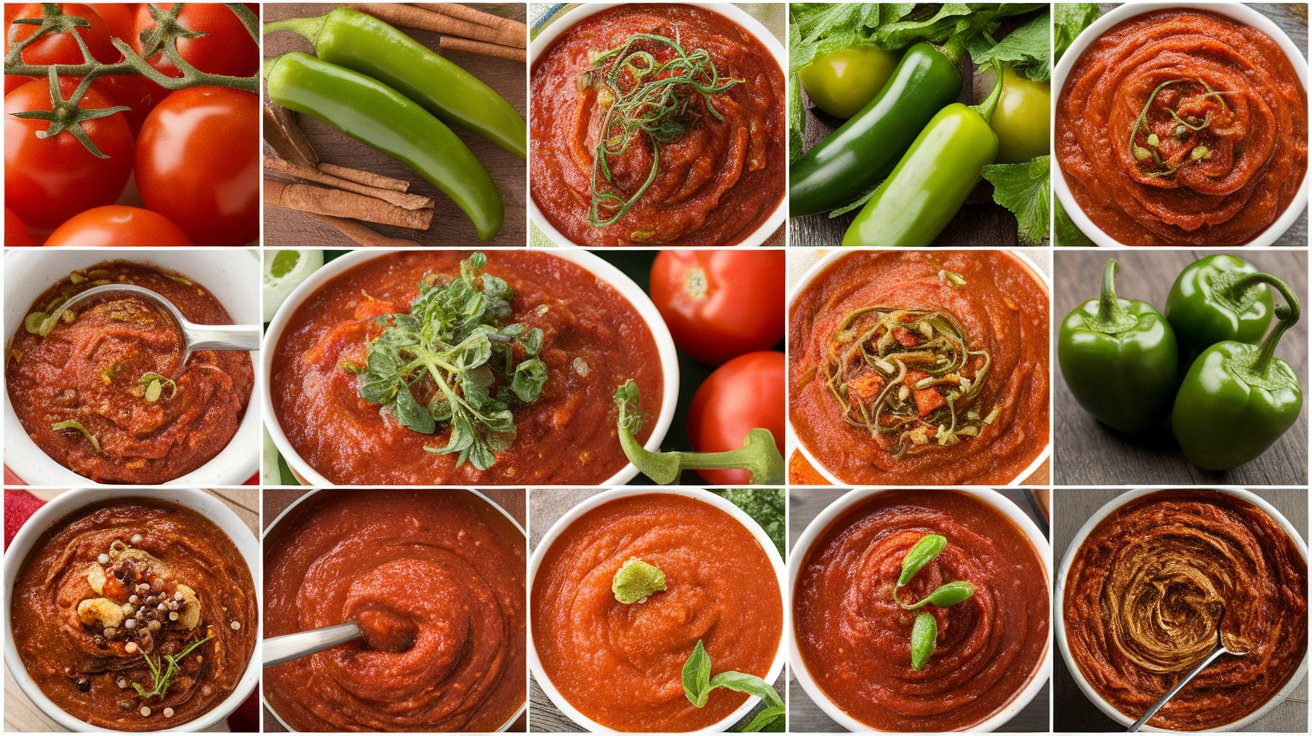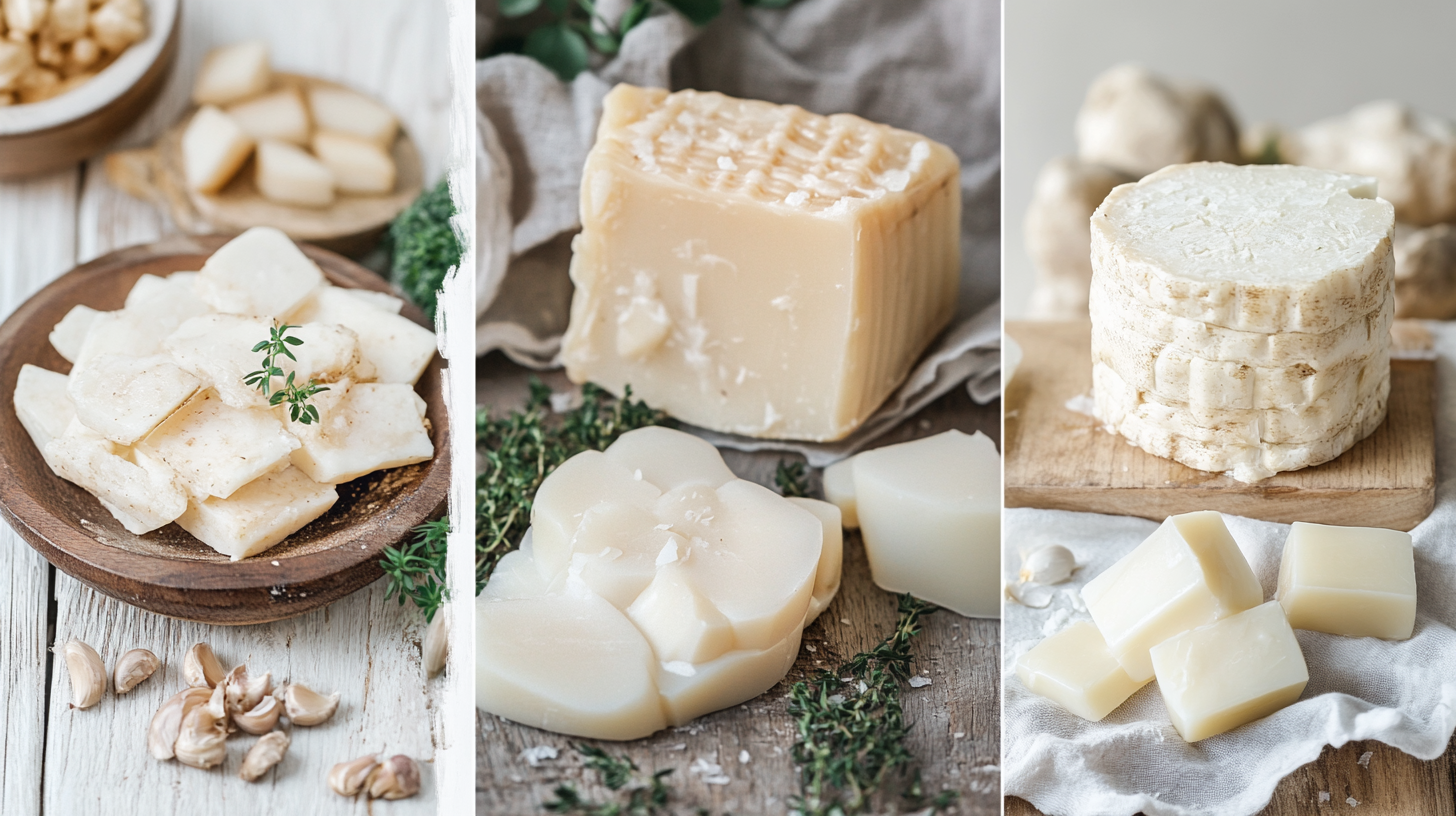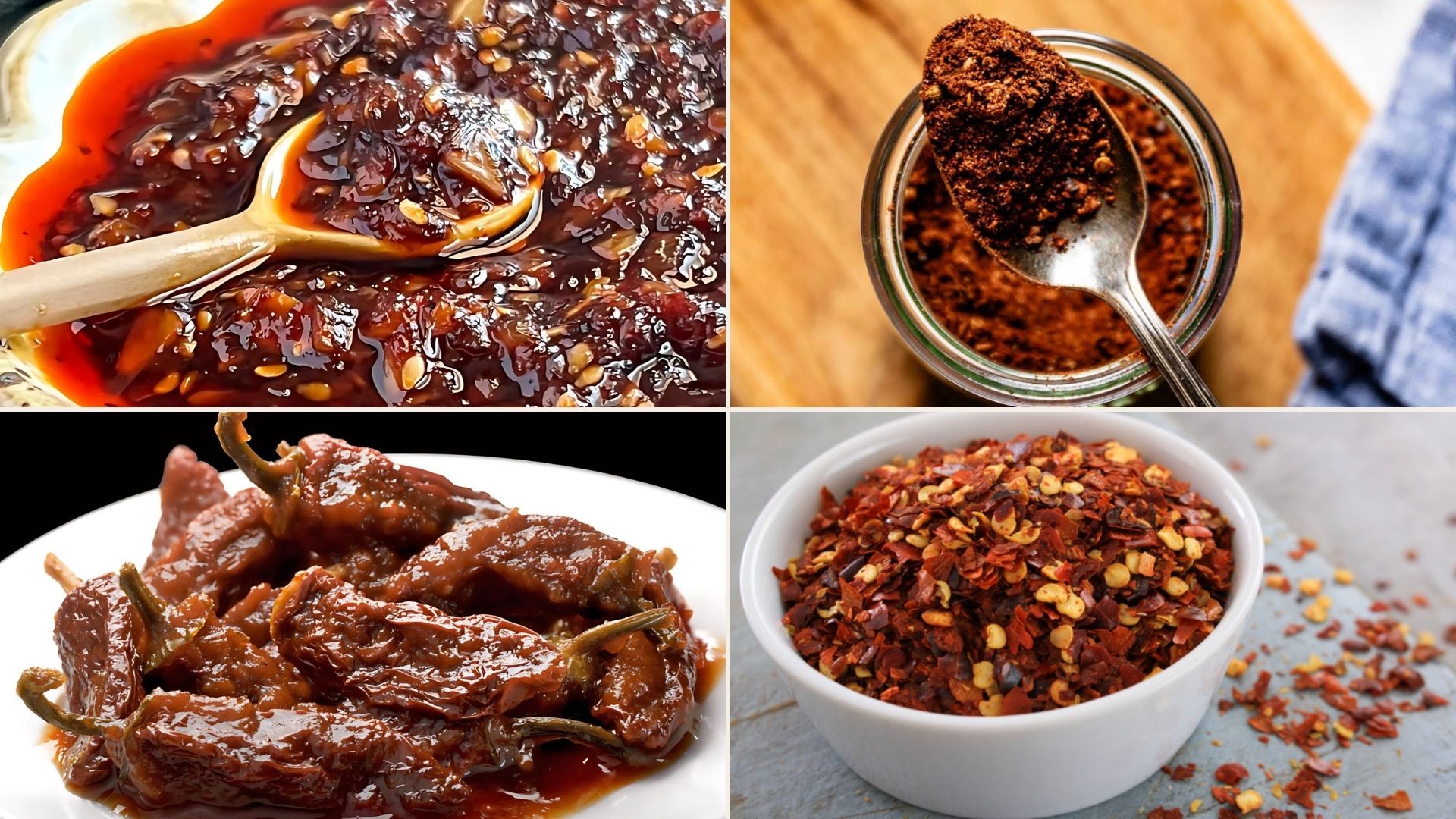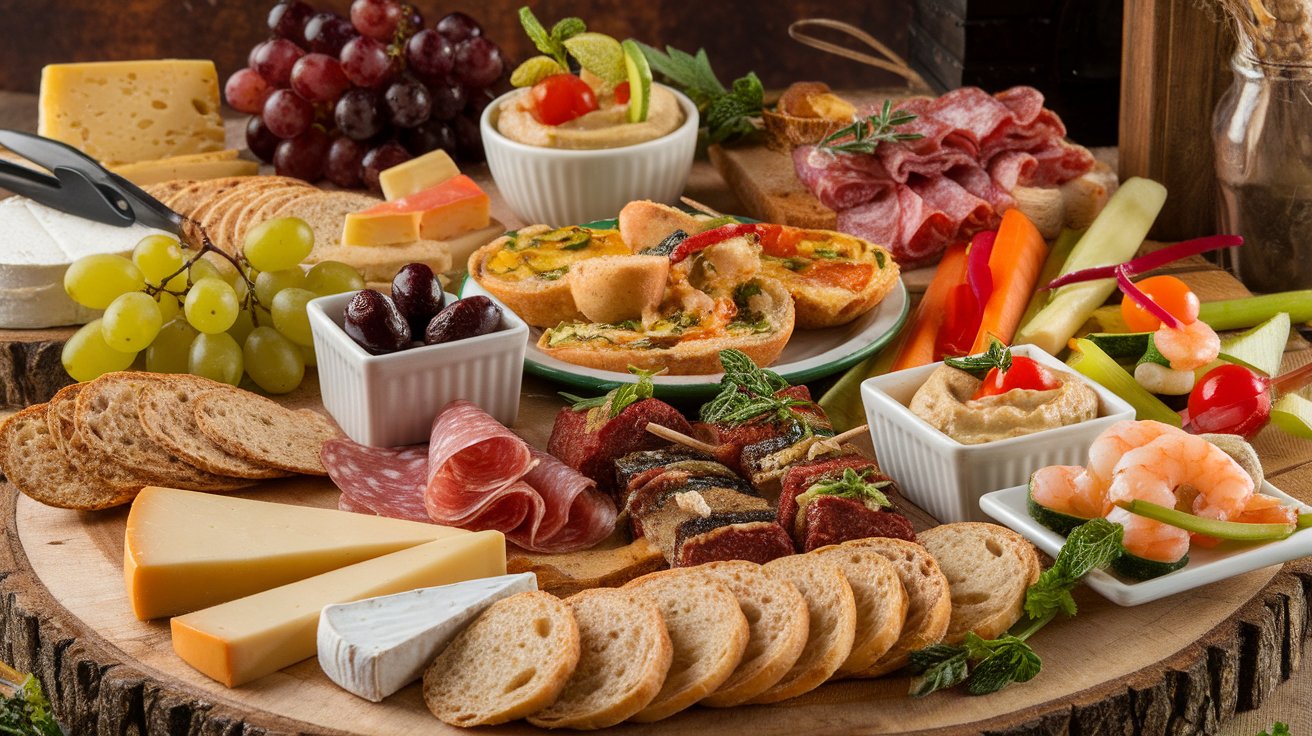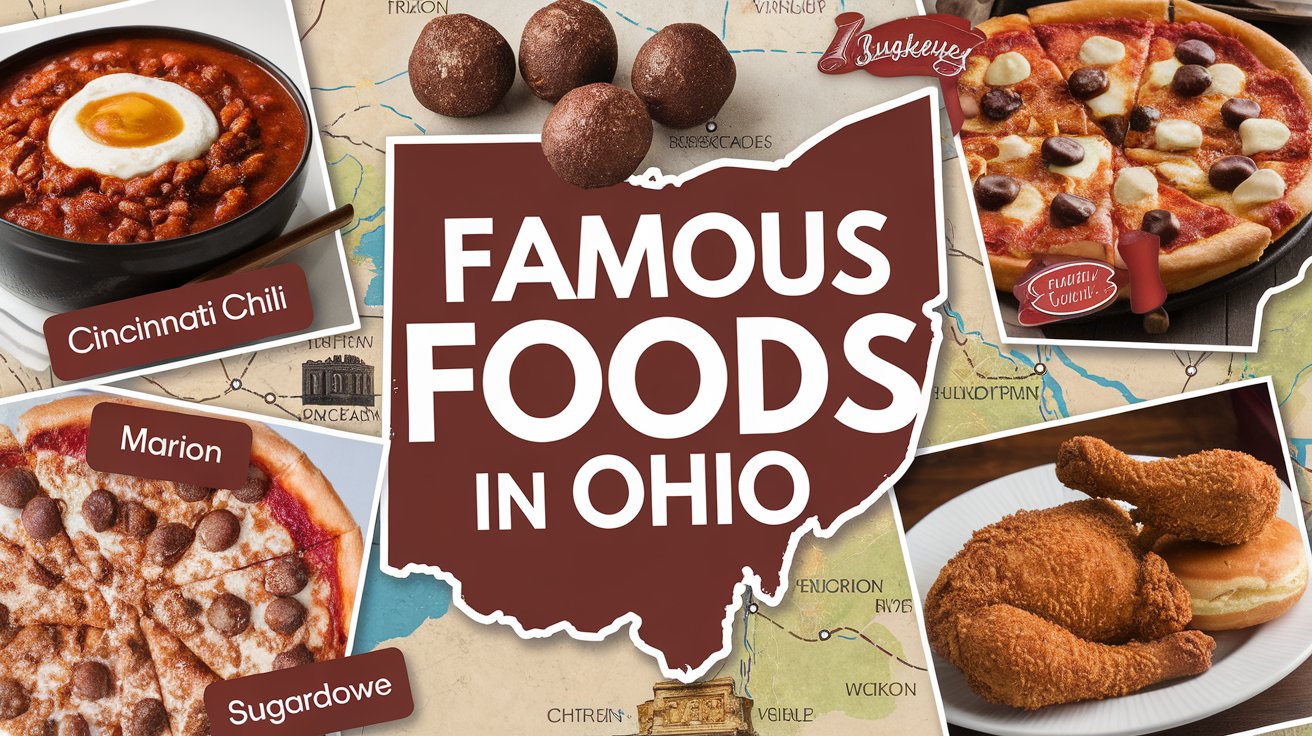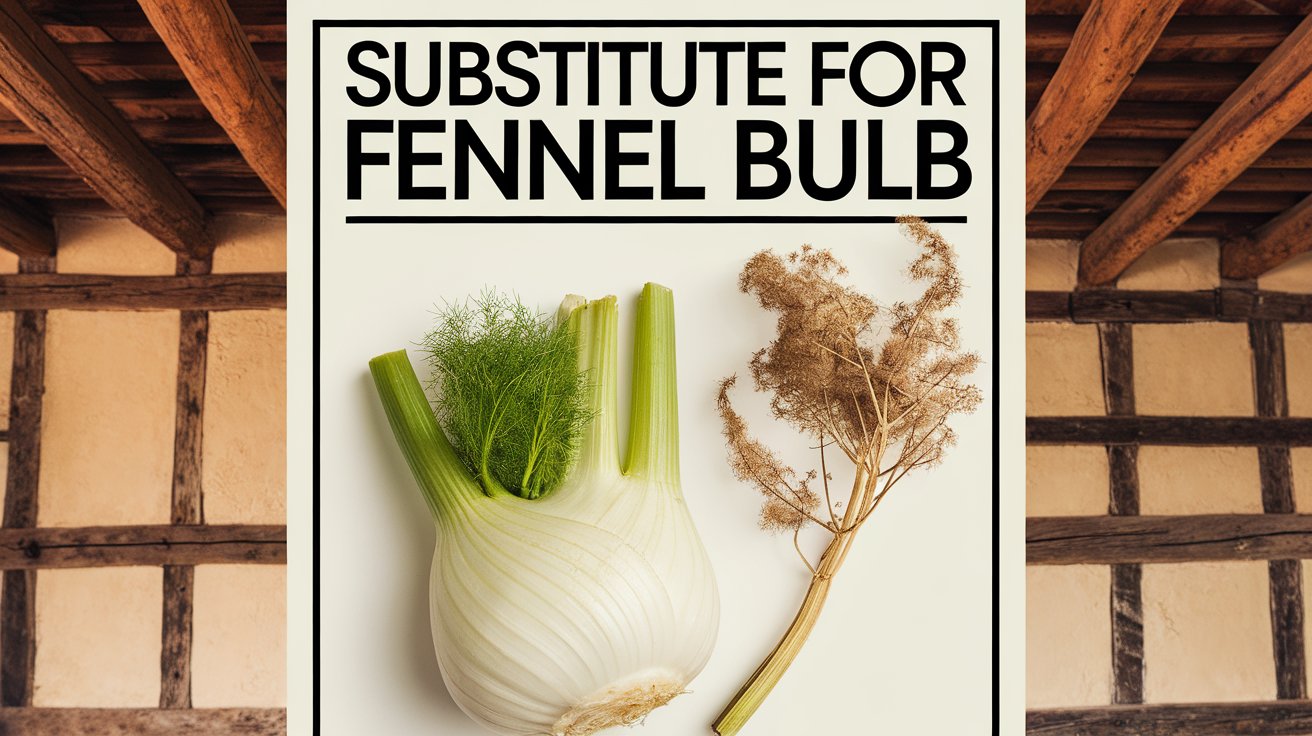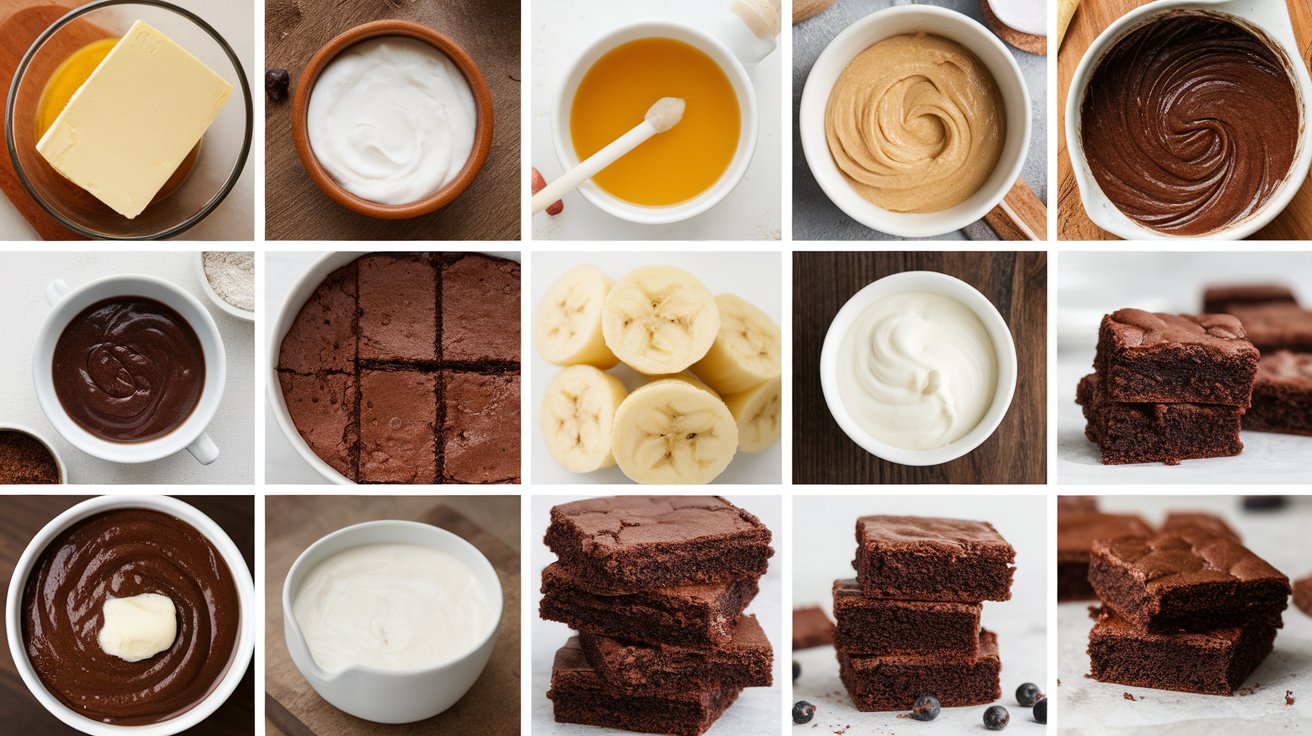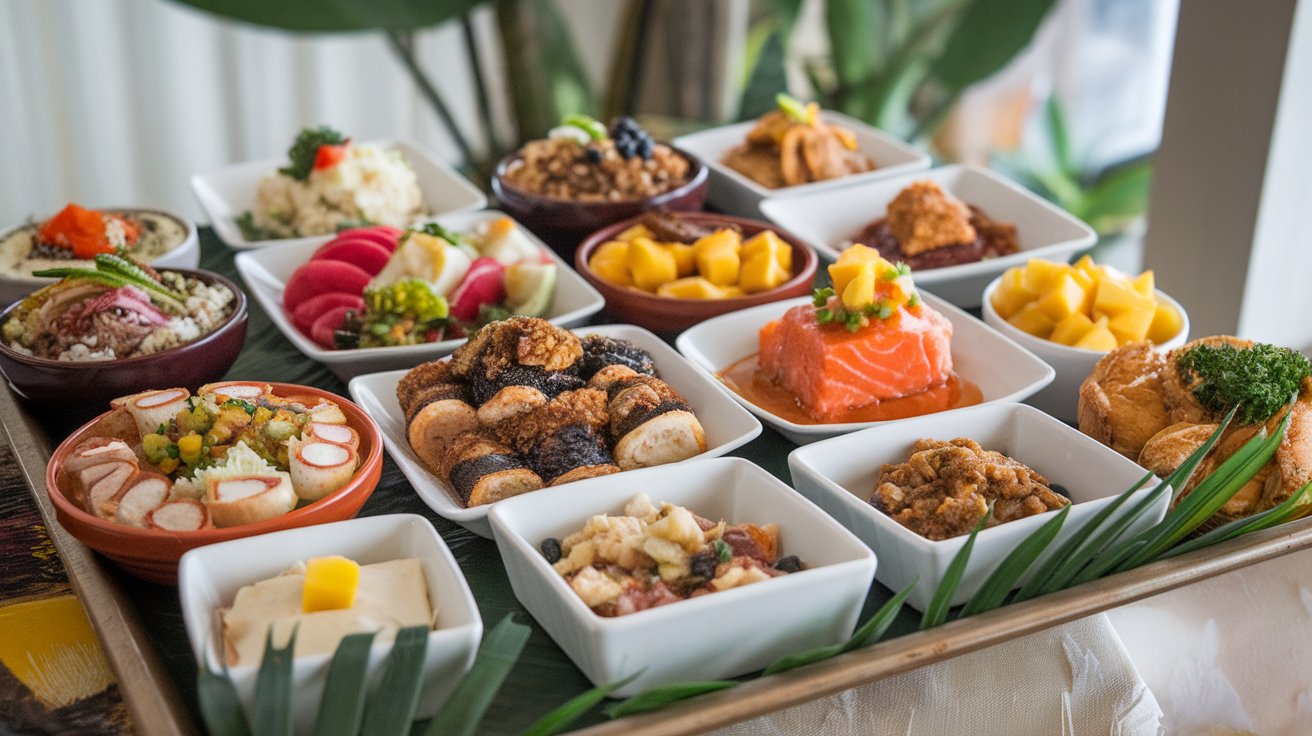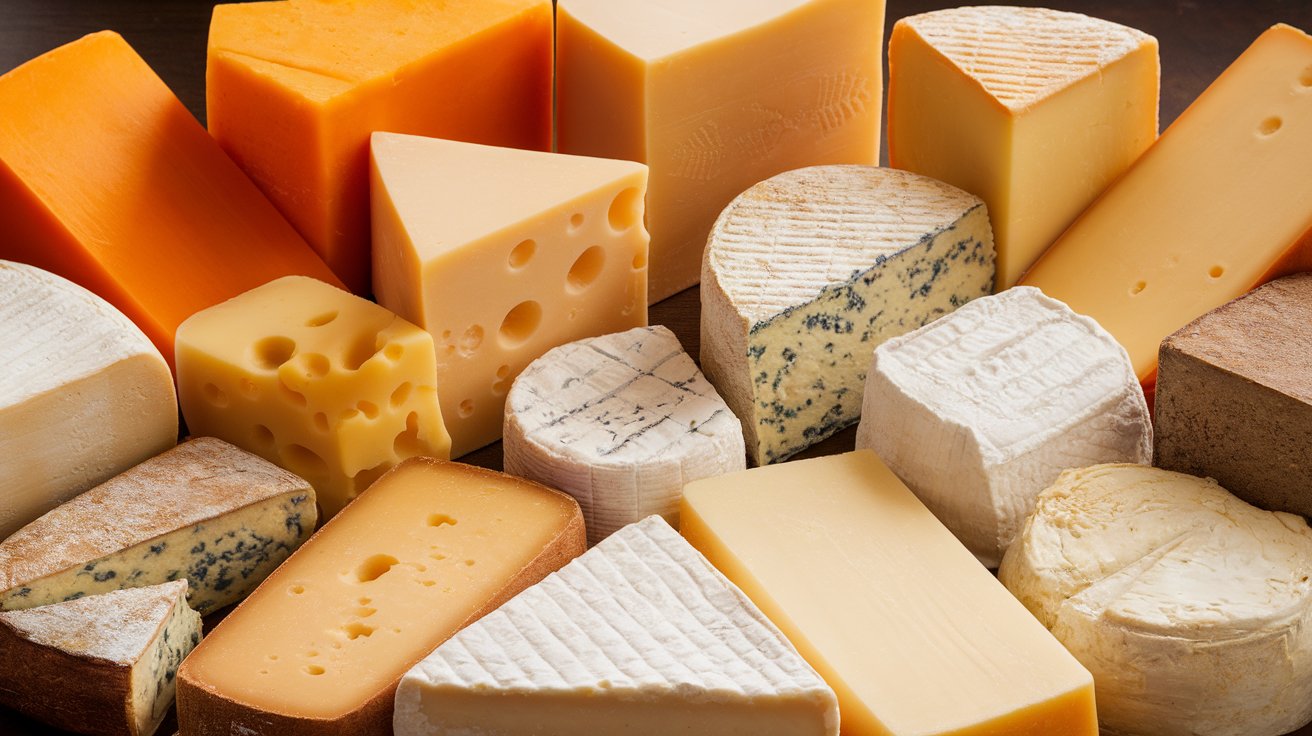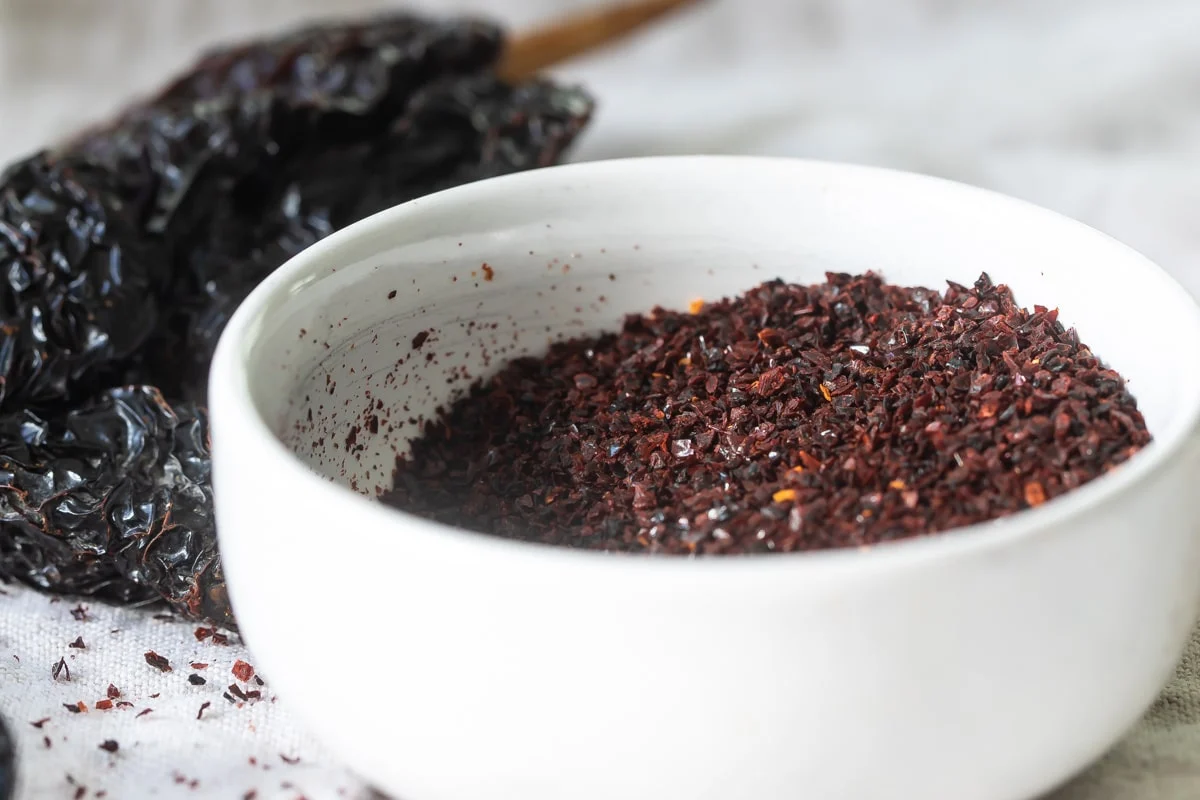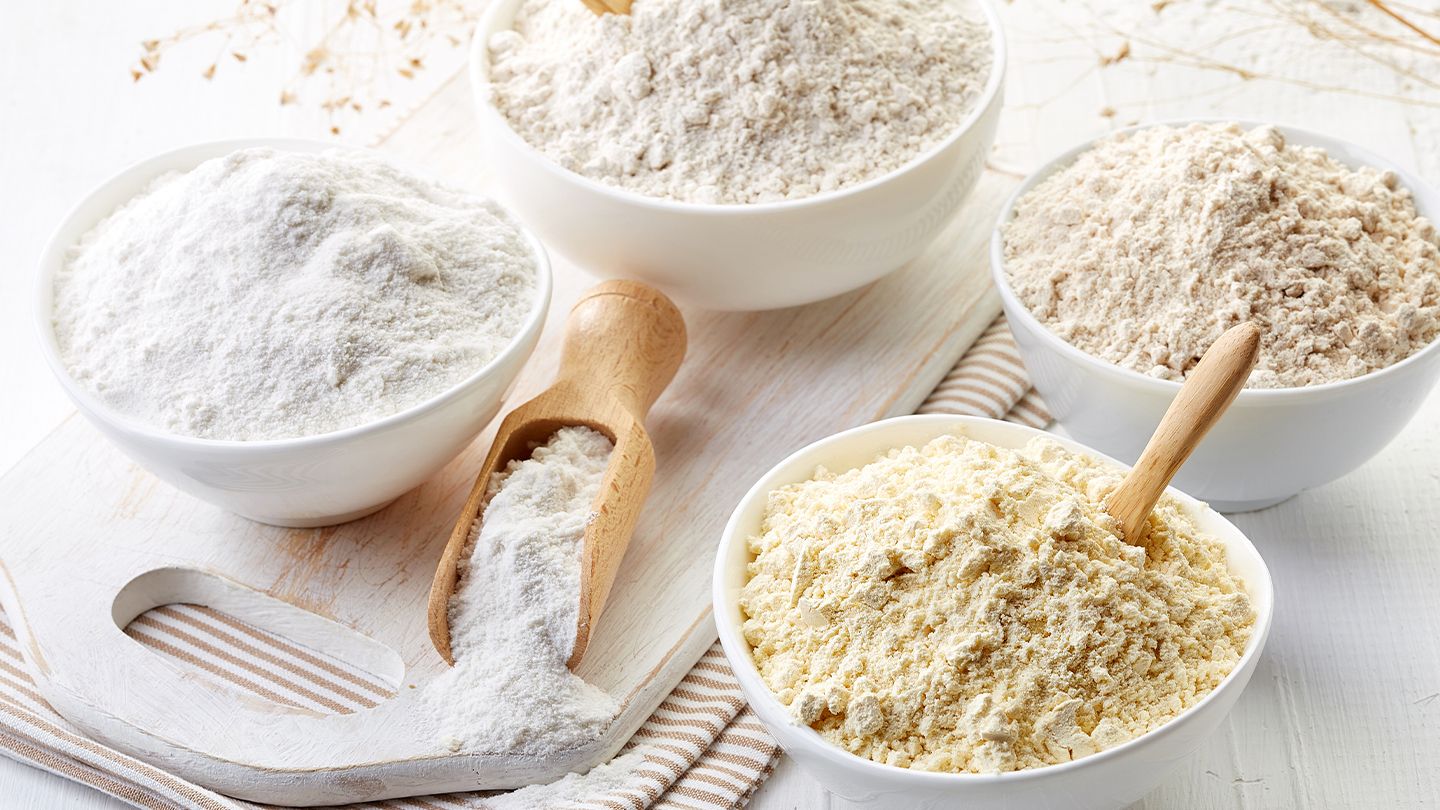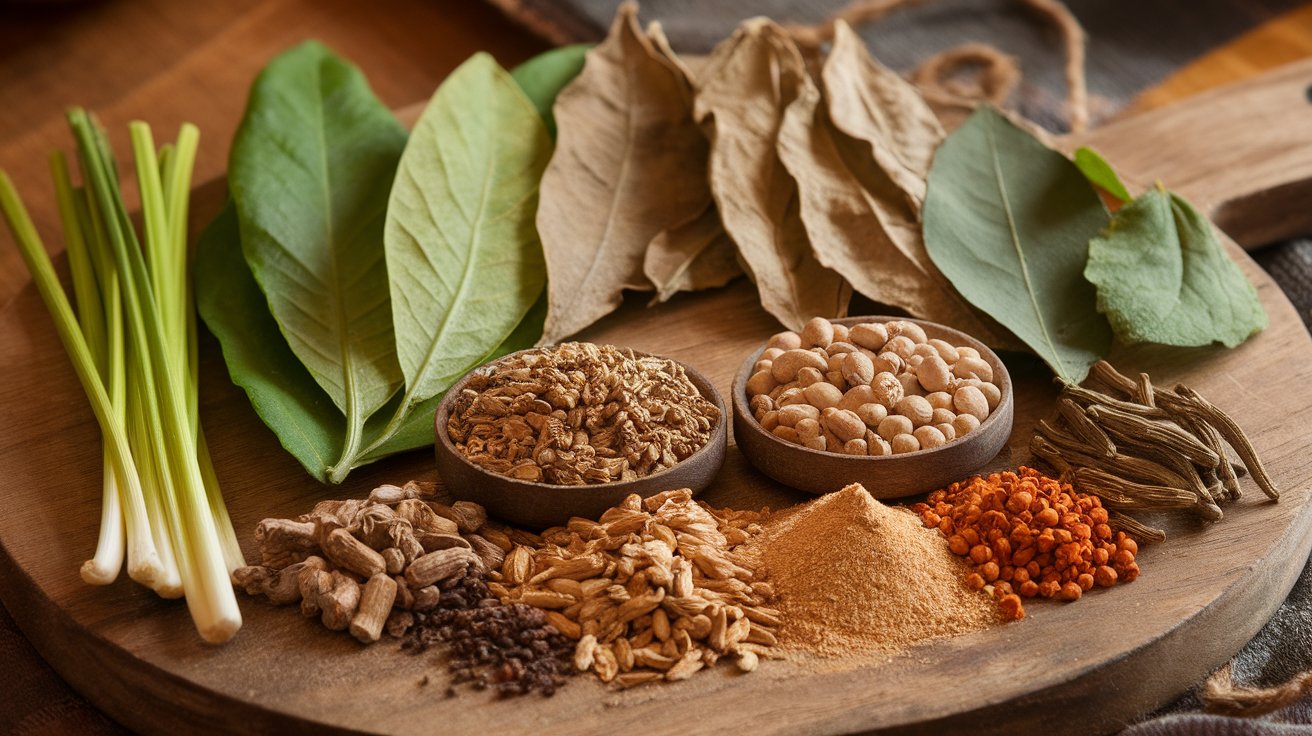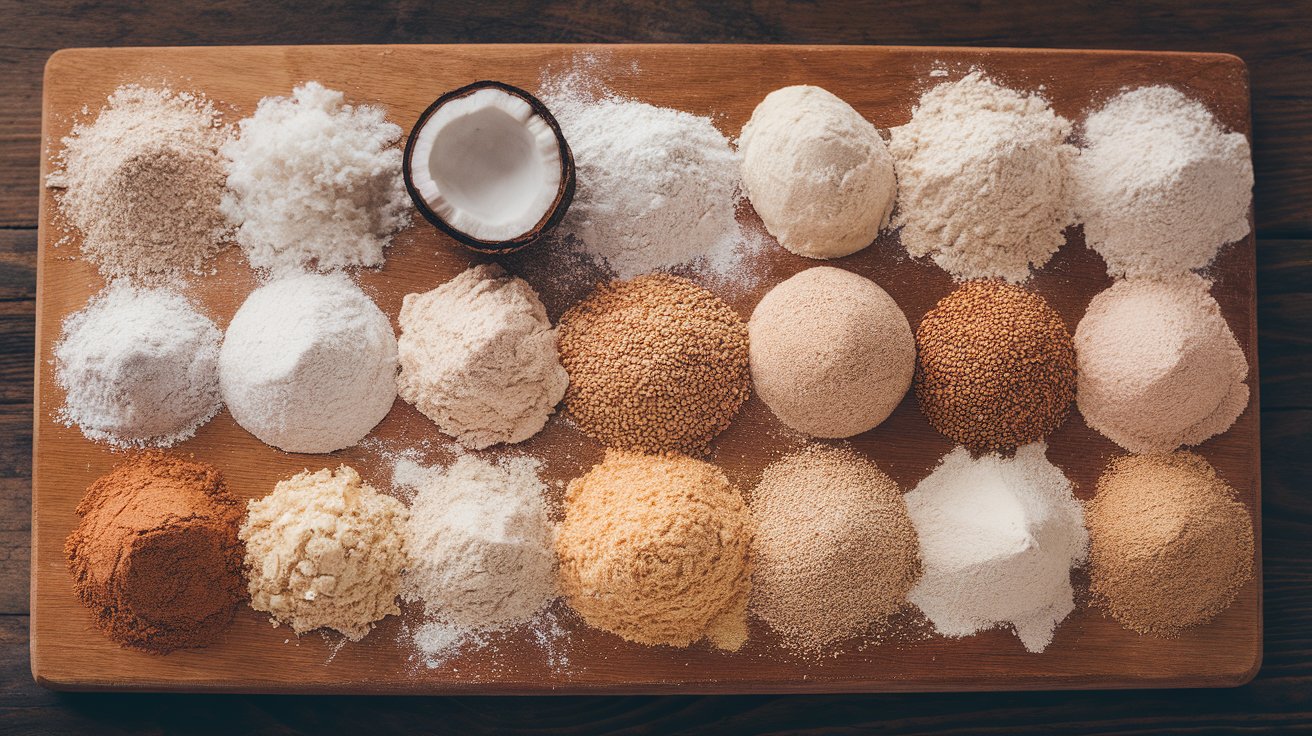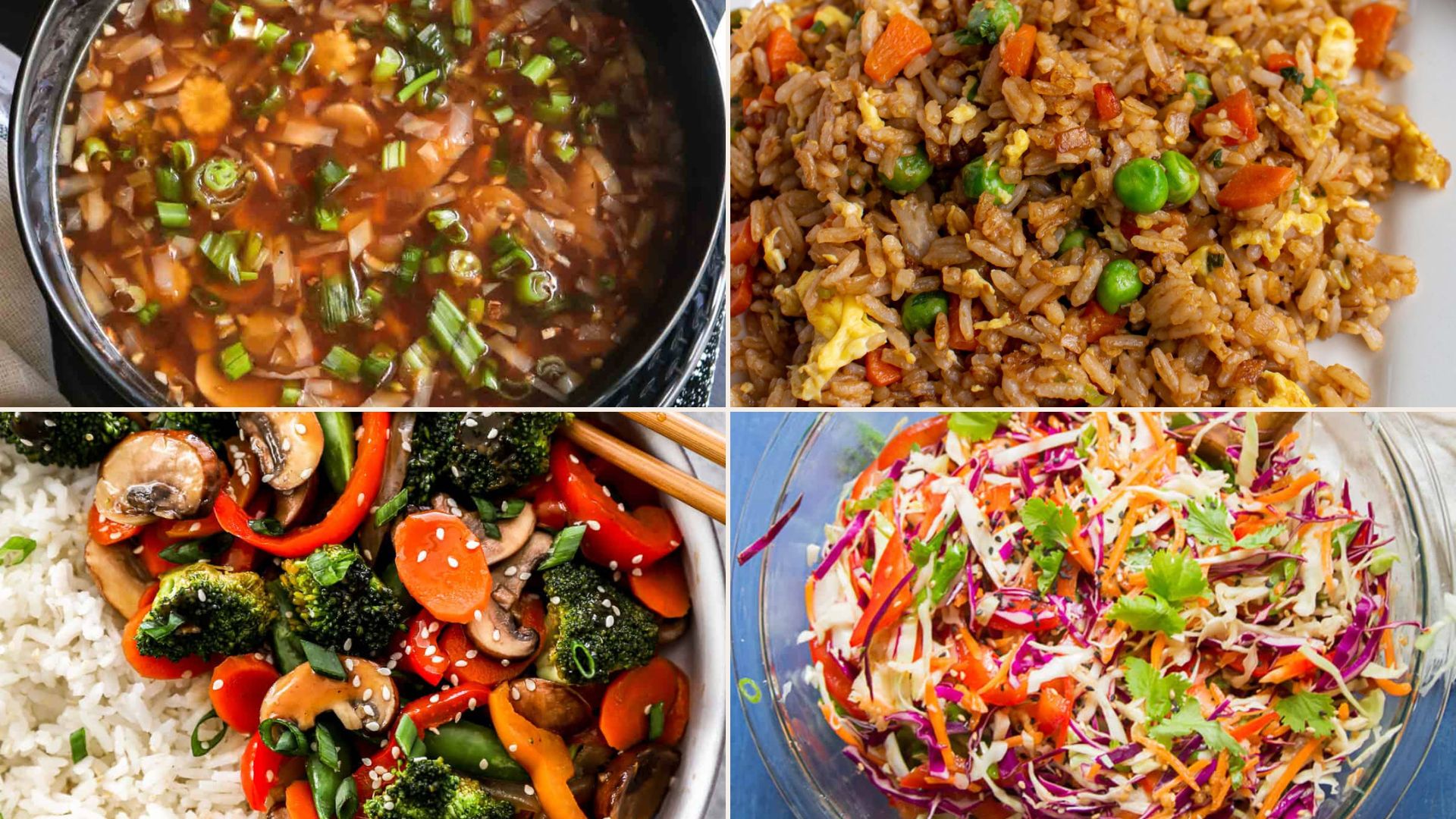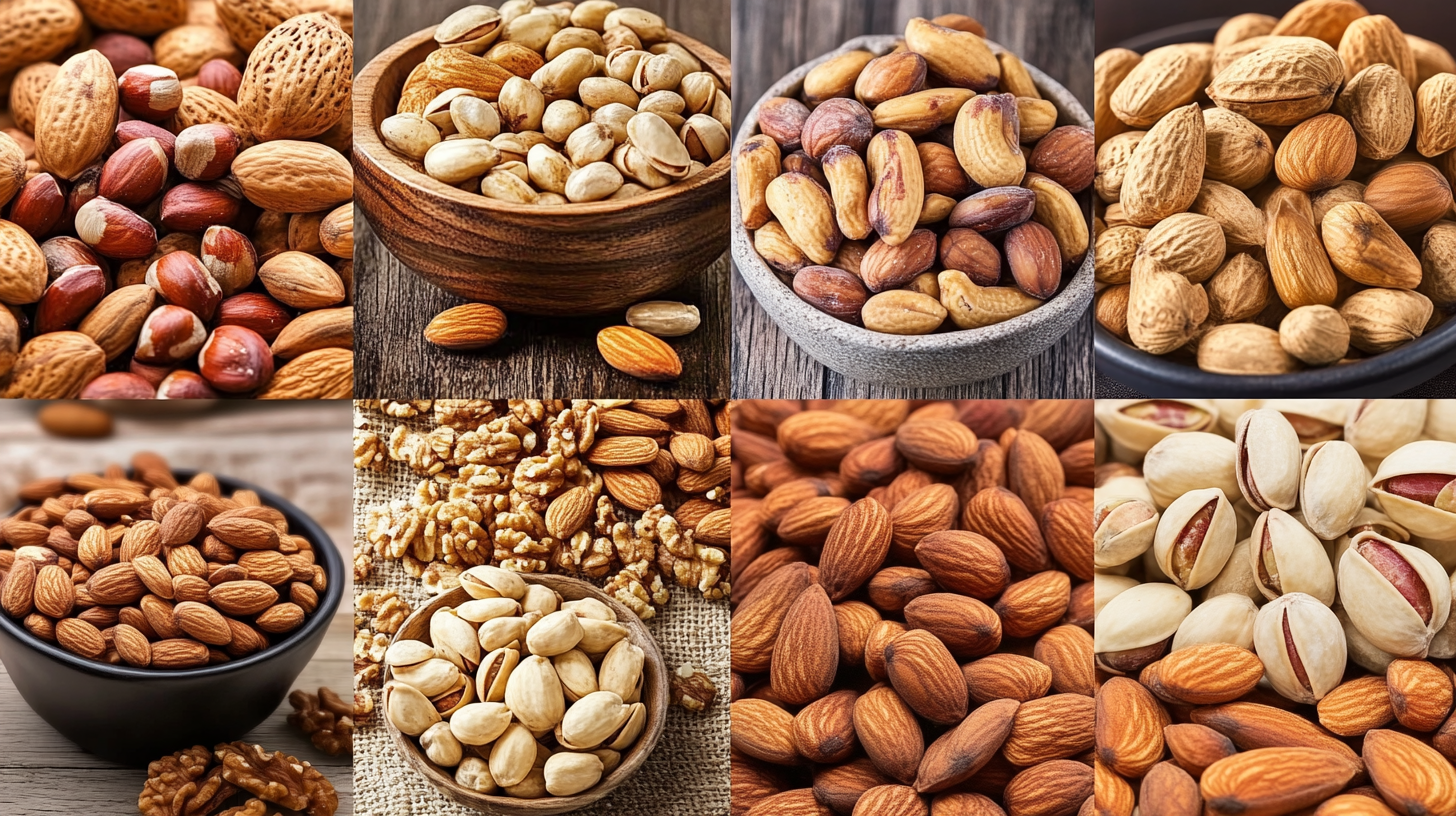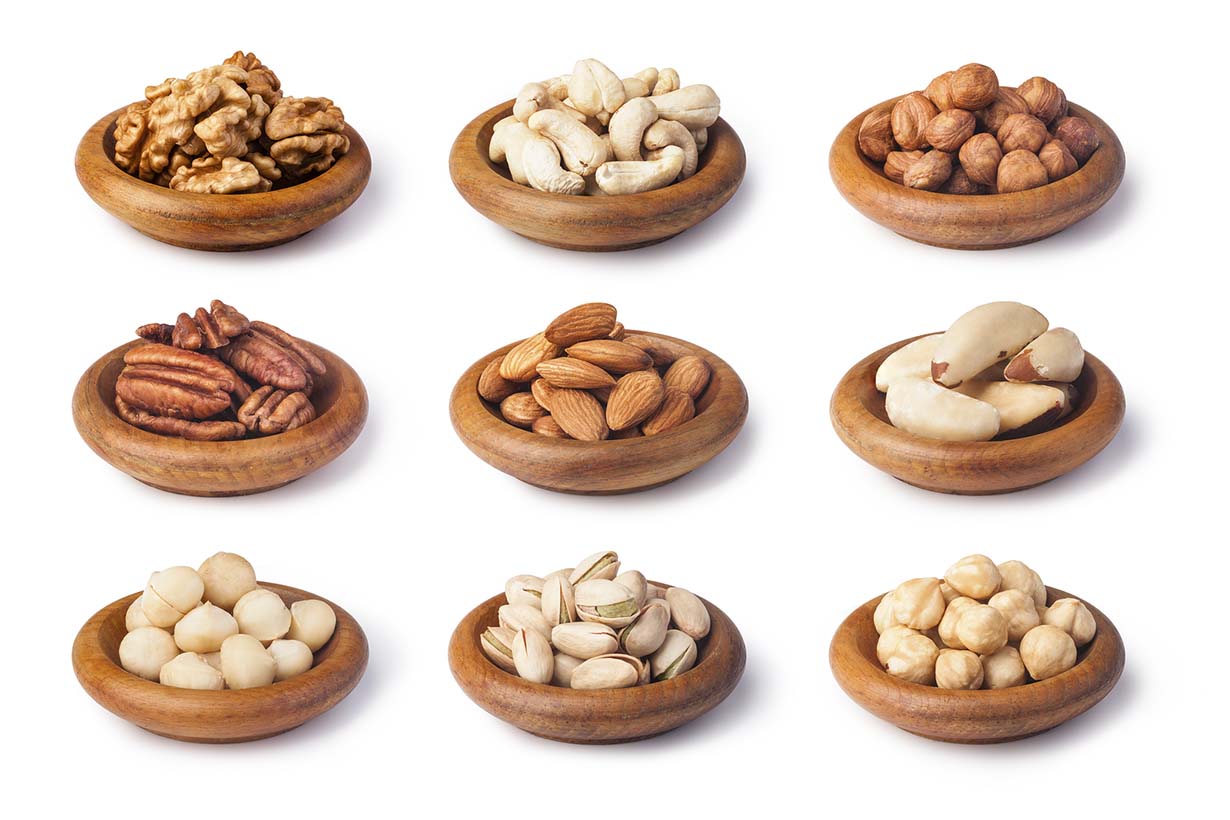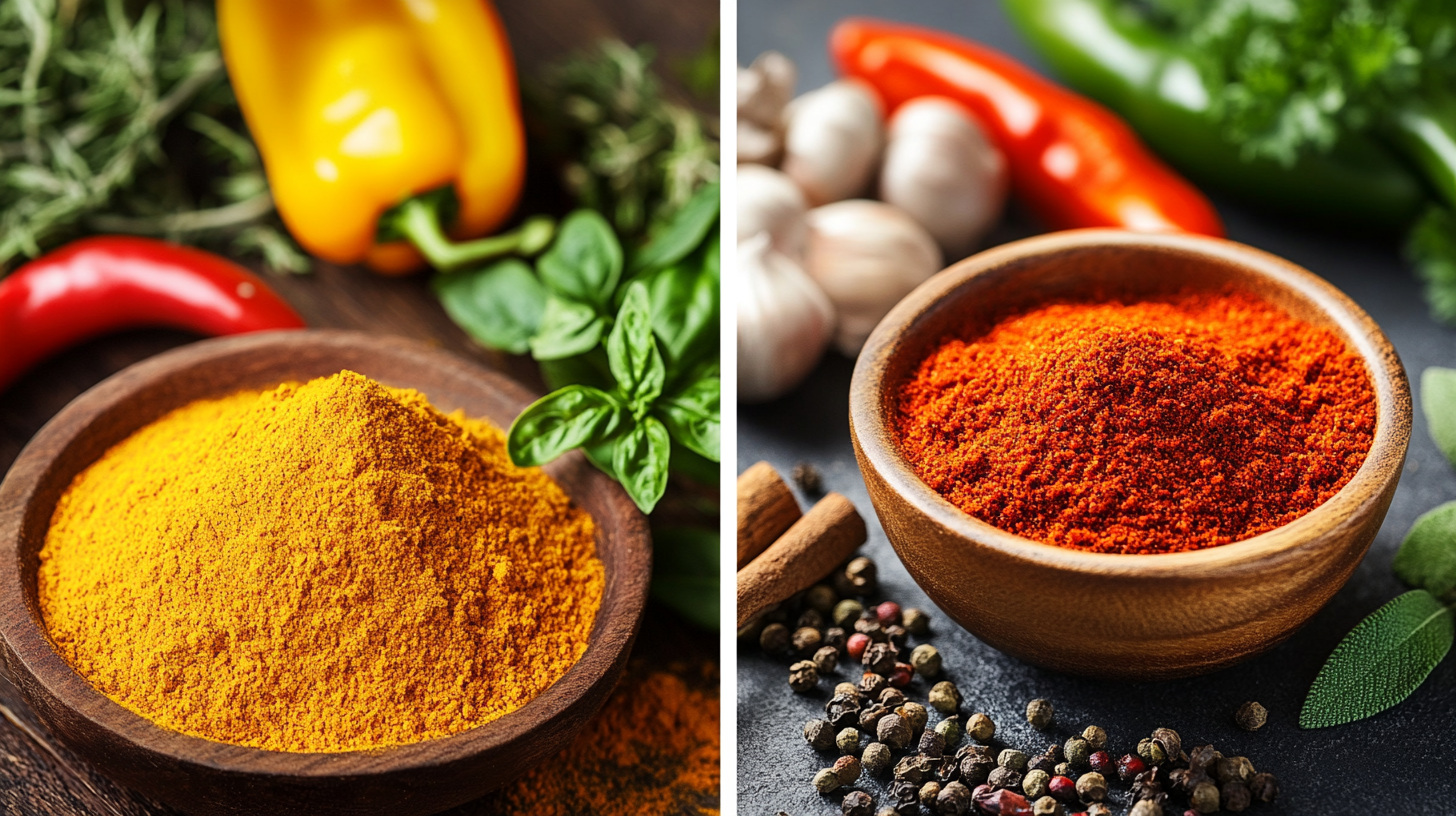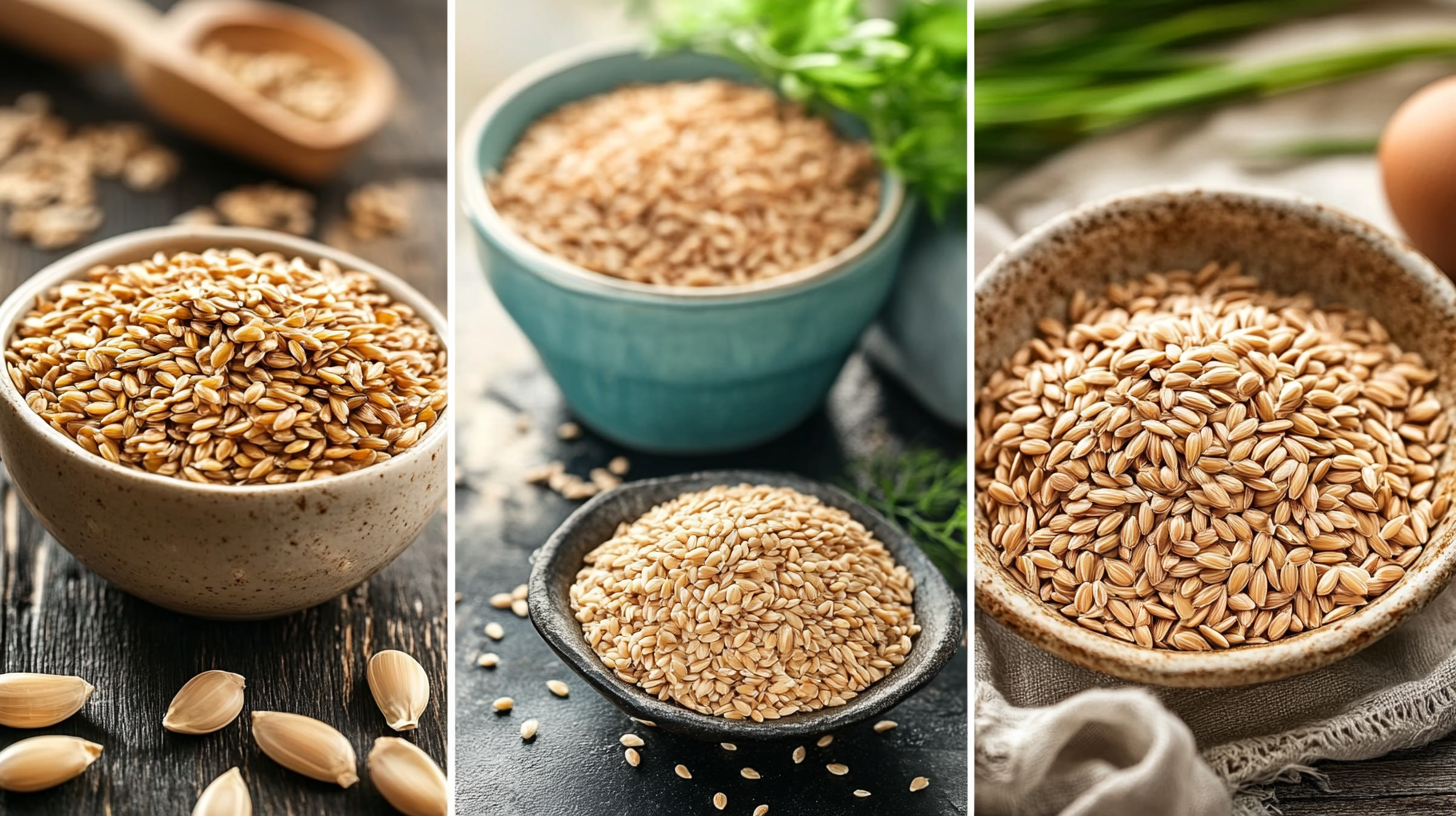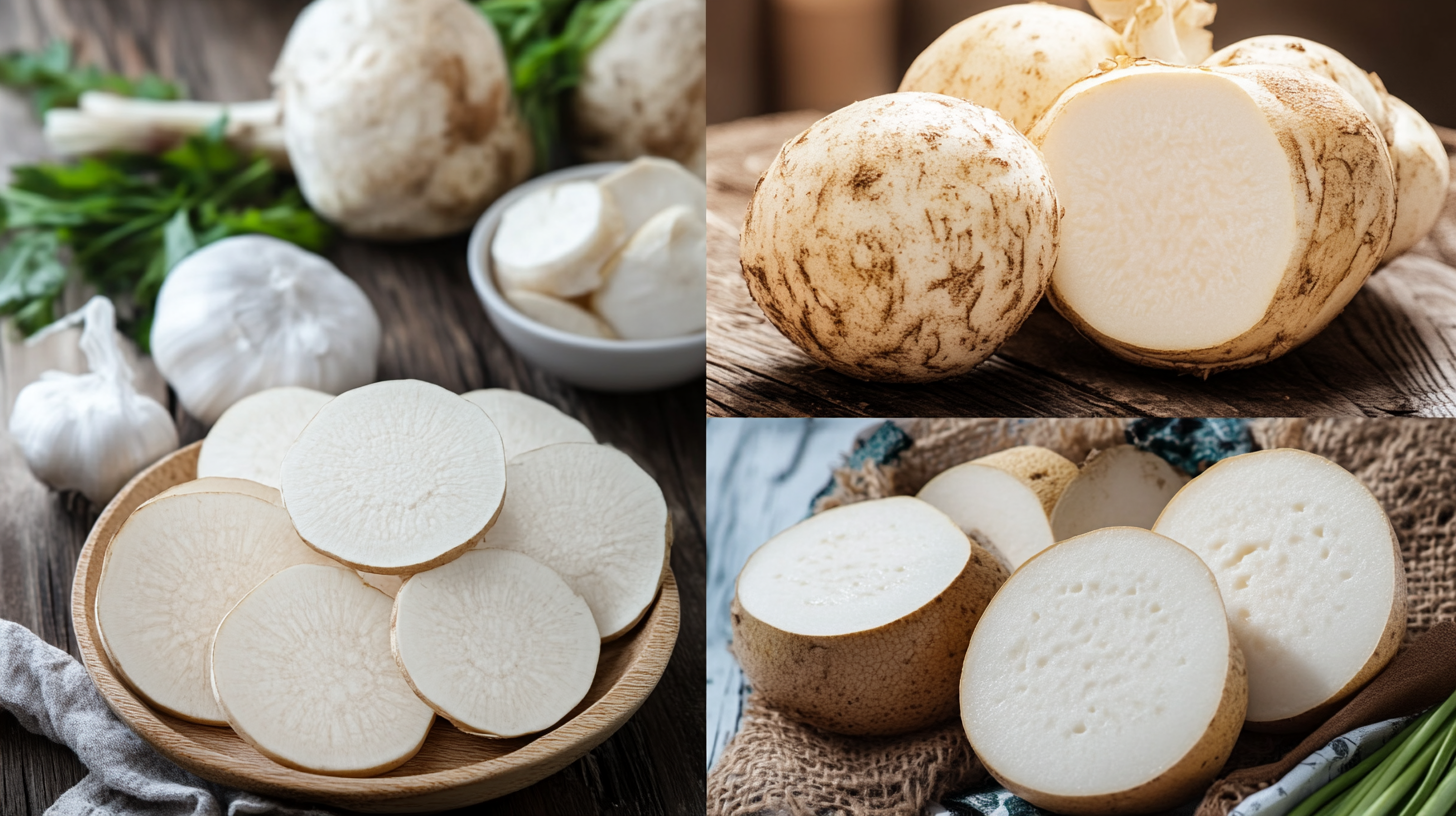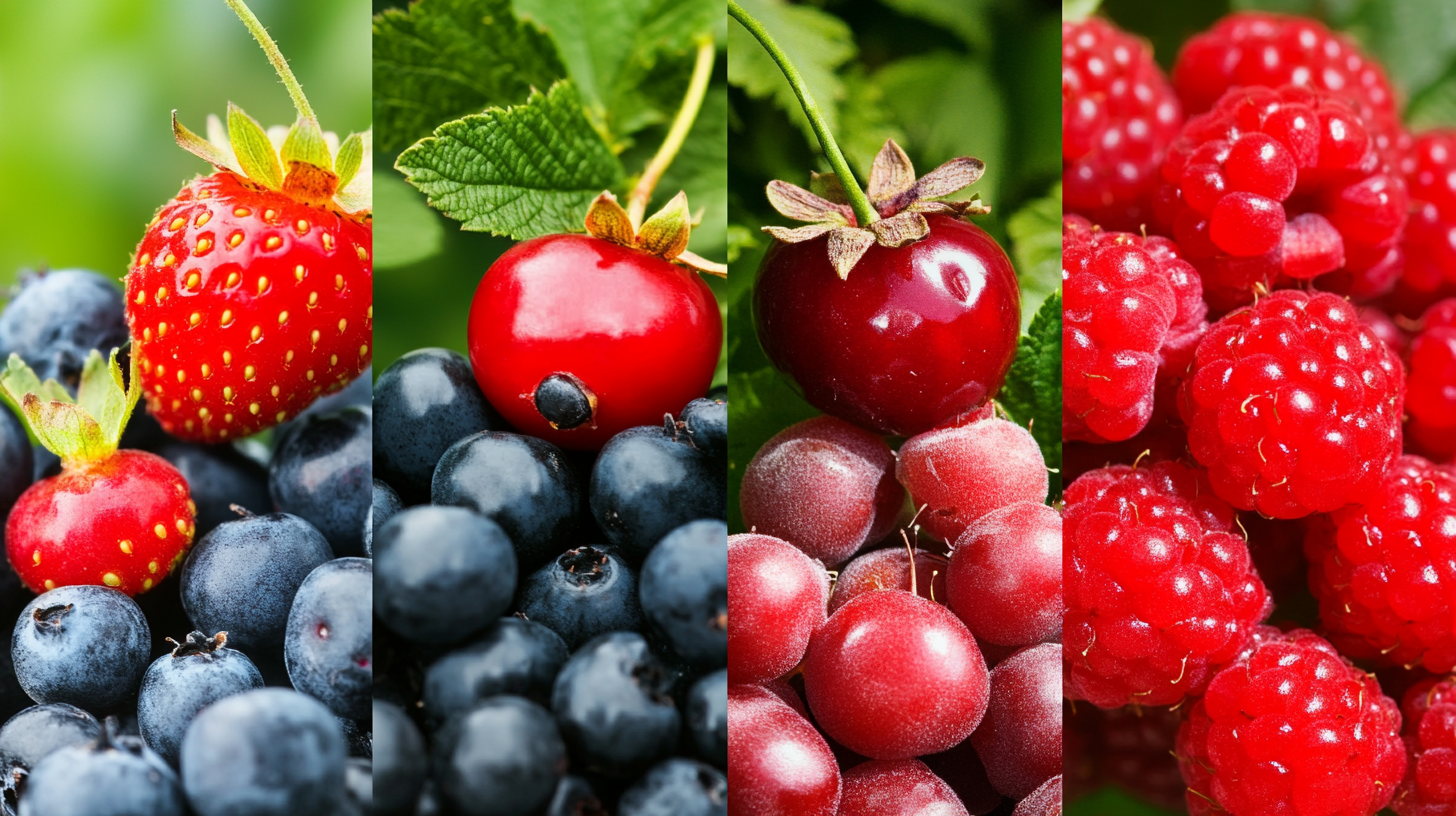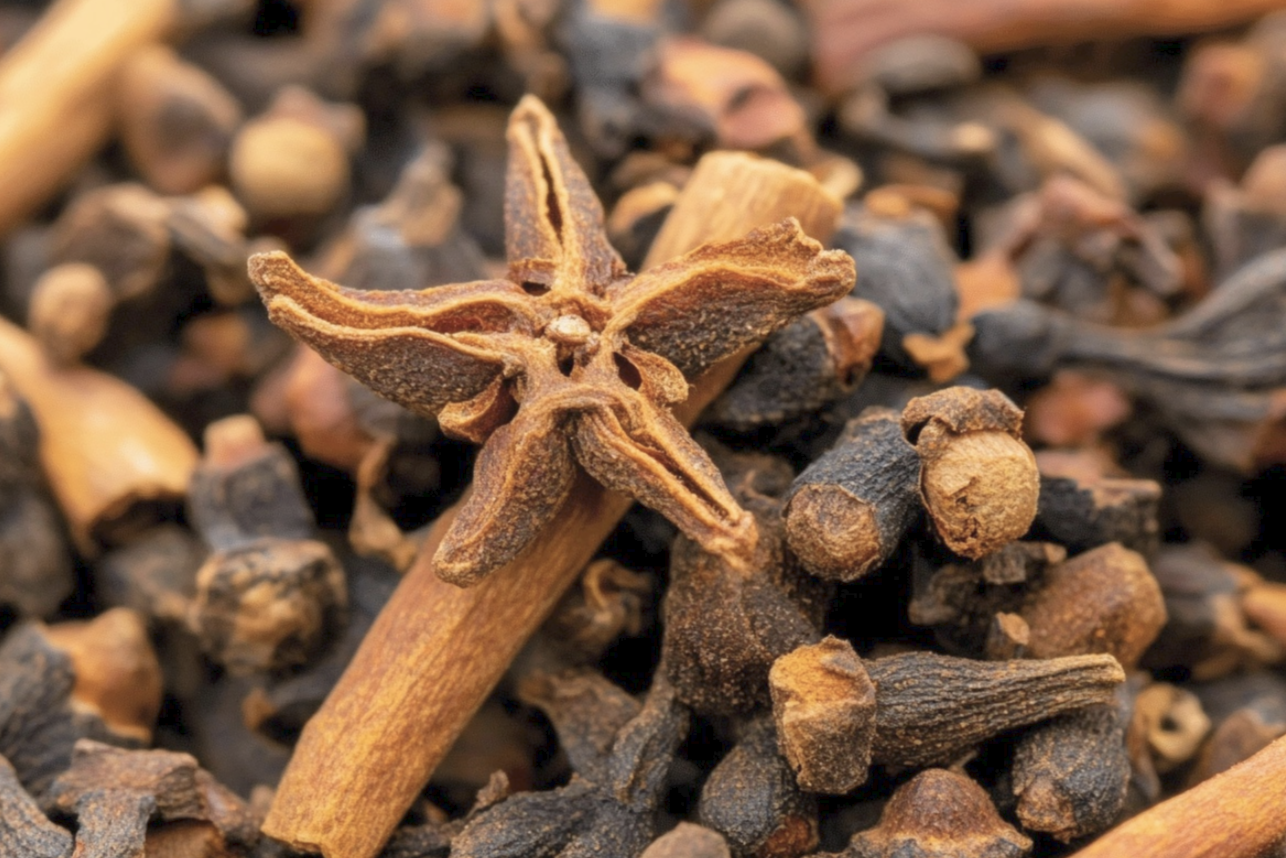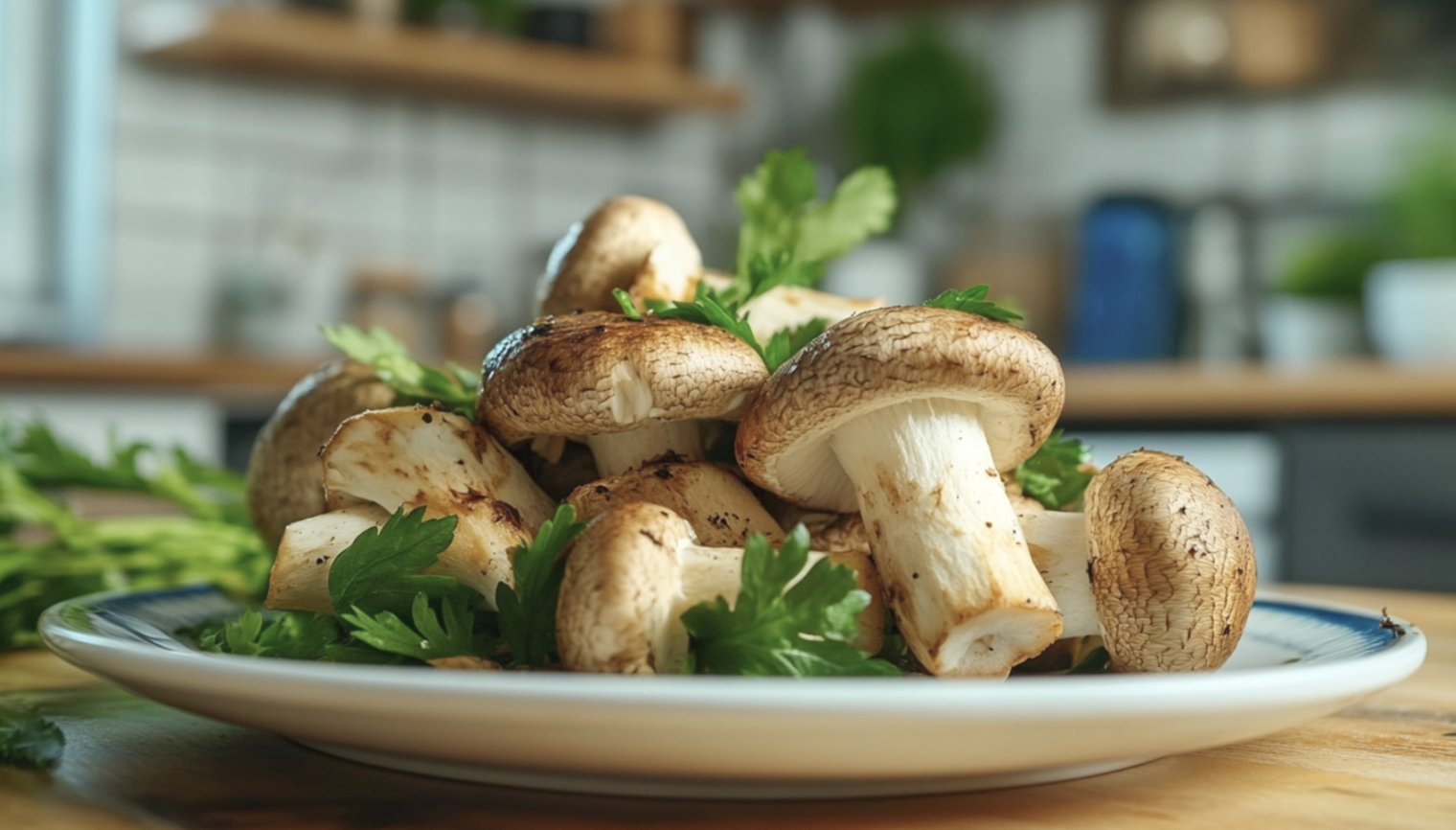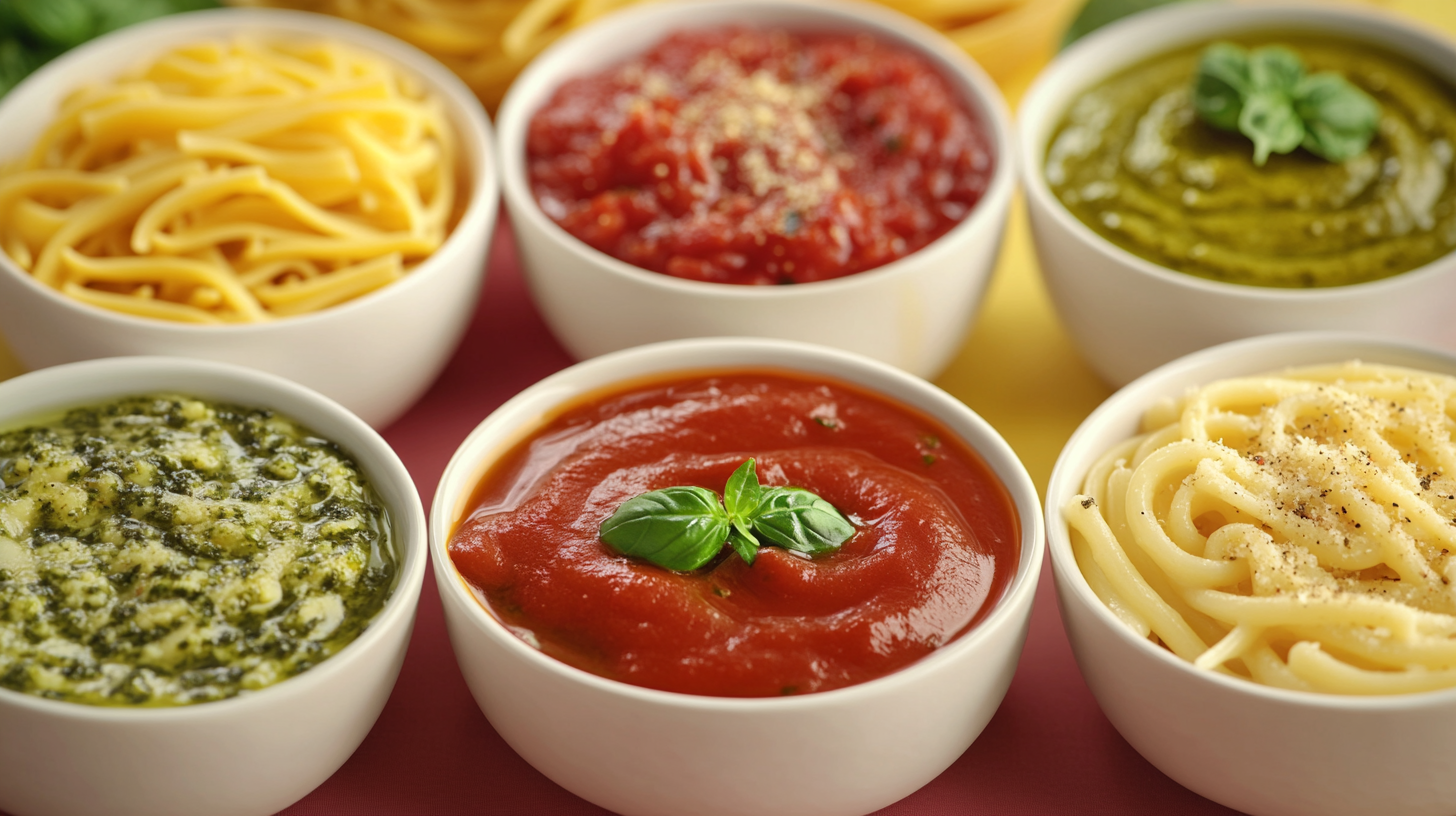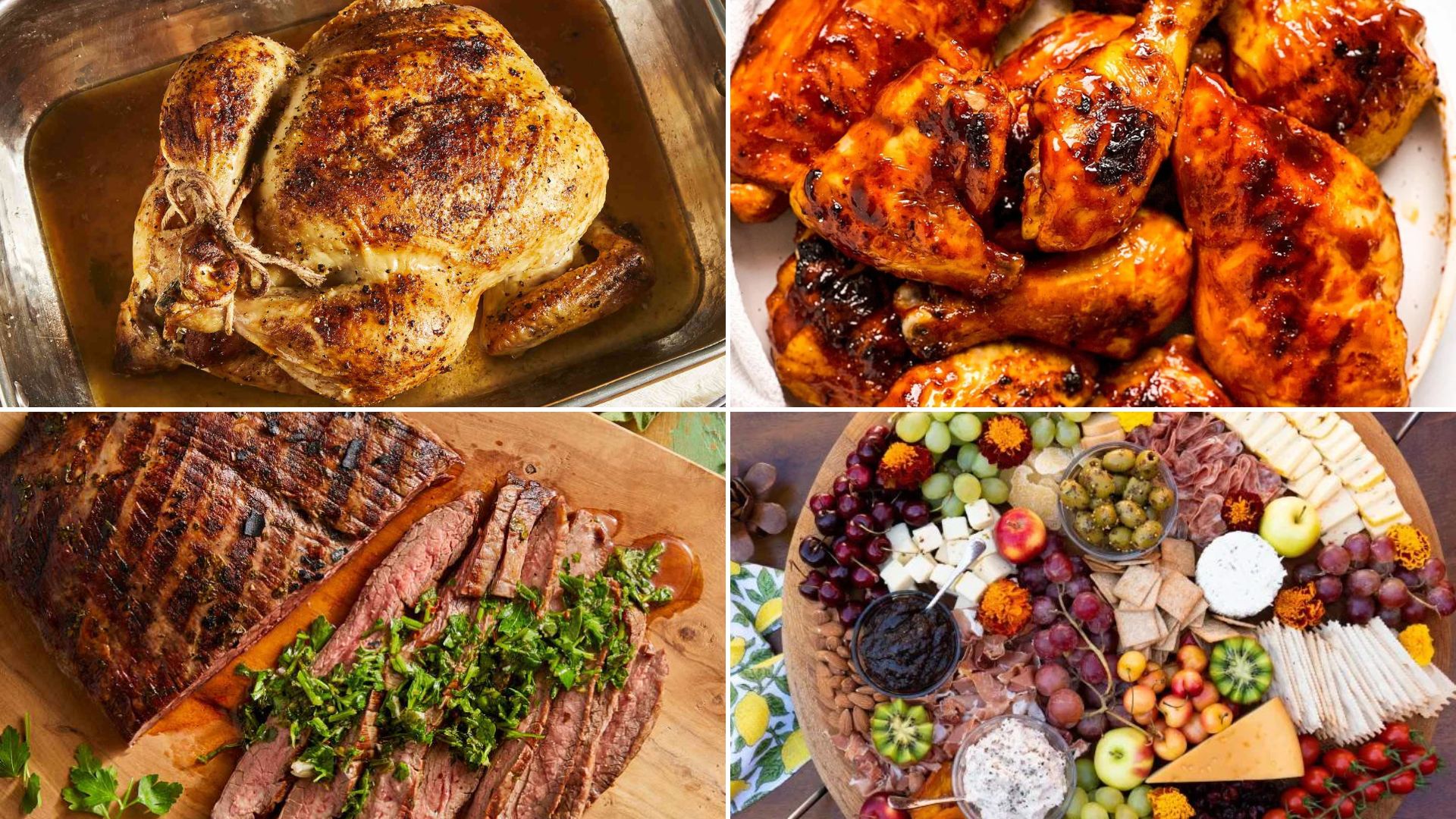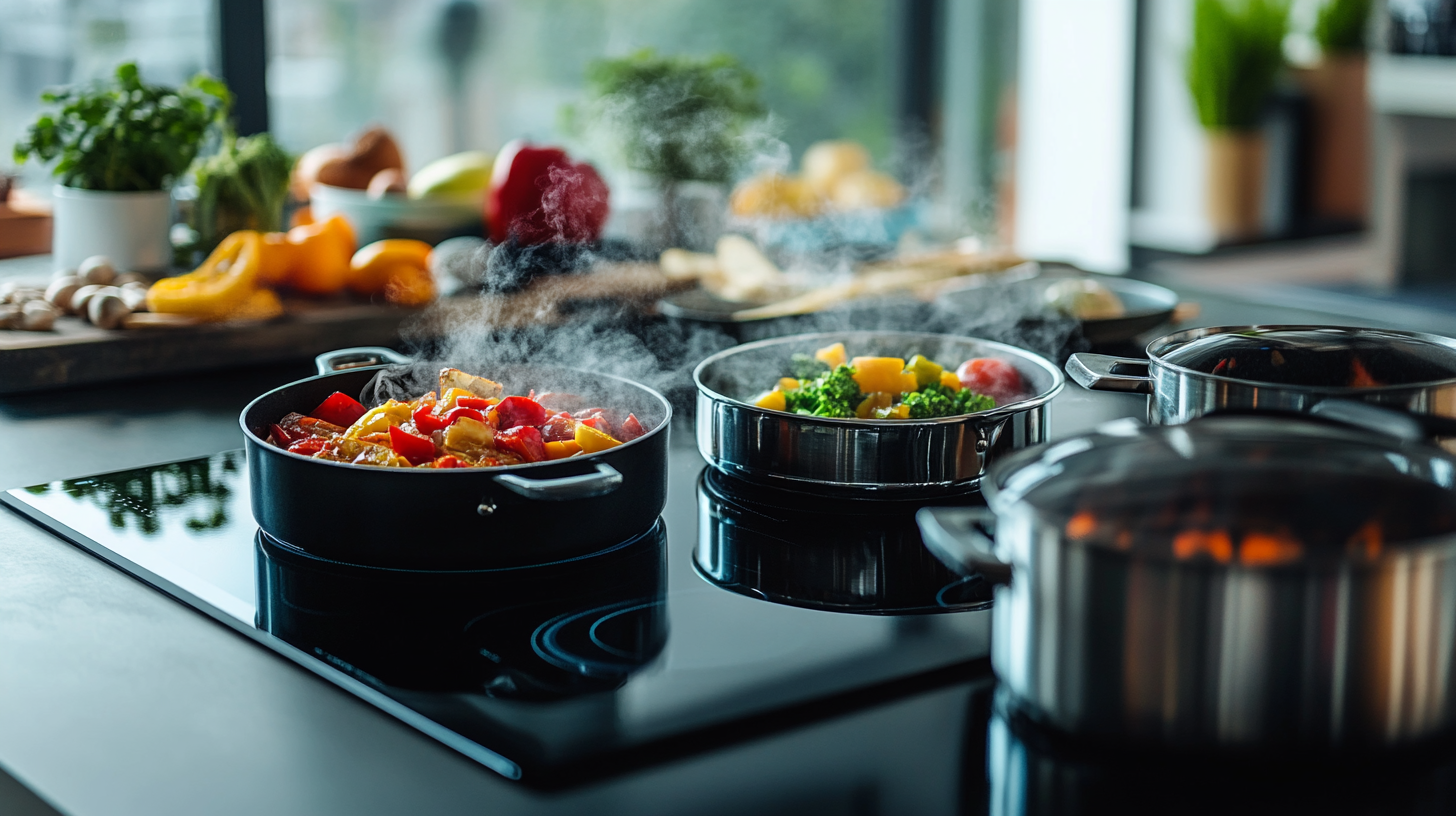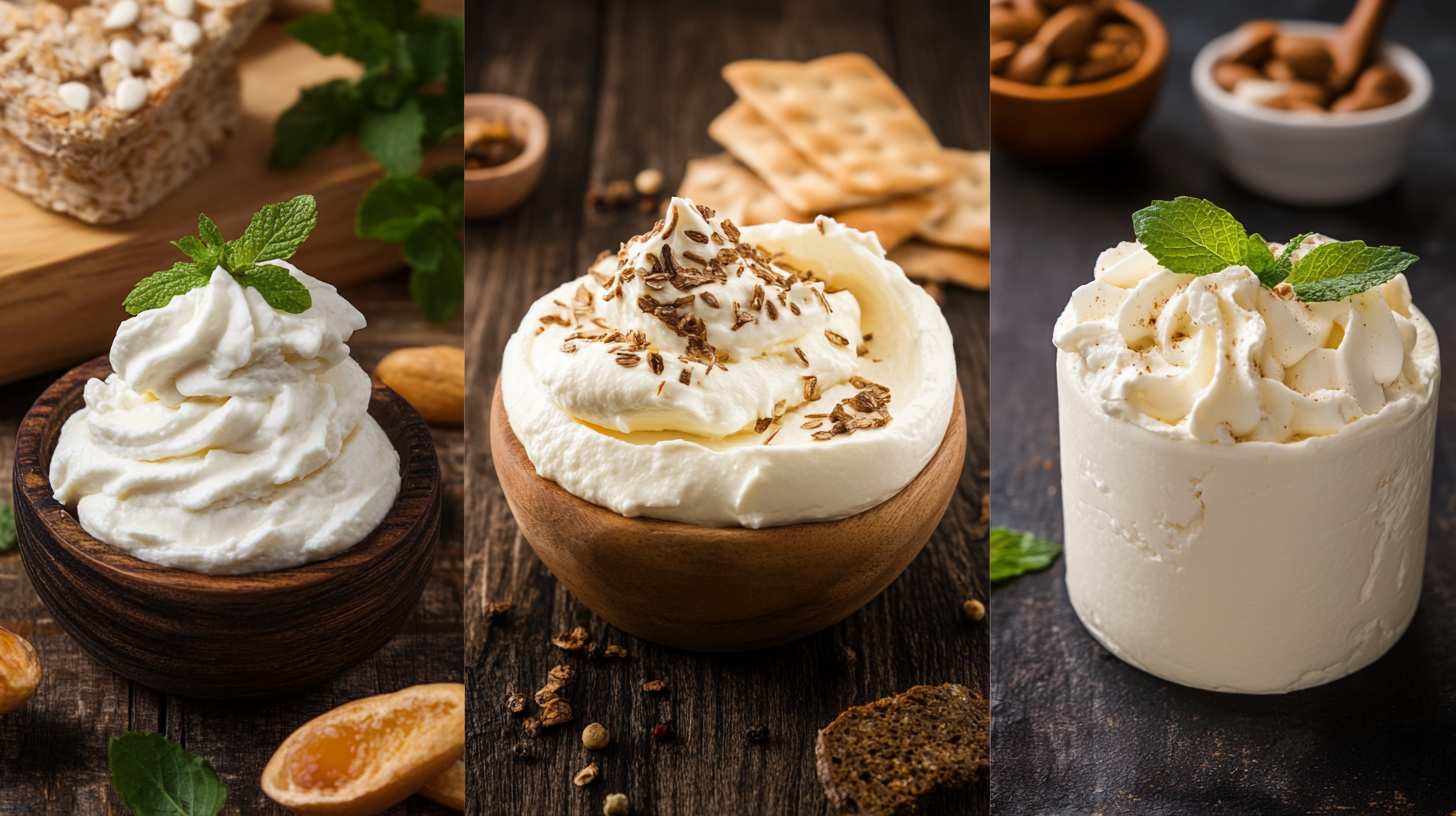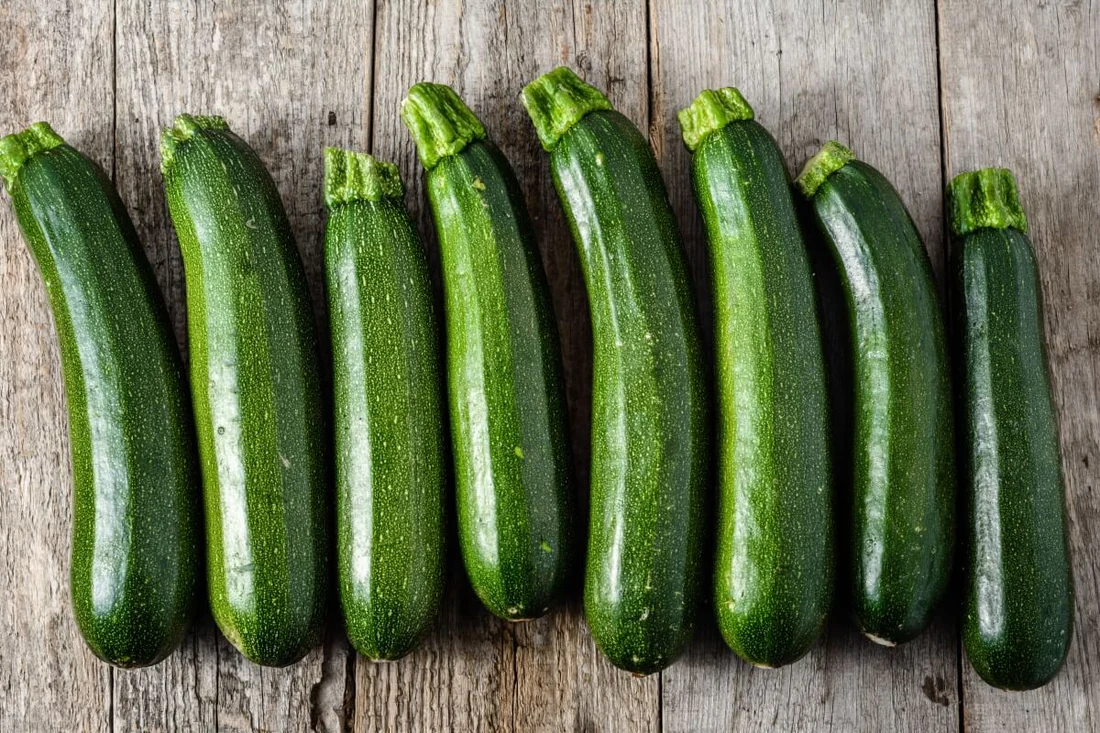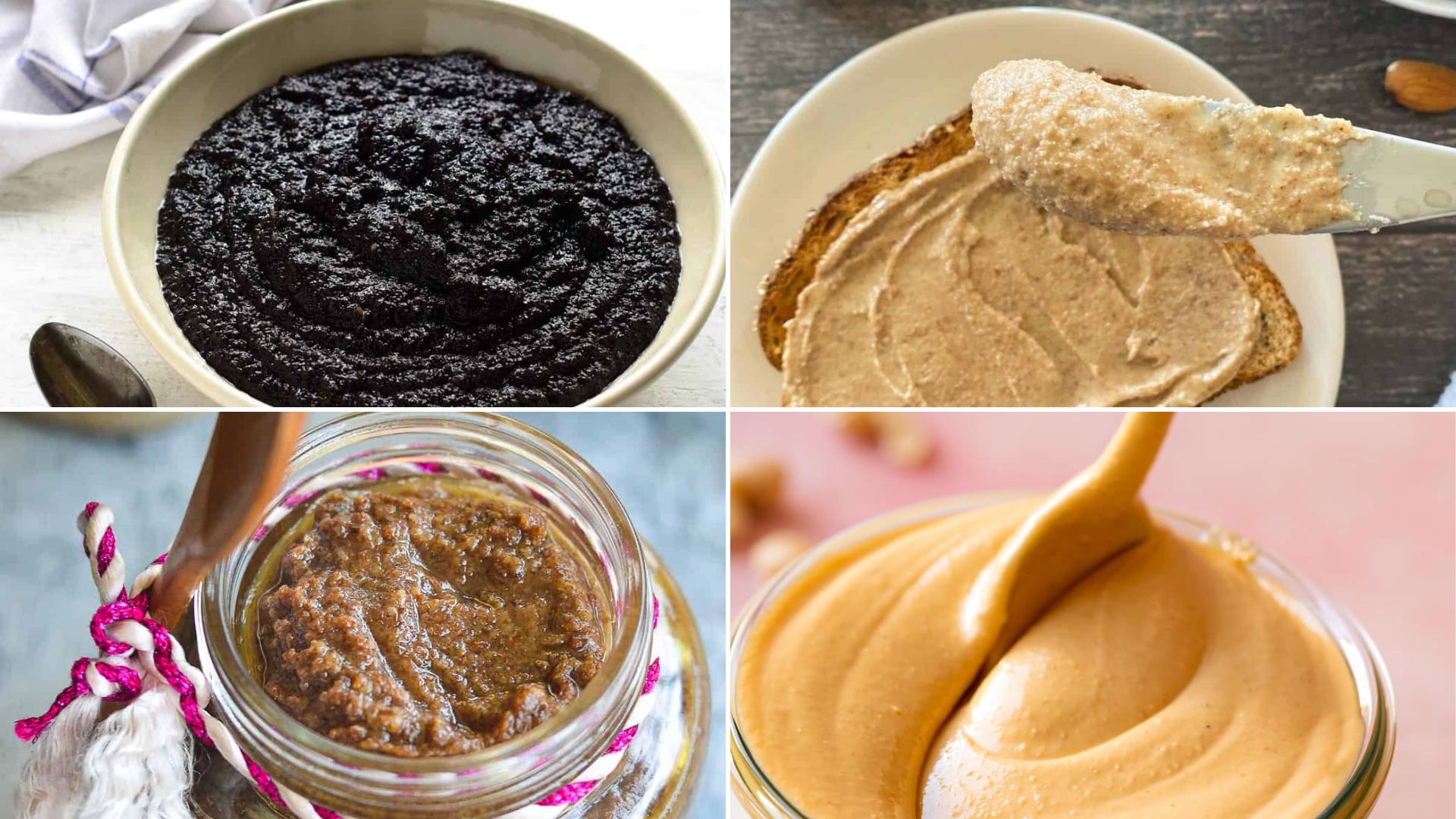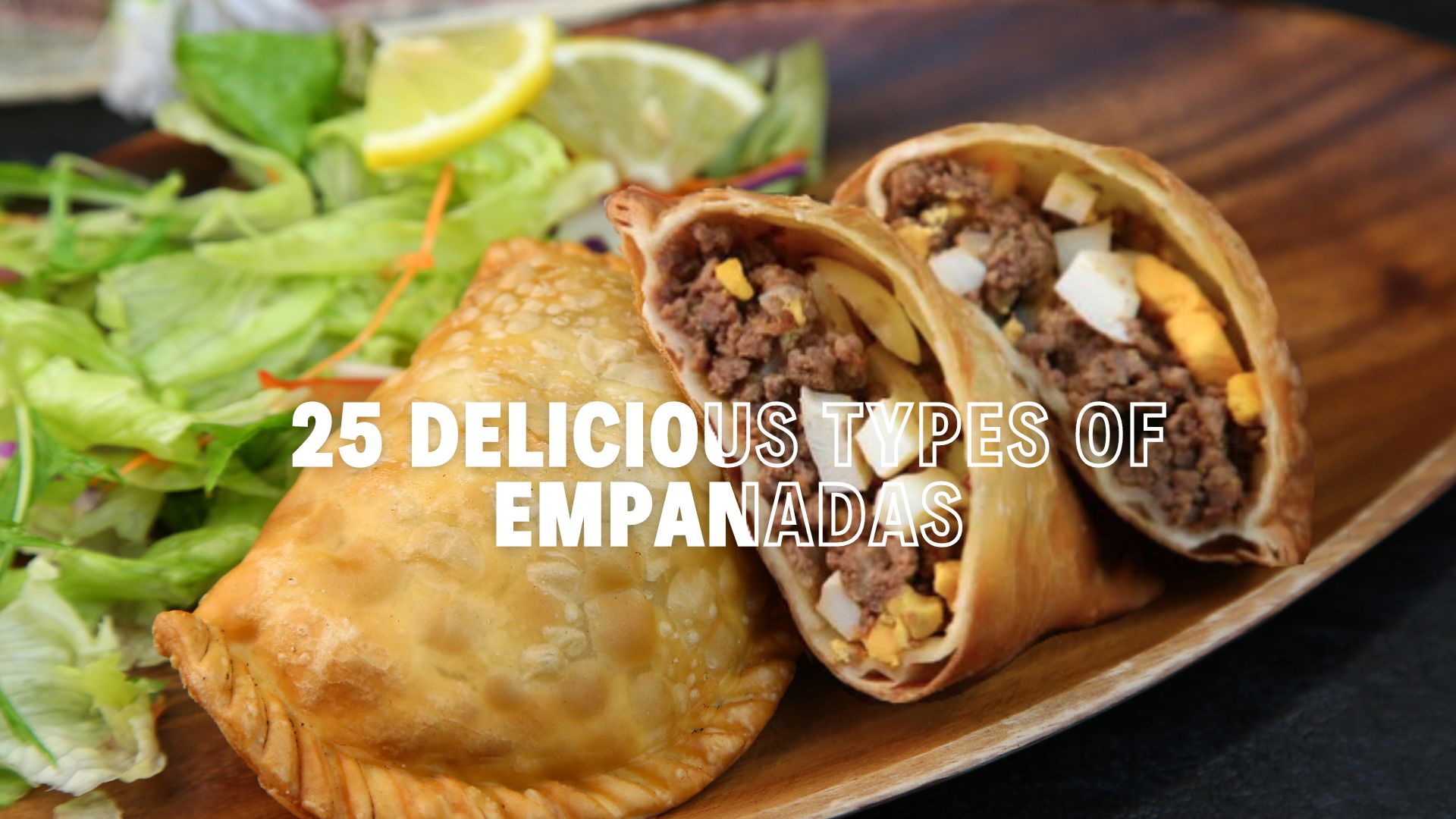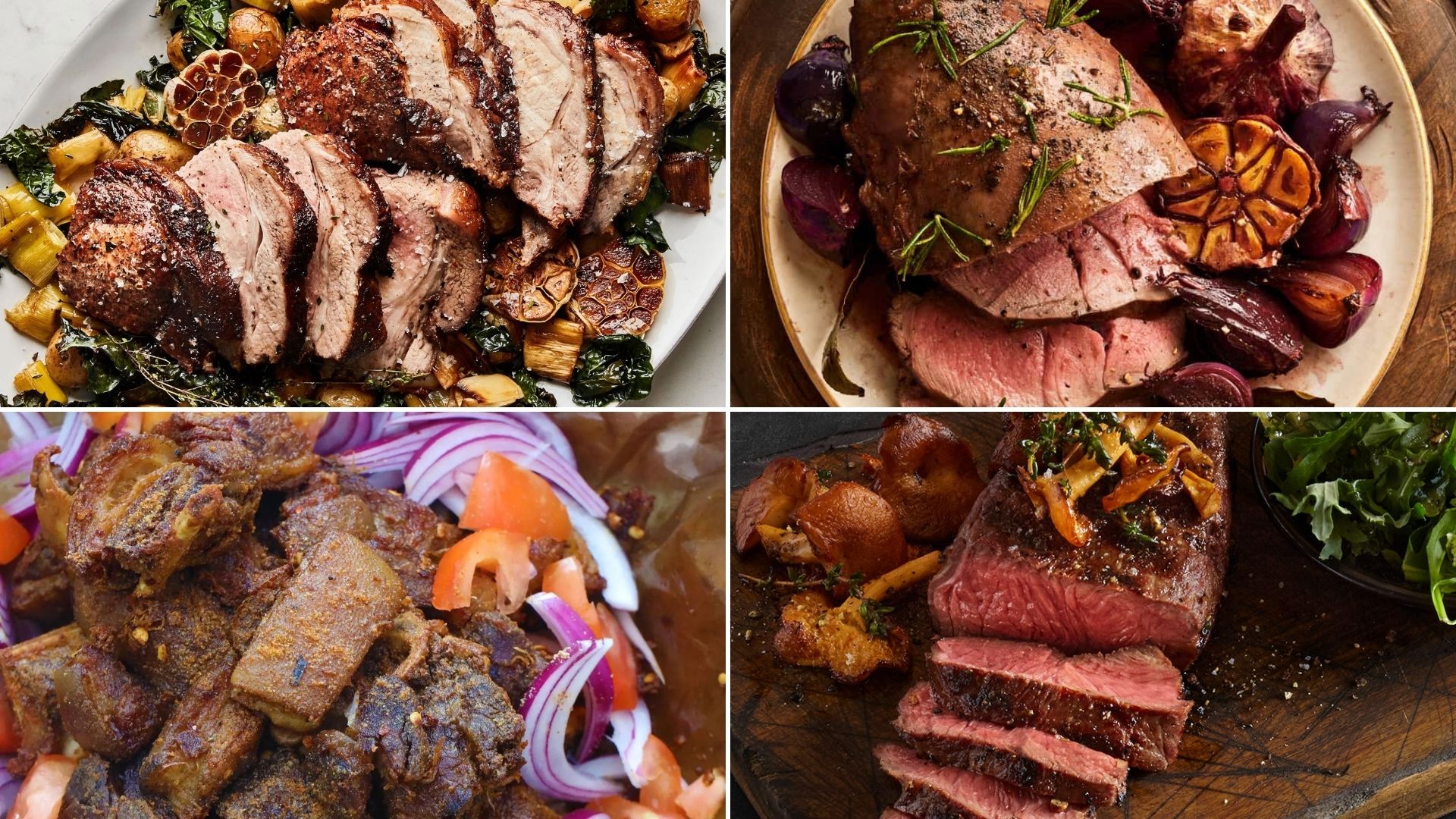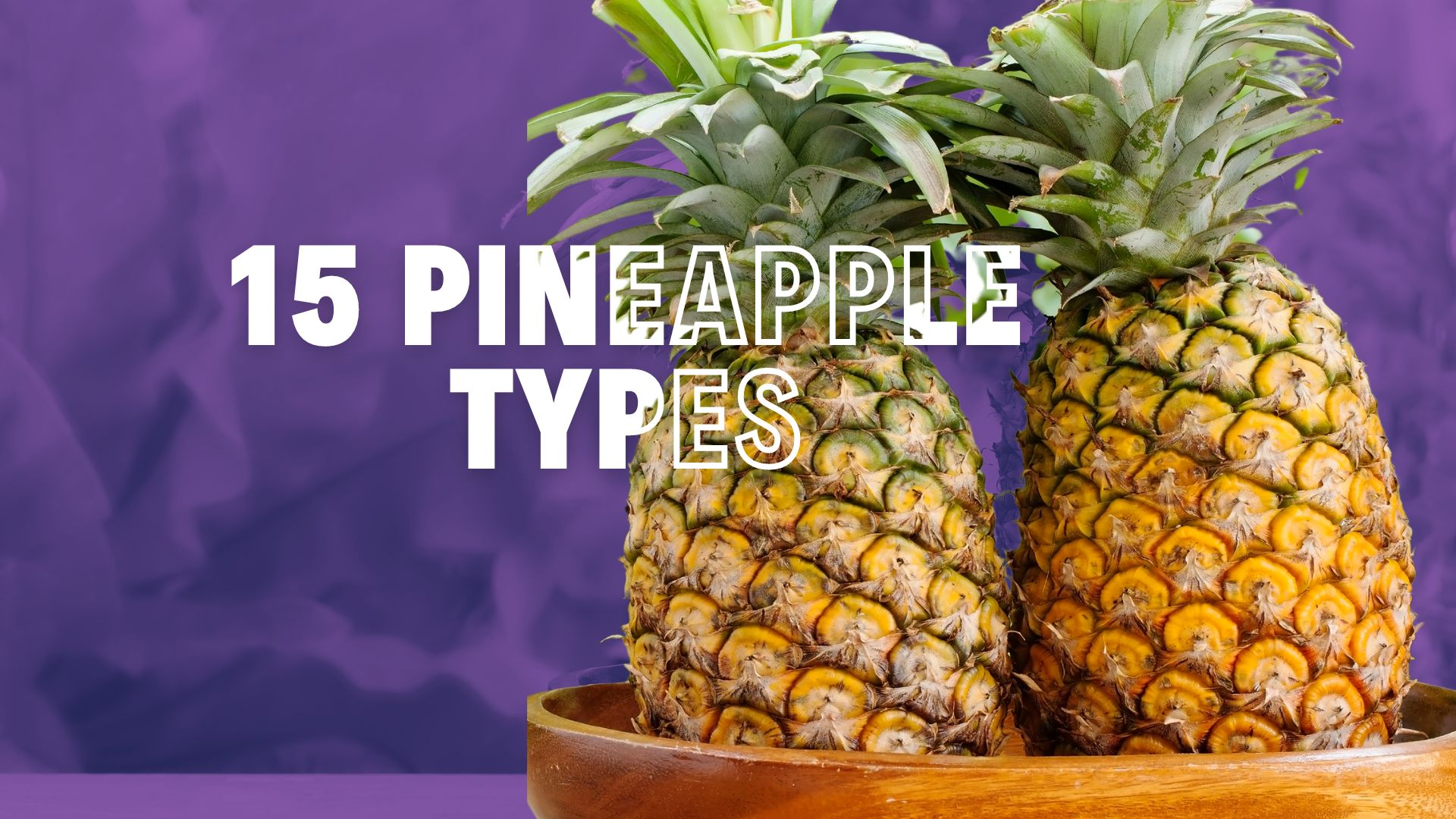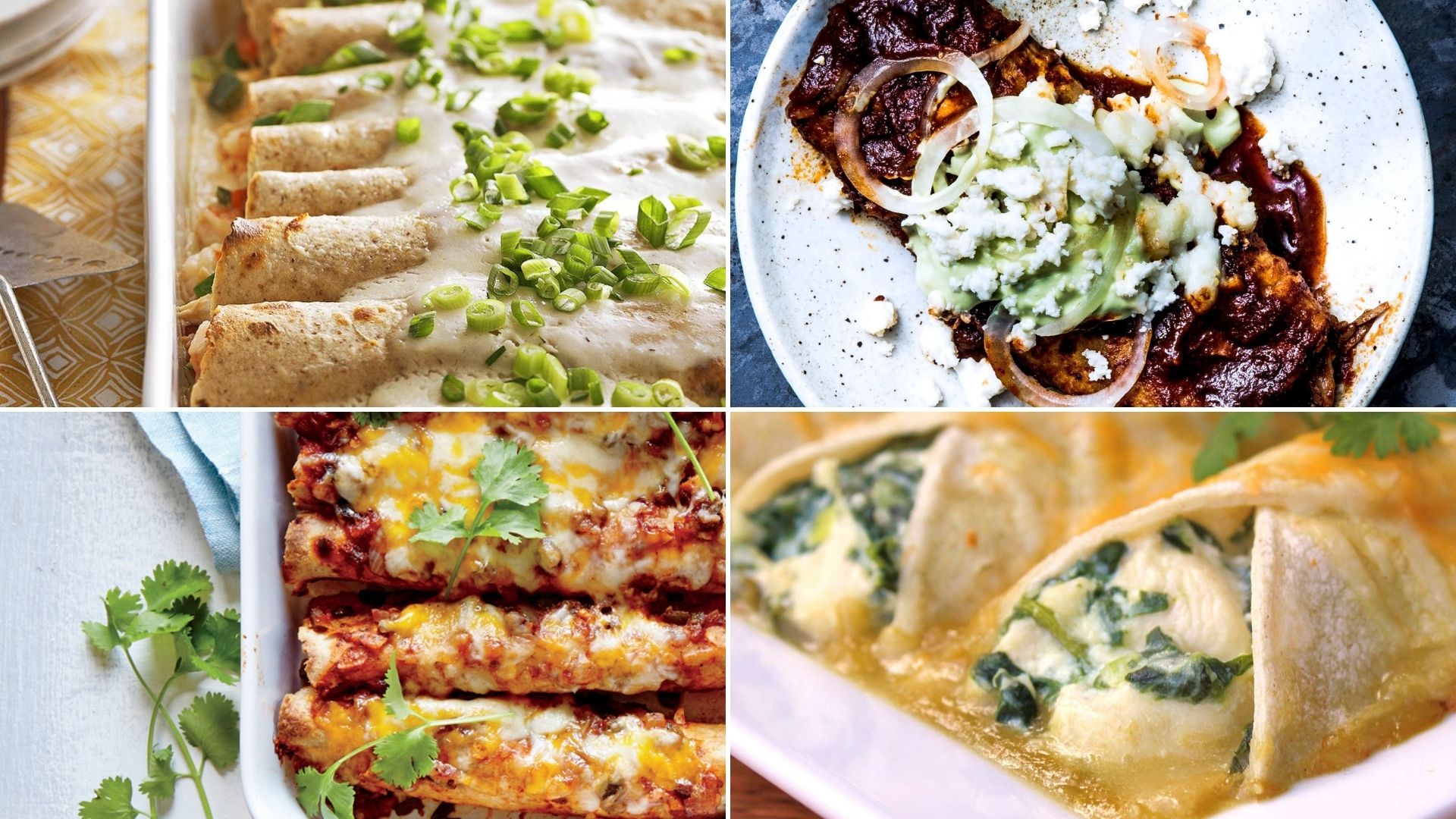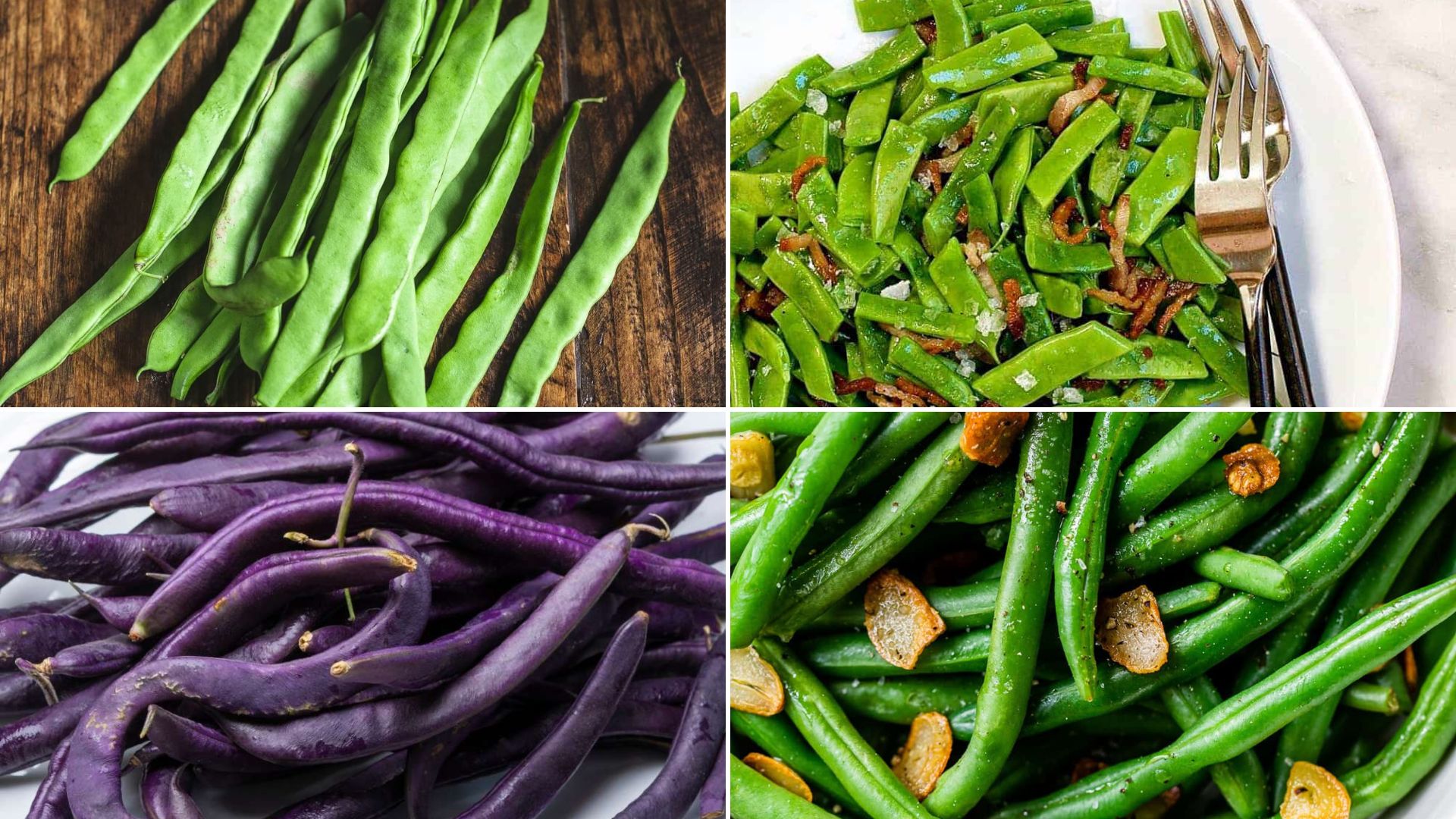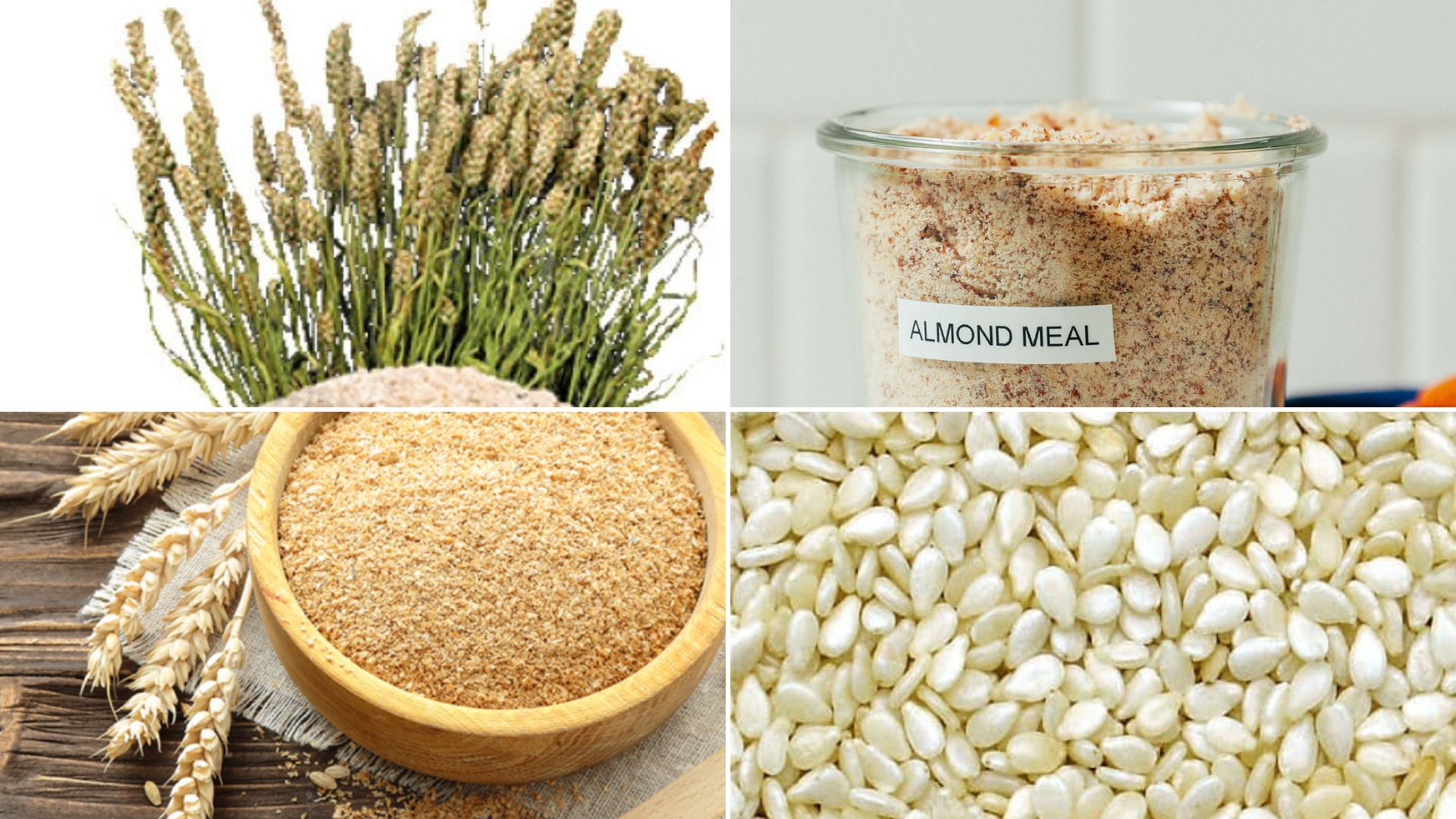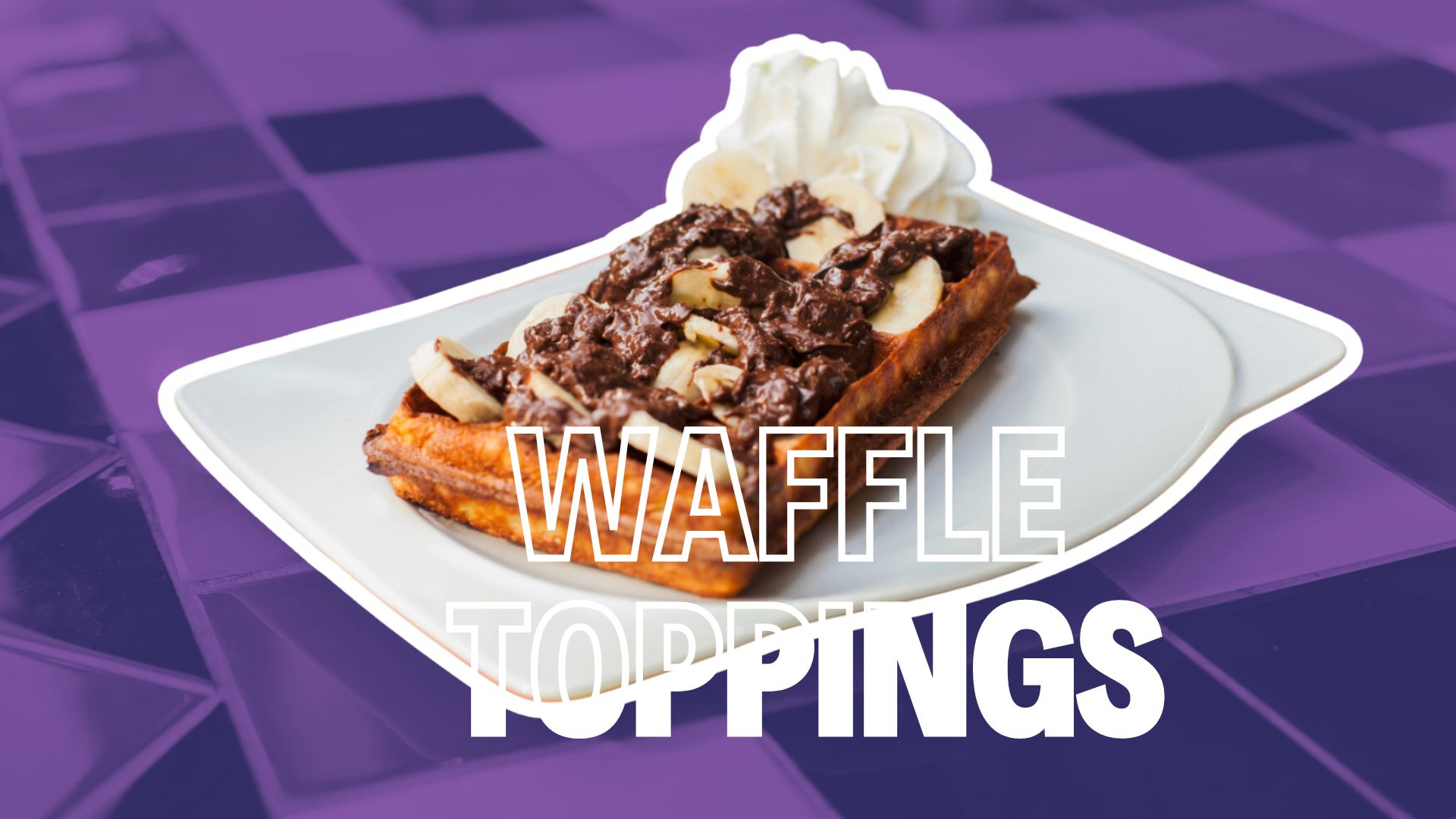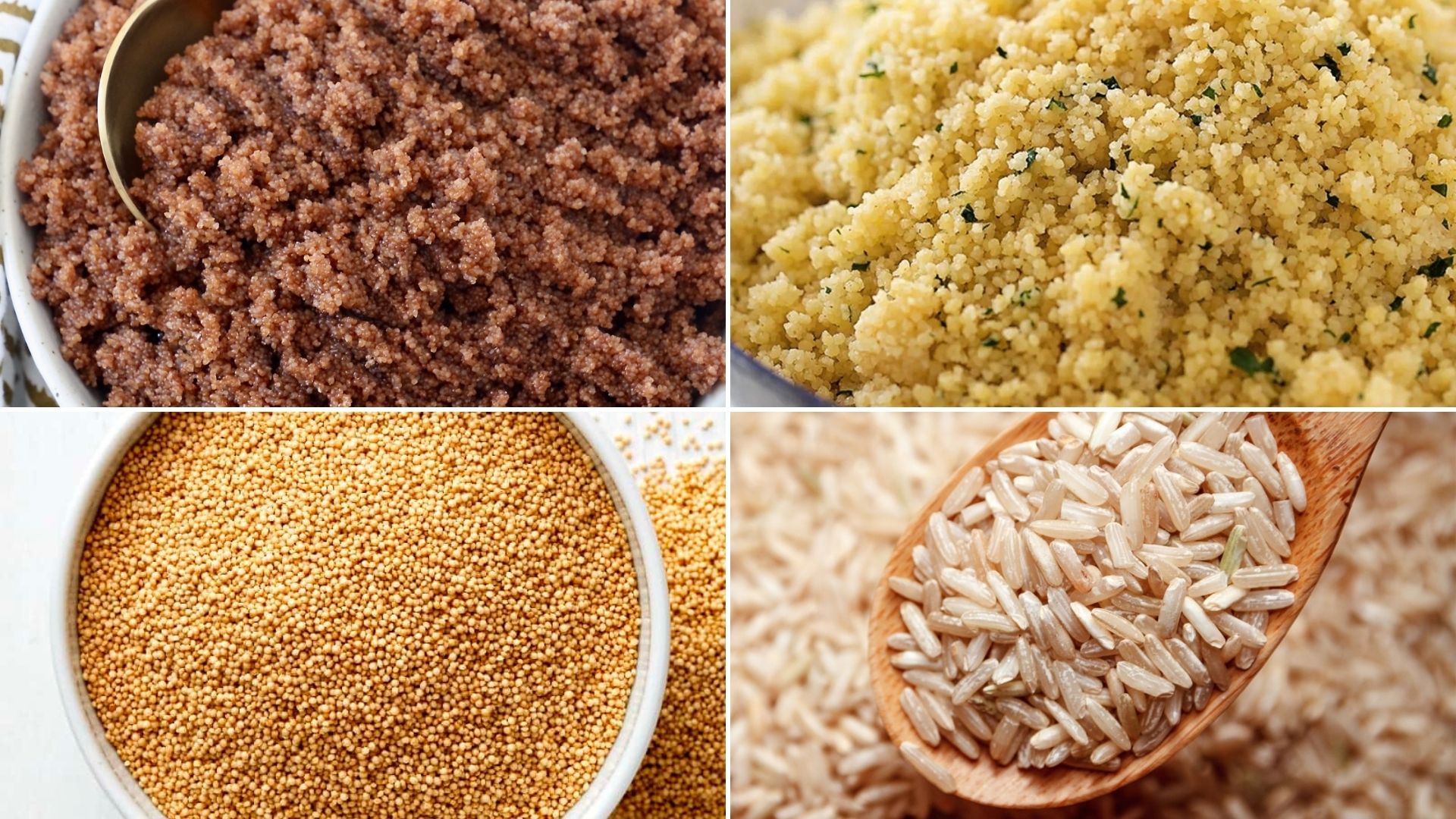
Quinoa, a complete protein, has earned its place as a superfood due to its rich nutrient profile, including all nine essential amino acids. However, it’s not always the most convenient or affordable option.
If you’re looking for alternatives that still offer nutritional benefits and versatility in the kitchen, there are several excellent substitutes for quinoa without compromising your meals.
In this blog, we’ll explore ten substitutes for quinoa that provide similar health benefits and bring unique flavors and textures to your dishes.
Whether you’re seeking a gluten-free grain, a quick-cooking option, or something new to experiment with, these alternatives will keep your meals nutritious and satisfying.
Delicious Quinoa Substitutes for Every Meal
1. Couscous
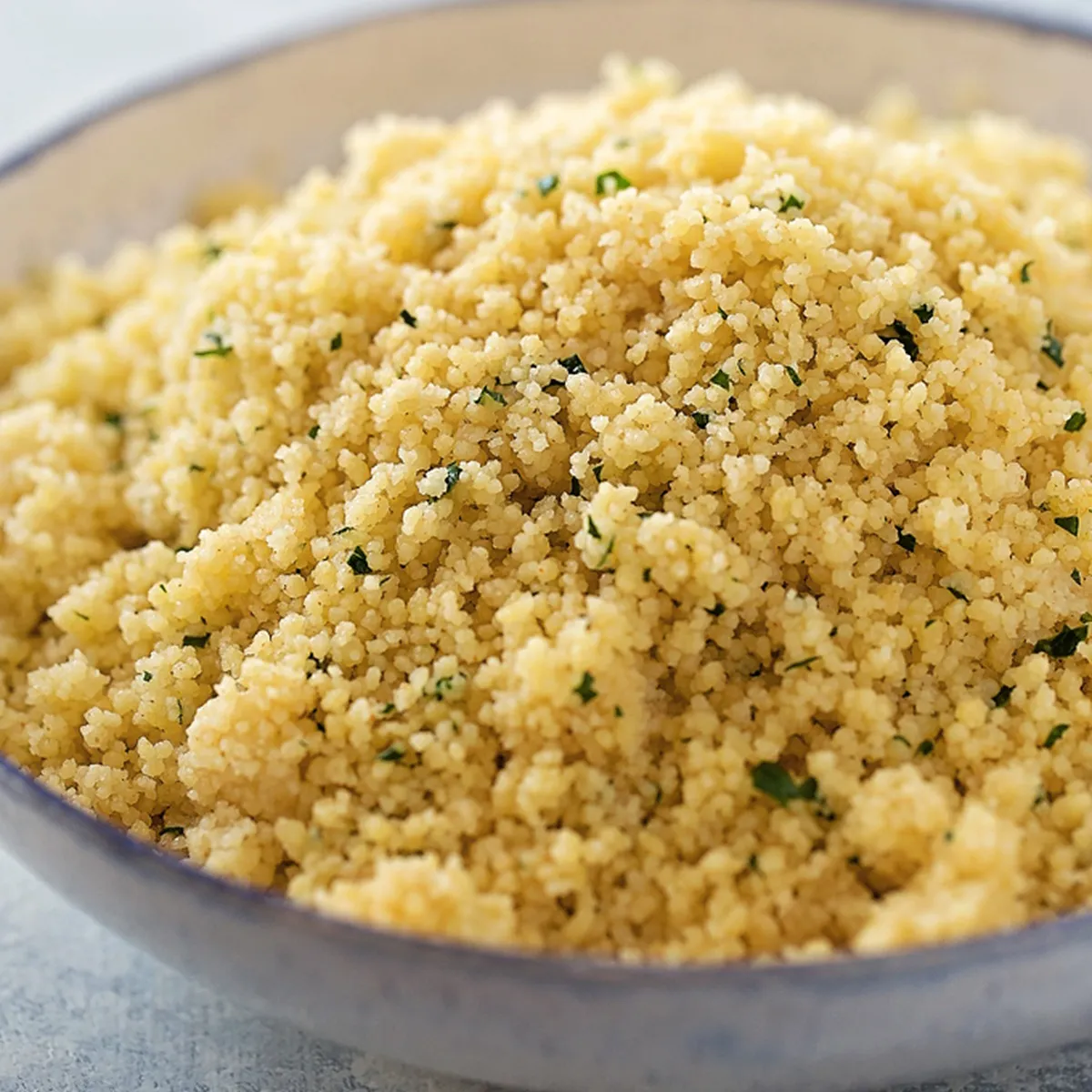
Couscous, made from semolina wheat, is a quick-cooking alternative to quinoa. Its small, grainy texture resembles quinoa, making it an excellent substitute in salads, side dishes, and bowls.
Usage: Couscous cooks much faster, usually in about 5 minutes, making it a convenient option for quick meals.
Nutritional Benefits: While not as protein-rich as quinoa, couscous is a good carbohydrate source and is low in fat. It’s also a good source of selenium, which supports immune health.
2. Bulgur Wheat
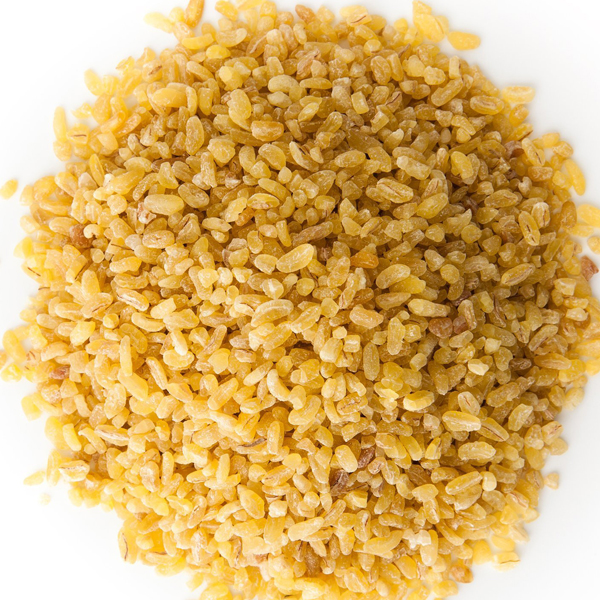
Bulgur wheat is another wheat-based grain that can replace quinoa. It has a slightly chewy texture and a nutty flavor, similar to quinoa, making it a great choice for pilafs, salads, and side dishes.
Usage: Bulgur wheat cooks quickly, typically within 10-15 minutes, and can be used in various recipes.
Nutritional Benefits: Bulgur wheat is high in fiber and provides a good amount of protein. It’s also rich in manganese and iron, supporting digestive health and energy production.
3. Millet
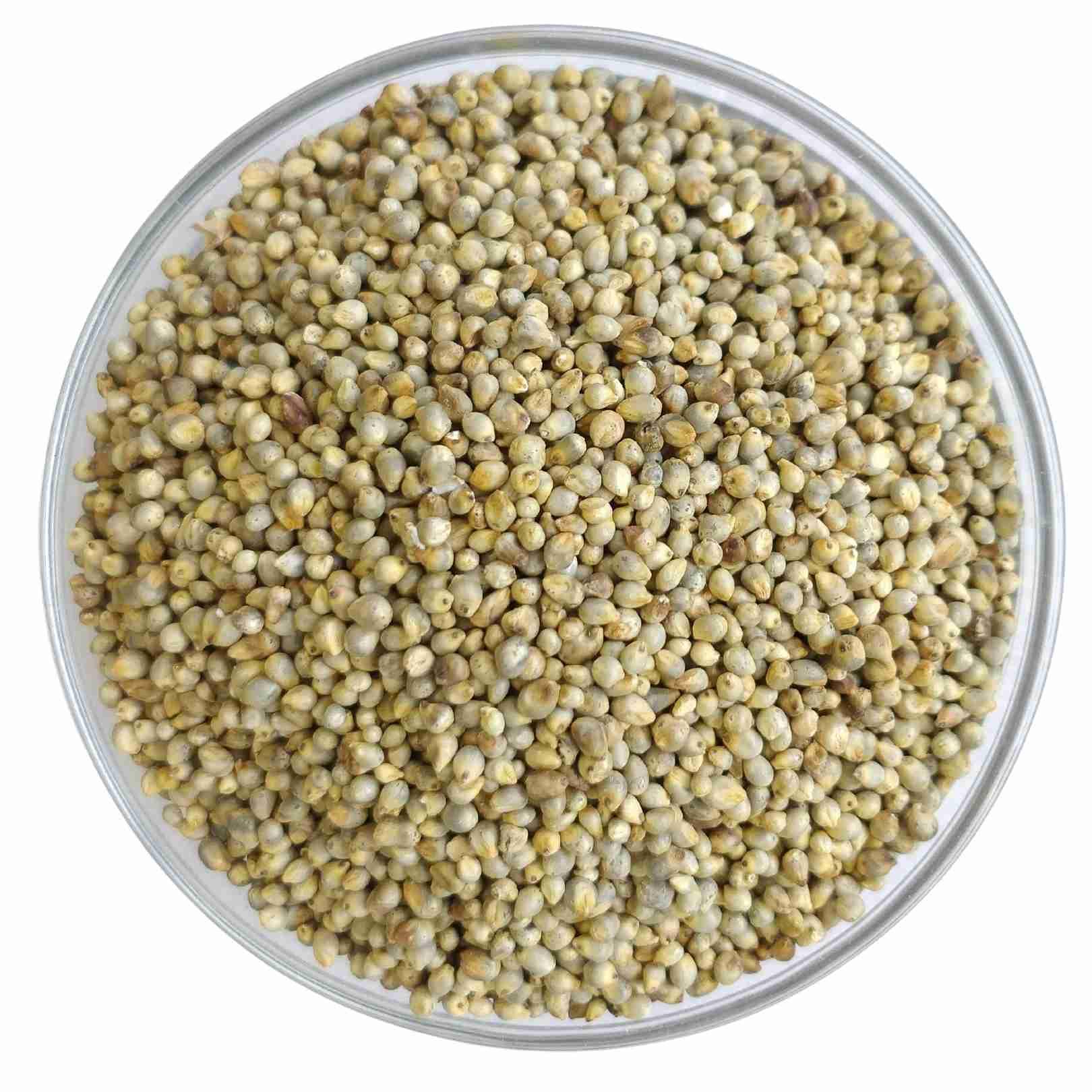
Millet is a small, round grain that cooks fluffy and tender, making it a suitable substitute for quinoa. Its mild flavor blends well with other salads, casseroles, and side dishes ingredients.
Usage: Millet cooks in about 15-20 minutes and can be used similarly to quinoa.
Nutritional Benefits: Millet is gluten-free and rich in magnesium, which supports bone health. It also contains antioxidants and is a good fiber source, aiding digestion.
4. Farro
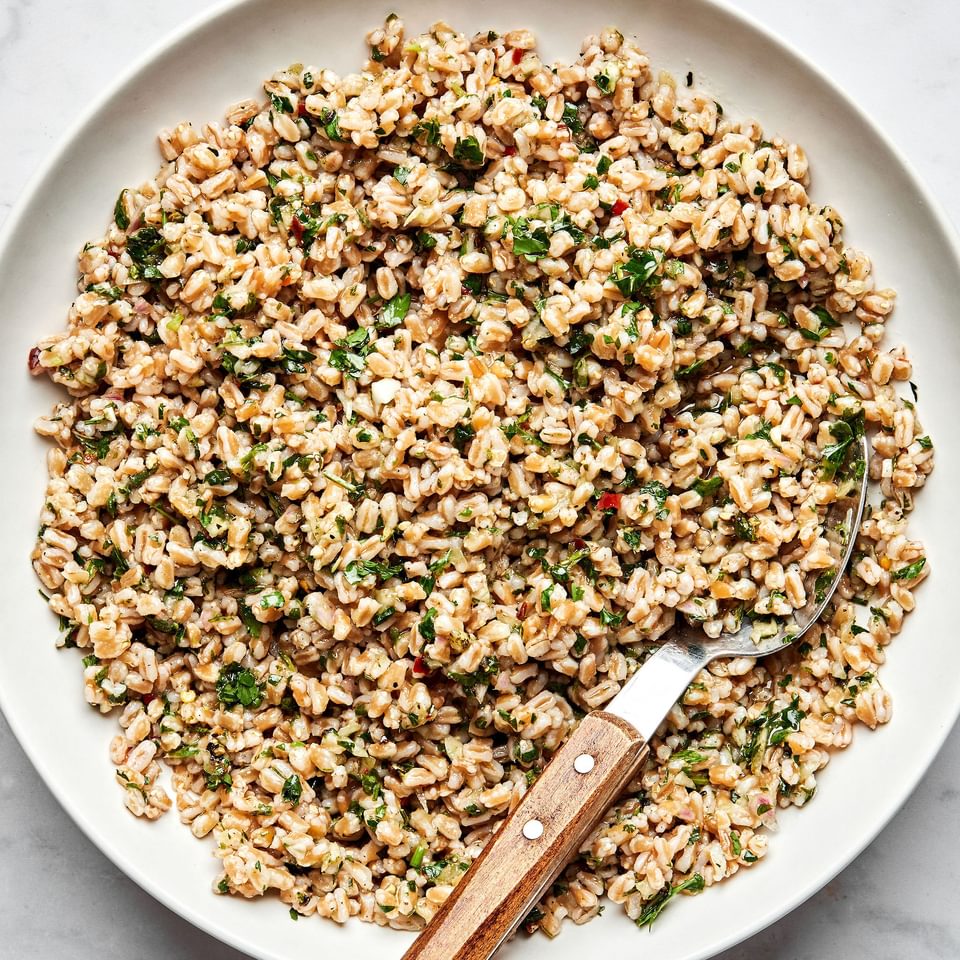
Farro is an ancient grain similar to quinoa. It has a chewy texture and a nutty flavor. Farro is a hearty alternative to quinoa, and it works well in soups, salads, and grain bowls.
Usage: Farro requires a longer cooking time, typically 25-30 minutes, but offers a satisfying texture in dishes.
Nutritional Benefits: Farro is high in fiber, protein, and iron. It also provides magnesium and zinc, supporting overall health and wellness.
5. Barley

Barley is a versatile grain with a slightly chewy texture and a mild flavor. It is a great substitute for quinoa and works well in soups, stews, salads, and as a side dish.
Usage: Barley takes longer to cook, about 30-40 minutes, but adds a hearty, satisfying texture to dishes.
Nutritional Benefits: Barley is high in fiber, particularly beta-glucan, which helps lower cholesterol. It also contains vitamins and minerals like B vitamins, selenium, and manganese.
6. Buckwheat

Buckwheat is a gluten-free seed with a firm texture and a nutty flavor similar to quinoa. It’s ideal for salads, grain bowls, and as a base for savory dishes.
Usage: Buckwheat cooks quickly, typically in 10-15 minutes, and offers a robust flavor to your meals.
Nutritional Benefits: Buckwheat is rich in antioxidants, fiber, and magnesium. It’s also a good source of plant-based protein, making it a nutritious choice for vegetarians and vegans.
7. Chia Seeds
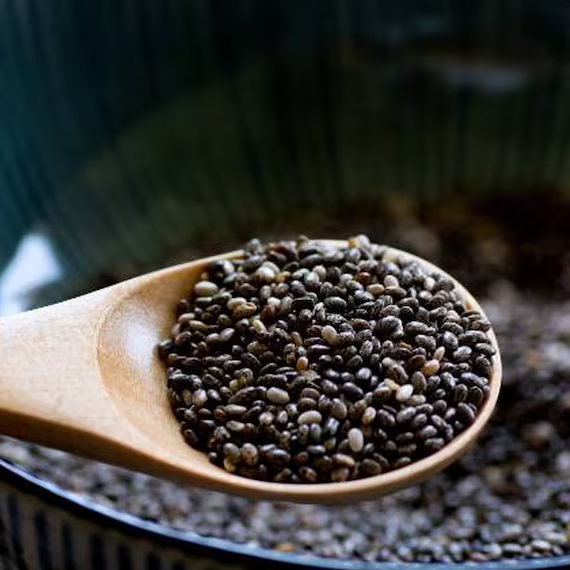
Chia seeds, while different in texture, can be used as a nutritional substitute for quinoa, especially in recipes where you need a boost of omega-3 fatty acids, fiber, and protein.
Usage: Chia seeds should be used in smaller quantities than quinoa, as they expand and gel when mixed with liquid. They’re best used in smoothies, puddings, or as a topping for yogurt or salads.
Nutritional Benefits: Chia seeds contain omega-3 fatty acids, fiber, and antioxidants. They are also a good source of calcium, magnesium, and protein, which support heart and bone health.
8. Brown Rice

Brown rice is a hearty grain with a mild, nutty flavor that can stand for quinoa in many dishes. It has a similar texture and works well in stir-fries, grain bowls, and a side dish.
Usage: Brown rice takes longer, usually about 40-45 minutes, but offers a satisfying and versatile base for many recipes.
Nutritional Benefits: Brown rice is high in fiber and provides essential nutrients like magnesium, phosphorus, and B vitamins. It’s also a good source of complex carbohydrates, providing long-lasting energy.
9. Amaranth
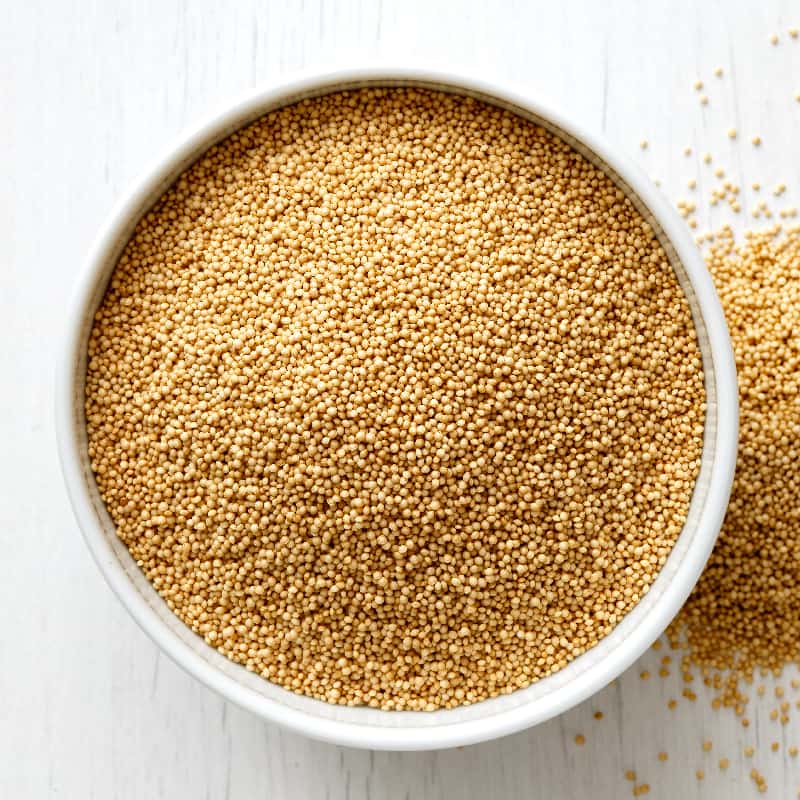
Amaranth is a small, gluten-free grain that cooks up to a slightly sticky consistency, similar to quinoa. Its mild, earthy flavor pairs well with both sweet and savory dishes.
Usage: Amaranth cooks quickly, in about 20 minutes, and can be used in porridge, salads, and side dishes.
Nutritional Benefits: Amaranth is high in protein, particularly lysine, an amino acid not found in many grains. It’s also rich in fiber, iron, and magnesium, making it a nutrient-dense alternative to quinoa.
10. Teff
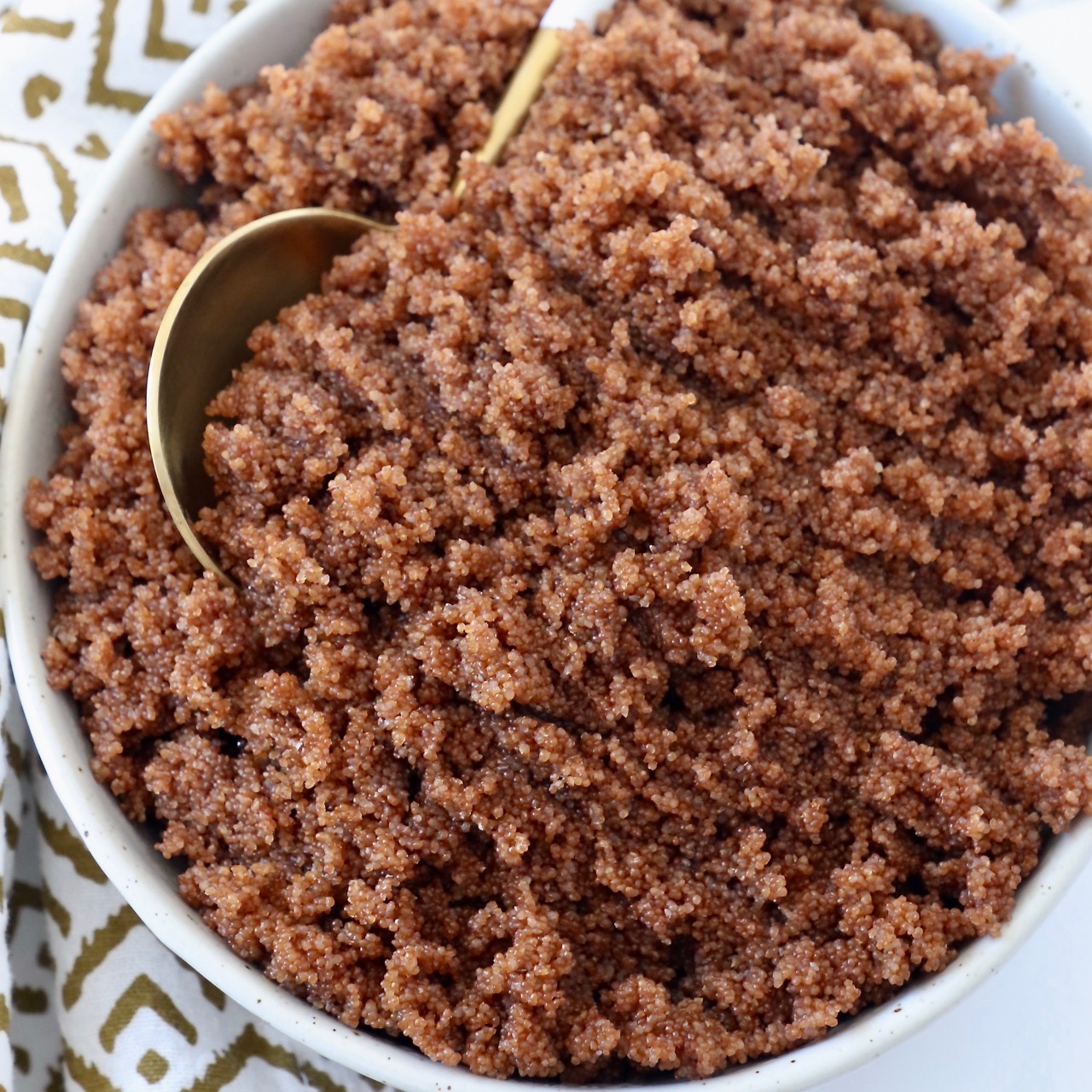
Teff is a tiny, gluten-free grain with a mild, slightly sweet flavor. It cooks with a texture similar to quinoa and can be used in various dishes, from breakfast porridge to savory side dishes.
Usage: Teff cooks in about 20 minutes, adding unique flavor and texture to your meals.
Nutritional Benefits: Teff is rich in iron, calcium, and resistant starch, fiber that supports gut health. It’s also a good source of protein, making it a valuable addition to a balanced diet.
Conclusion
In this blog, we’ve explored ten versatile substitutes for quinoa, each offering benefits.
Whether you’re drawn to the quick-cooking nature of couscous, the ancient grain richness of farro, or the gluten-free goodness of millet, these alternatives ensure your meals remain nutritious and diverse.
Quinoa may be celebrated for its complete protein profile, but these substitutes show no shortage of options to keep your dishes balanced and flavorful.
Experimenting with these grains can add variety to your diet while meeting your nutritional needs.
Dive into these options and discover how they can elevate your cooking beyond the basics of quinoa.

